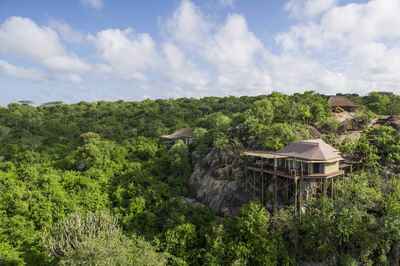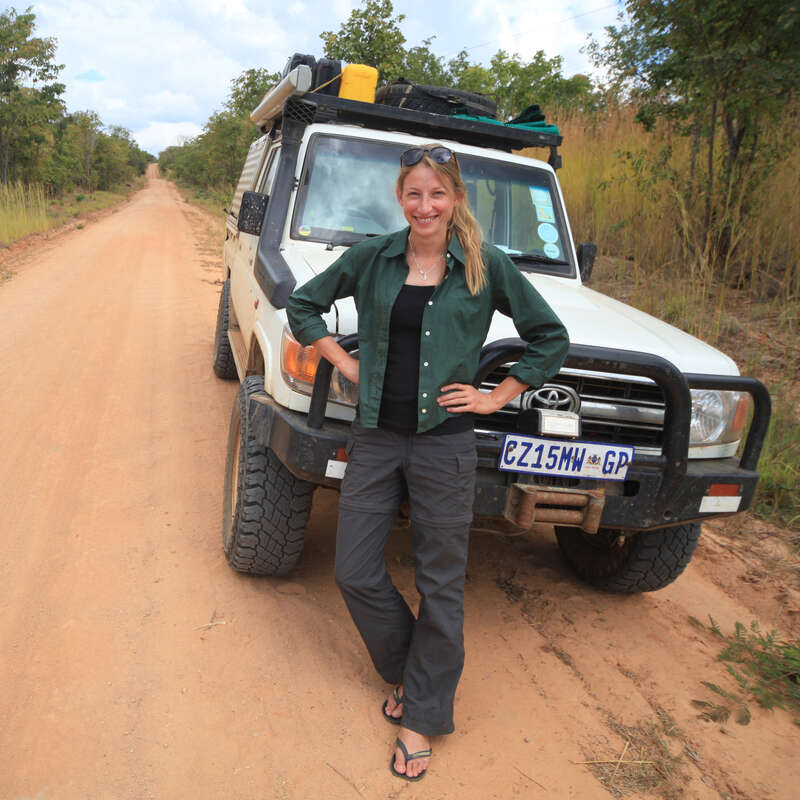About Mwiba Lodge
Mwiba Lodge is located on Mwiba Wildlife Reserve which was privatised in 2009 for the benefit of the wildlife ...
... and sustainable tourism. It is arguably the most luxurious lodge in the greater southern Serengeti migration area. The reserve’s private status means that the rigid rules of the national park do not apply here. From January – March it is possible for guests to drive over to the Ndutu area and view the migration herds and slowly, but surely, the wildlife is becoming less skittish.
Mwiba is a very special experience and the service and facilities are first-class. The lodge is wonderfully peaceful and luxurious, and the staff will bend over backwards to ensure your wishes are met: nothing is too much trouble. The location is secluded, with beautiful landscapes and fantastic wildlife, and we were highly impressed with the quality of guiding.
This is most definitely not a lodge if you’re on a budget, or one for hardcore safari purists, but it is ideal if you want to relax and enjoy the natural surroundings, and take part in the activities on the private concession.
Our view
Mwiba is a very special experience and the service and facilities are first-class. The lodge is wonderfully peaceful and luxurious, and the staff will bend over backwards to ensure your wishes are met: nothing is too much trouble. The location is secluded, with beautiful landscapes and fantastic wildlife, and we were highly impressed with the quality of guiding.
This is most definitely not a lodge if you’re on a budget, or one for hardcore safari purists, but it is ideal if you want to relax and enjoy the natural surroundings, and take part in the activities on the private concession.
Accommodation
10 tents
Children
Best for 10+
Open
All year
Activities

4WD Safari

Birdwatching

Cultural excursion

Fly-camping

Guided walking safari

Helicopter

Night drive

Private activities
Traveller reviews of Mwiba Lodge
1 real, un-edited reviews from Expert Africa's travellers.
Arrived 27 Jan 2023, 3 nights
"Mwiba Lodge review"
Overall rating: Excellent
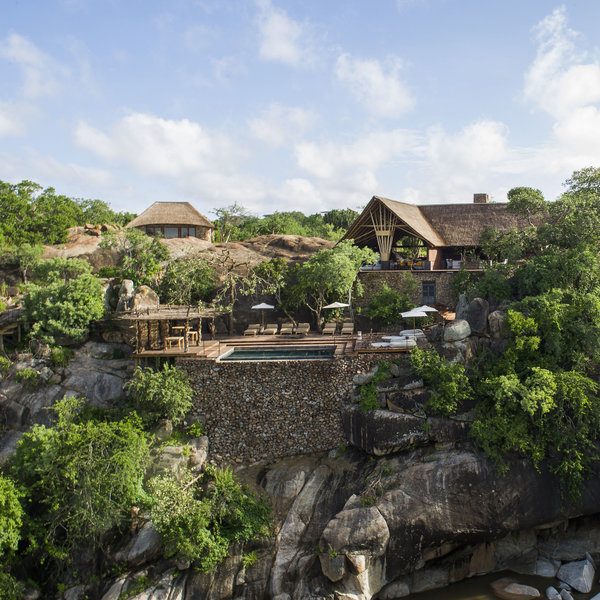
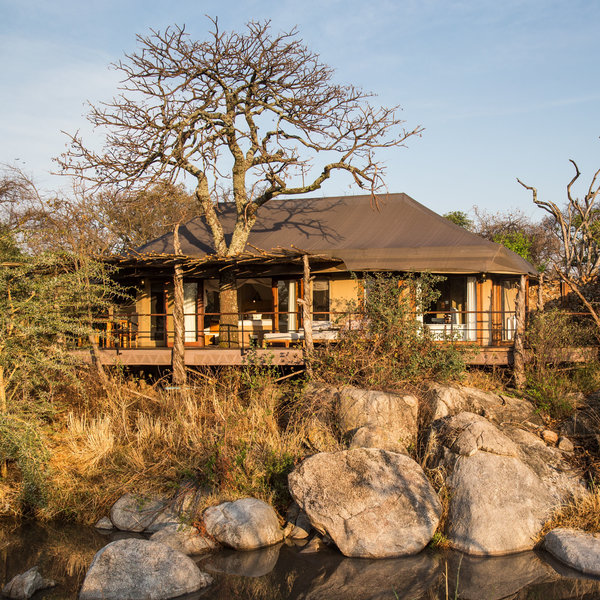
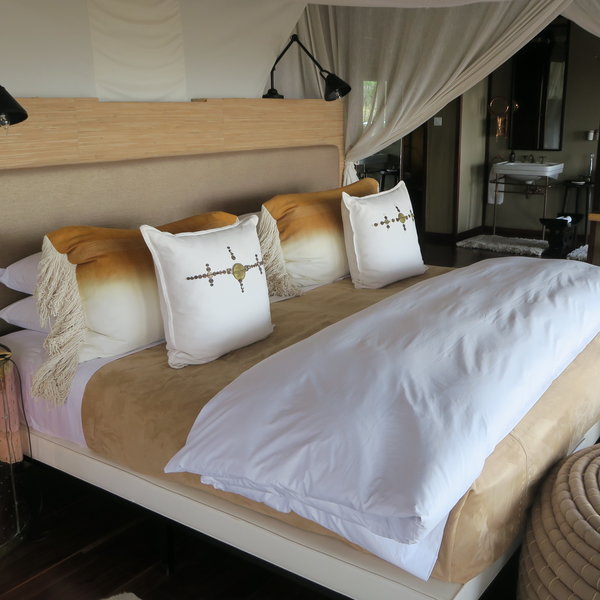
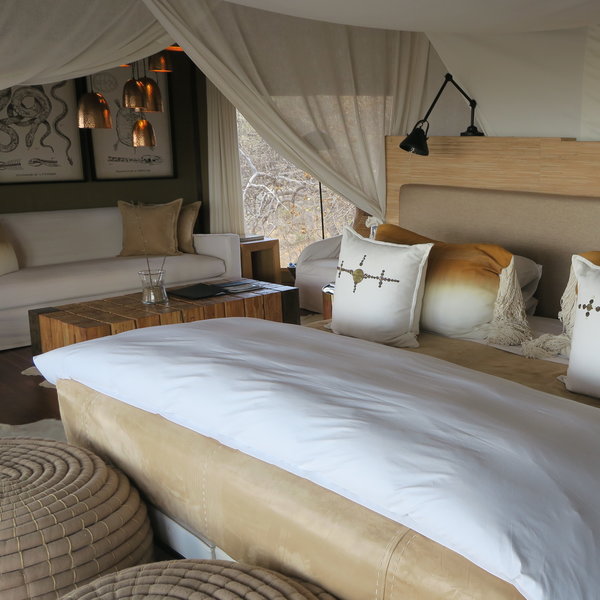
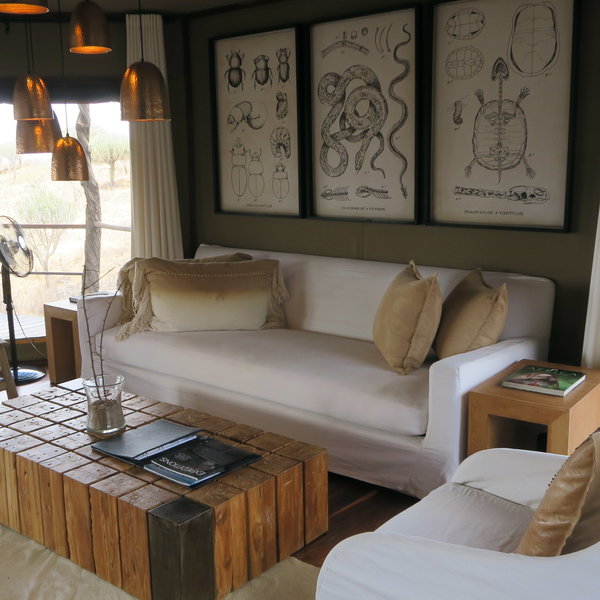
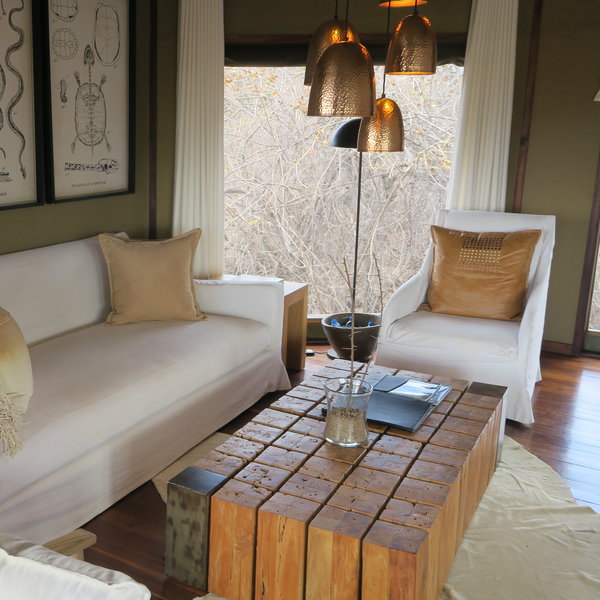
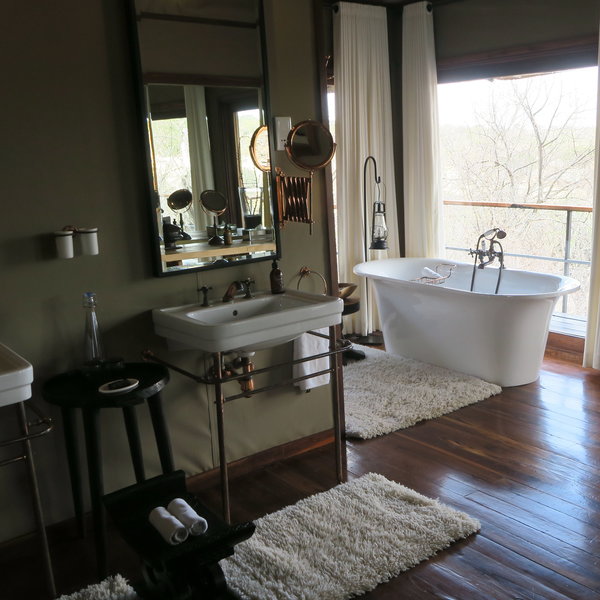
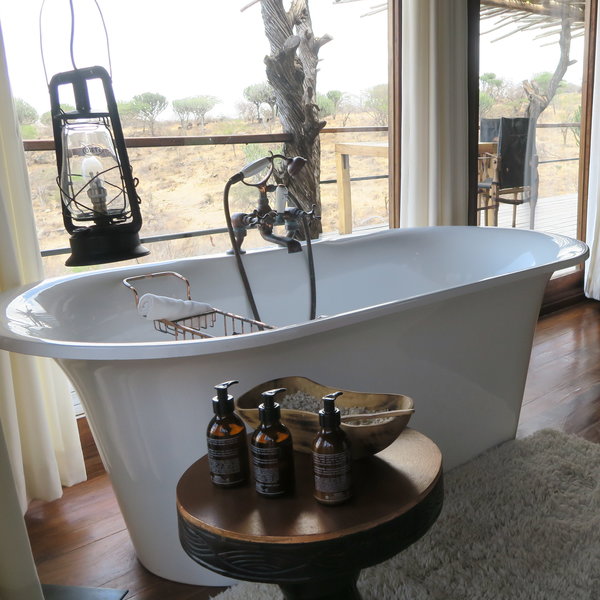
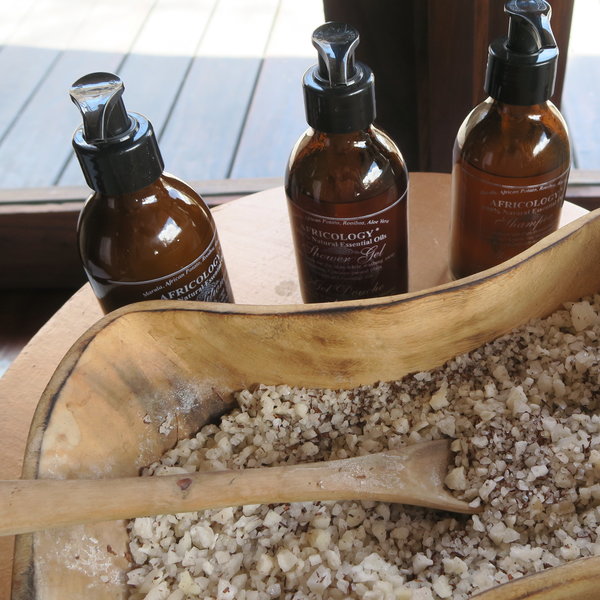
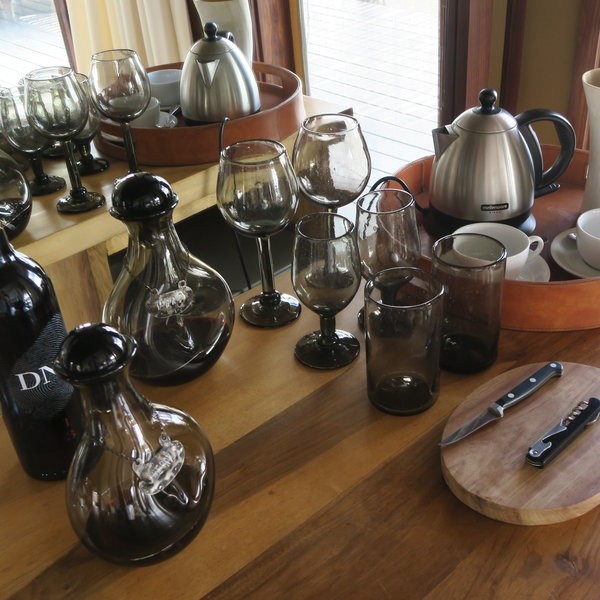
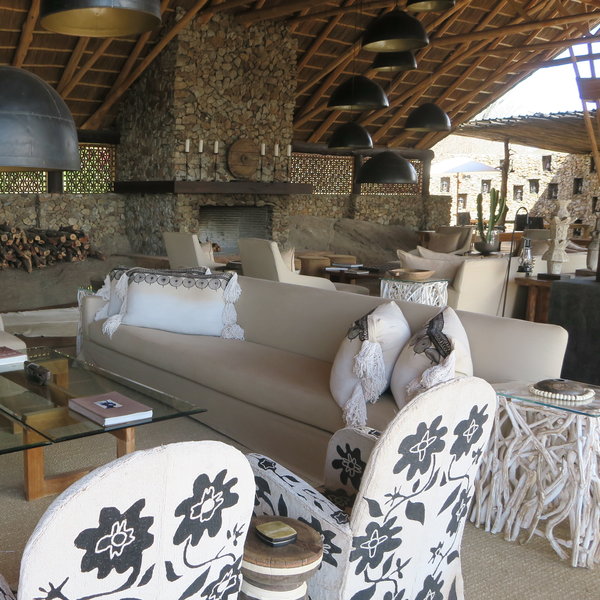
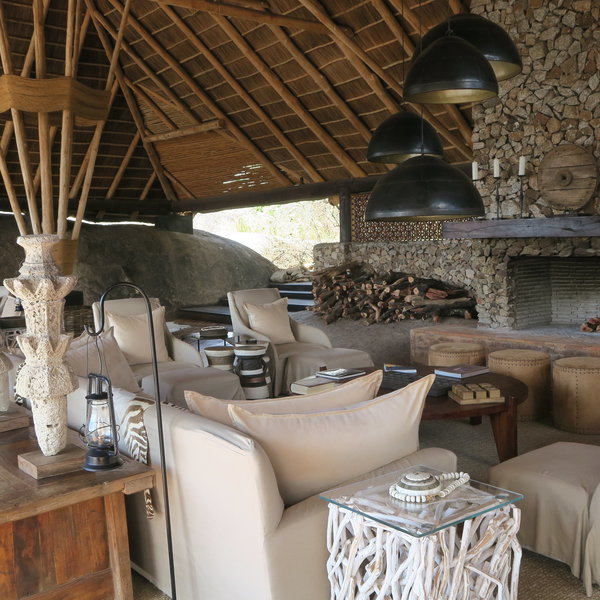
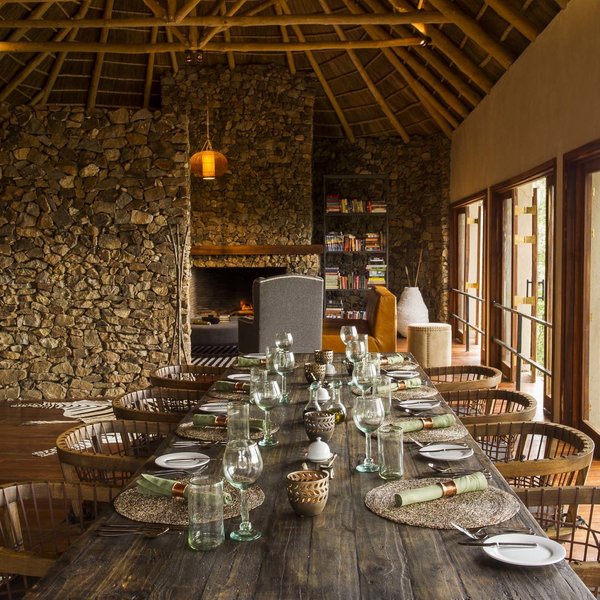
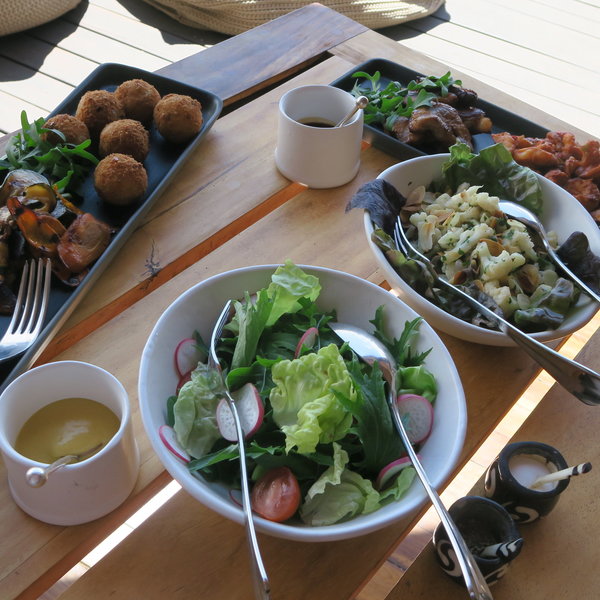
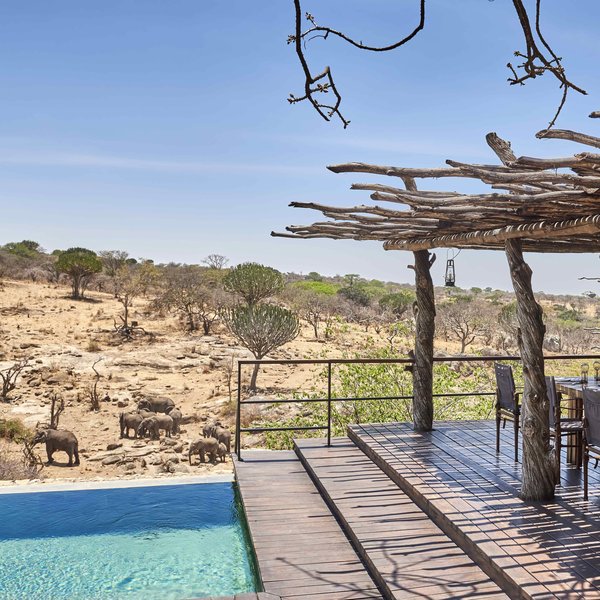
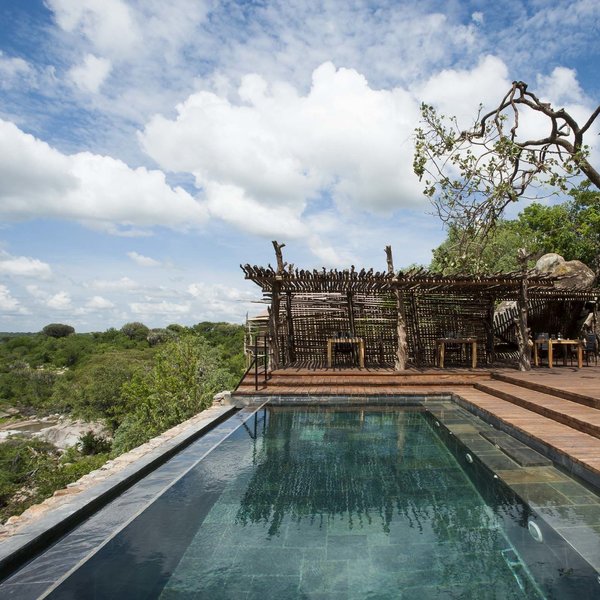
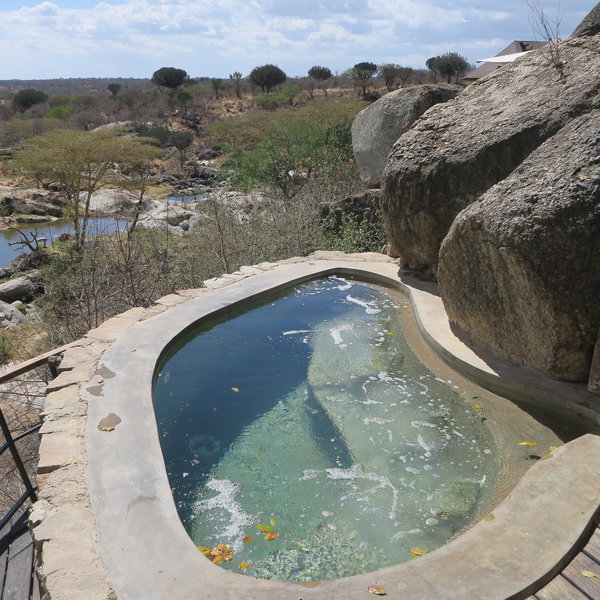
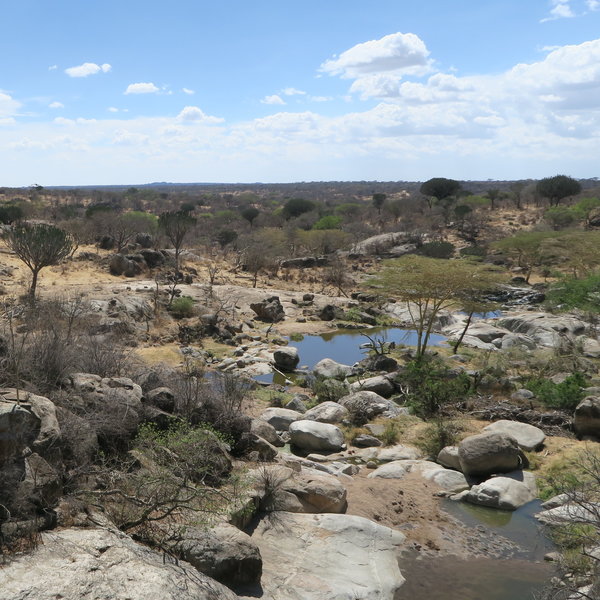
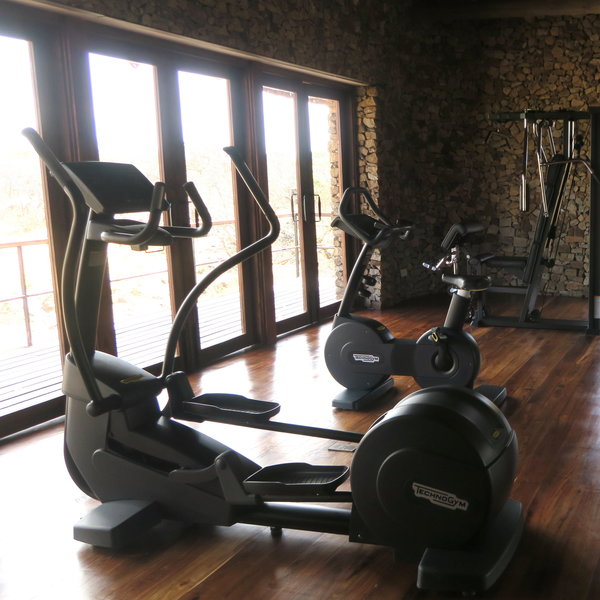
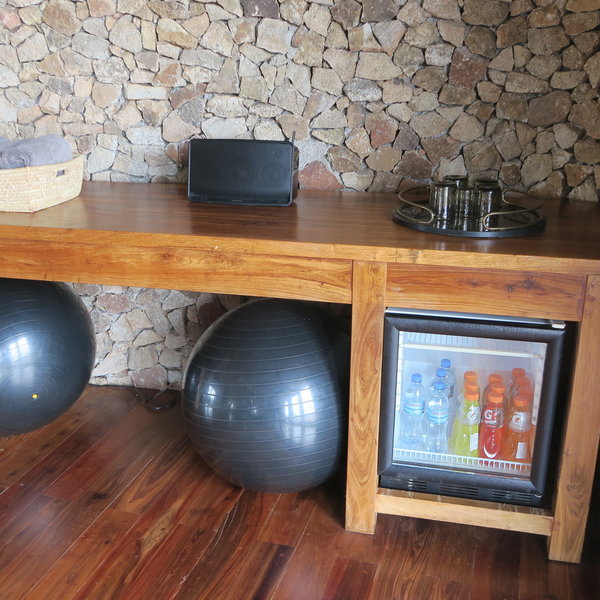
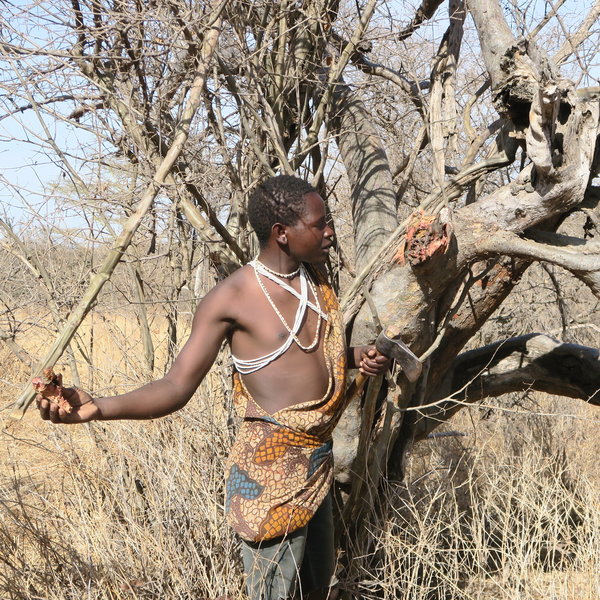
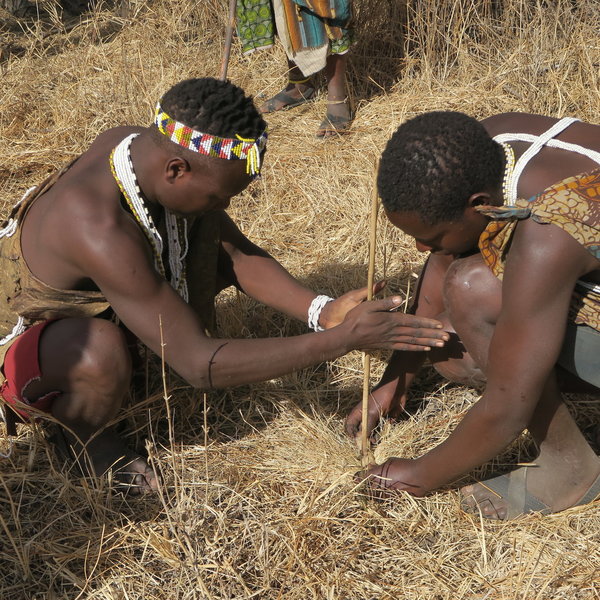
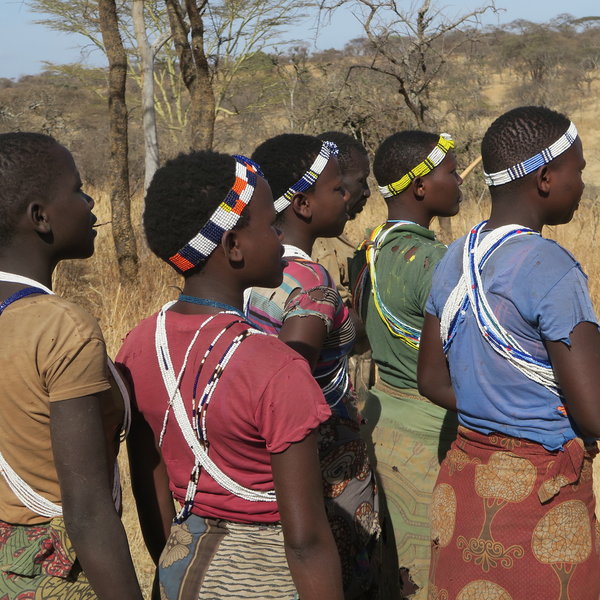
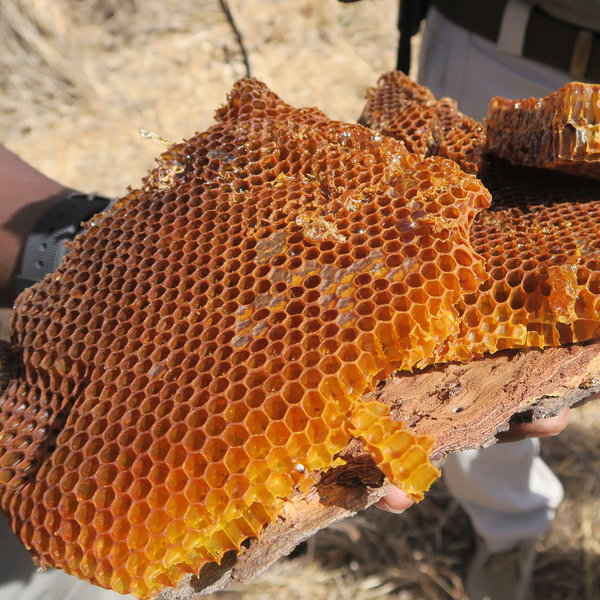
Expert Africa's gallery
When we travel we take lots of photos ourselves to give you a real and un-edited view of the safaris. See our 24 pictures of Mwiba Lodge to get the candid view.
View galleryMwiba Lodge: Our full report
Mwiba Lodge is located on Mwiba Wildlife Reserve which was privatised in 2009 for the benefit of the wildlife ...
... and sustainable tourism. It is arguably the most luxurious lodge in the greater southern Serengeti migration area. The reserve’s private status means that the rigid rules of the national park do not apply here. From January – March it is possible for guests to drive over to the Ndutu area and view the migration herds and slowly, but surely, the wildlife is becoming less skittish.
Just north of the Lake Eyasi Escarpment, Mwiba Wildlife Reserve encompasses 240 km² of protected land. The Ngorongoro Conservation Area lies to the east and Maswa Game Reserve to the west. The location makes Mwiba Lodge wonderfully remote; this is the place to come if you really want to escape.
The pace at Mwiba is unhurried and guests are encouraged to set their own schedules, and spend time just relaxing at the lodge as well as out on activities. Lodge staff are very discreet in their attentive service, and while nothing is ever too much trouble, and someone is always on hand, we did not find the personal butler service to be at all intrusive when we stayed here in 2018.
Accommodation consists of 10 tented suites laid out in a semi-circular formation and connected by wooden walkways. There are five tented suites either side of the main area. Suites 1 to 5 overlook a network of waterholes, and suites 6 to 10 overlook the rocky valley below. The suite interiors are all identical in size and style, and the wooden walkways between two pairs of tents can be connected to create two interconnected family units.
The décor in the suites is impressive. Traditional African artifacts, such as local beadwork work, wooden carvings and animal hides, contrast with natural materials and stylish, modern furniture, such as copper light shades and mirrored tables.
In each tent, the large, very comfortable super king-bed is draped in mosquito netting, with crisp white sheets, multiple cushions and tan suede. The bed can be split to make a twin room. An Evening Breeze cooling system, which is operated by remote control – so you needn’t even leave the bed – helps keep you cool in the hotter months. In addition, there is an efficient air conditioning system in the room, as well as a free-standing fan, so it’s perfectly designed if you struggle in the heat.
Numerous plug socket and USB points are dotted around the room and other useful guest amenities are provided, including plug adaptors, umbrellas, insect repellent and ear plugs. There is a telephone system for contacting the managers’ office or other guest tents.
The thoughtful design continues through to the en-suite bathroom. You’ll find a flush toilet behind a separate door, twin wash basins, a large dressing table and mirror, and antique style free-standing bath tub, as well as a powerful shower and another open-air one outside the tent. Fluffy towels, bath robes and slippers are provided, along with high quality Africology toiletries.
At the other end of the room is a seating area, with a couple of armchairs and a sofa, which can be made up as an additional bed for young children. Antique anatomical charts of local fauna adorn the wall, and coffee table books are laid artfully on the chunky wooden table. There is also a mini bar, tea and coffee station and various bottles of wine, sherry and port.
A large, private, shaded deck area runs along the outside of the suite. Here you’ll find a table and directors’ chairs – you can order dinner on your deck – and two cream leather recliners.
The contemporary African décor extends throughout the lodge’s central area with cream seating, wooden and bronze tables, tan suede stools, basket work and stone carvings. An impressively large stone fireplace is the focal point of the room, with a well stocked bar to one side.
A striking feature of the main area is the beautiful swimming pool area, surrounded by stepped wooden decking, large bean bags and stylish recliners, with the infinity pool seemingly spilling down on to the rocky landscape below. Tucked behind a boulder is a secluded, heated plunge pool, overlooking stunning vistas. If you’re lucky you may see elephants drinking from the Arugusinyai River below.
Near the pool area is the lodge’s wine cellar, carved into the ground, with the stock kept nicely cool by the natural rock. A little further along is the cosy library, which also has a fireplace for cooler evenings, and a good selection of coffee table books, novels and field guides.
Next to the main lodge building is the spa and fitness gym which is open from 7am-7pm. The gym is located in a light and airy elevated room, with multiple long mirrors on one side, and floor-to-ceiling windows on the other, looking out over the surrounding bush. There’s a multistation here, including a treadmill and bike, alongside a wide range of free weights, swiss balls and yoga mats. You can connect your device to the sound system and there’s fridge stocked with complementary energy drinks.
Next to the fitness studio is the lodge’s tranquil spa, the perfect way to unwind after a bumpy game drive. A range of therapies and treatments is on offer, including facials, manicures and reflexology and massages start from $50 for 45 minutes.
Activities at Mwiba are varied, with an emphasis on tailored schedules to suit each guest. Typically you go out first thing in the morning, return for lunch and a siesta and then head out on another activity in the afternoon. Activities include game drives, walking safaris, cultural visits and night drives. It is even possible to organize scenic helicopter flights (with prior arrangement and at additional cost). Each group of guests staying at Mwiba is assigned their own guide, spotter and vehicle, giving you privacy and allowing flexibility on the pace of your game drive, which works particularly well for families.
The lodge is rightly proud of its close connection with its local community, in particular two tribes – the Hadza or Hadzabe, and the Datoga. The nomadic Hadza tribe are indigenous to the area and are one of the last genuine hunter gatherer societies in the world. Lodge guests are given the opportunity to walk with them and while a meeting with them is never guaranteed, the walking guide at the lodge usually has a rough idea where one of the Hadza groups is located. Guests head out first thing on a bush walk, usually lasting most of the morning, and learn about the environment, from the medicinal uses of plants, to animal scat. At some point during the morning, some Hadza folk may join the guests for a part of the walk. This was the case on our walk in 2018, when Hadza people seemingly appeared from nowhere. They showed us how they locate and harvest honeycomb, staying with us for around an hour, and then ran off back into the bush. We continued our walk, which culminated in the most amazing bush breakfast served in a tree house. After some initial doubt before Mwiba’s walking experience, we now feel quite sure that it is both genuine and ethical. However, please do talk to Expert Africa’s specialists for more information if you are interested.
The more sedentary Datoga tribe are located a short drive from the lodge, and it is possible to arrange a visit to one of their villages, where you will be warmly invited into the home of an elder, to learn about their way of life through a translator-guide. Again, we felt this experience was genuine and the Datoga did seem happy for us to be there. It is a good idea to bring some small change with you as they usually have some handicrafts for sale. While there is no pressure to buy anything, it felt nice to us to give something back.
Activities
4WD Safari
Birdwatching
Cultural excursion
Fly-camping
Guided walking safari
Helicopter
Night drive
Private activities
Families & children
- Attitude towards children
- Children of all ages welcome.
- Property’s age restrictions
- There are no age restrictions at Mwiba Lodge.
- Special activities & services
- There are plans to implement a kids club / formal activities in 2019.
- Equipment
- No special equipment at present.
- Generally recommended for children
- Mwiba Lodge welcomes children of all ages, and has plans to implement a kids' club in the near future. However, we do feel that this luxurious lodge has an adult atmosphere and would be better suited to older children.
- Notes
- Children should be fully supervised at all times, due to dangerous wildlife present. Parents should also be aware that the raised decking around the tented rooms is quite high above the ground.
Food & drink
- Usual board basis
- Full Board & Activities
- Food quality
- As we expected, we found the food at Mwiba to be very high-quality, varied and beautifully presented. Dining locations change daily.
The breakfast buffet is typically served from 6.00am until 9.00am and consists of plenty of fruit, fresh bread, cereals, cold meats and hot items cooked to order.
Lunch is typically served at the lodge, but you can also choose to have it out in the bush if you’d rather be out all day. During our stay we ate peri peri prawns, pork spare ribs, vegetable parcels and risotto arancini, served with a selection of mixed salads and freshly baked bread. Dessert was a choice of raspberry panna cotta with cream anglaise or delicious homemade mint ice cream
Dinner is three courses and à la carte, with two or three options for each course. During our stay in 2018 we started with a celeriac and fennel salad, followed by minute steak and fresh vegetables, with an opera cake to finish. On another evening we had zucchini soup to start, followed by tandoori chicken and a rich chocolate mousse.
The lodge can cater for children and most dietary requests by prior arrangement. - Dining style
- Individual Tables
- Dining locations
- Indoor and Outdoor Dining
- Further dining info, including room service
- Possible with prior arrangement.
- Drinks included
- Included.
Our travellers’ wildlife sightings from Mwiba Lodge
Since mid-2018, many of our travellers who stayed at Mwiba Lodge have kindly recorded their wildlife sightings and shared them with us. The results are below. Click an animal to see more, and here to see more on our methodology.

100% success

100% success

100% success

100% success

100% success

100% success

100% success

100% success

100% success

100% success

100% success

100% success

0% success

0% success

0% success

0% success

0% success

0% success
Getting there
- Location
- Serengeti Migration Area, Tanzania
- Ideal length of stay
- At least three nights.
- Directions
- Fly into Mwiba Airstrip (50 minutes from Arusha Airport) followed by a 15-minute drive to Mwiba Lodge. Ndutu Airstrip is a 2-hour game drive to Mwiba Lodge, and the Ngorongoro Crater is a 3-hour drive to the lodge.
- Accessible by
- Fly-and-Transfer
Communications
- Power supply notes
- The camp has 24-hour electricity and there is a back-up generator.
There are USB sockets along with 2- and 3-pin plugs in the rooms for charging batteries and electronics. - Communications
- Excellent fibre optic WiFi is found in the tented suites and throughout the lodge, although guests are encouraged to browse and chat in their own rooms. There are telephones in the rooms for internal and international calls.
- TV & radio
- There is no TV.
- Water supply
- Borehole
- Water supply notes
- All bathrooms are fully plumbed in, with hot and cold running water.
Filtered drinking water provided.
Health & safety
- Medical care
- There is a first-aid kit on site and a number of staff are first aid trained. The lodge is connected to the Flying Doctors Service for medical emergencies.
- Dangerous animals
- High Risk
- Security measures
- There are askaris (local guards) patrolling throughout the day and night. Guests are always accompanied after dark.
- Fire safety
- There are fire extinguishers by suites and central areas.
Useful info
- Disabled access
- On Request
- Laundry facilities
- Laundry service is included. Machine washed and dried, usually a 24 hour service.
- Money
- There are electronic safes in all tented suites. There is no currency exchange.
- Accepted payment on location
- Travellers can pay for any extras with cash or card. All major cards are accepted, including Amex, although there is a 5% surcharge.
Plan and book your trip with Expert Africa
All of our trips are tailor-made, so we'll always adapt them to suit you. Talk to an Expert and let us plan and arrange your perfect trip.

Talk to an Expert
Call or email us now! We’ll match you with the Specialist in our team who is best suited to help you. Then together we can start planning your trip.

Set up your itinerary
Based on our experience and your ideas, your specialist will create a detailed, costed itinerary. We’ll refine it together, until we have a trip that you’re perfectly happy with.

Prepare for your trip
The same Specialist will make the seamless arrangements for your trip, send you detailed travel documents, and be available to answer any questions before you depart.

Travel with peace of mind
After you set off, you’ll be cared for by our partners in Africa, most of whom have worked with Expert Africa for decades. And if you ever need us urgently, we’re available 24/7.

When you return
We love to learn about your trip, and so will always be grateful if you’ve the time to give feedback to your Specialist when you return.
Mwiba Lodge's location
Look closer at the environment and surroundings of Mwiba Lodge.
Excursions from Mwiba Lodge
Optional extra day-trips and excursions possible whilst you're staying at Mwiba Lodge. Talk to us: these are usually best arranged before you go.
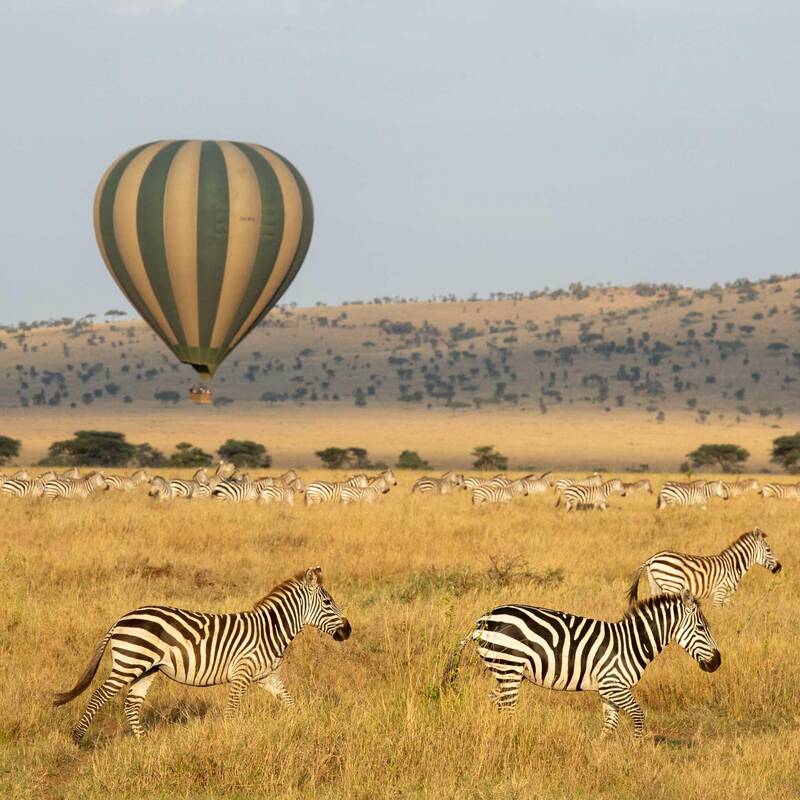
Balloon Safari over the Serengeti
Three hours - approx. one hour flight
As the sun rises over the Serengeti National Park in northern Tanzania, climb aboard for an extraordinary adventure. For an hour you’ll float in a hot air balloon over beautiful savannah and woodland and a diversity of plains wildlife.
More about Balloon SafariOther lodges in Serengeti Migration Area
Alternative places to stay in this same area.
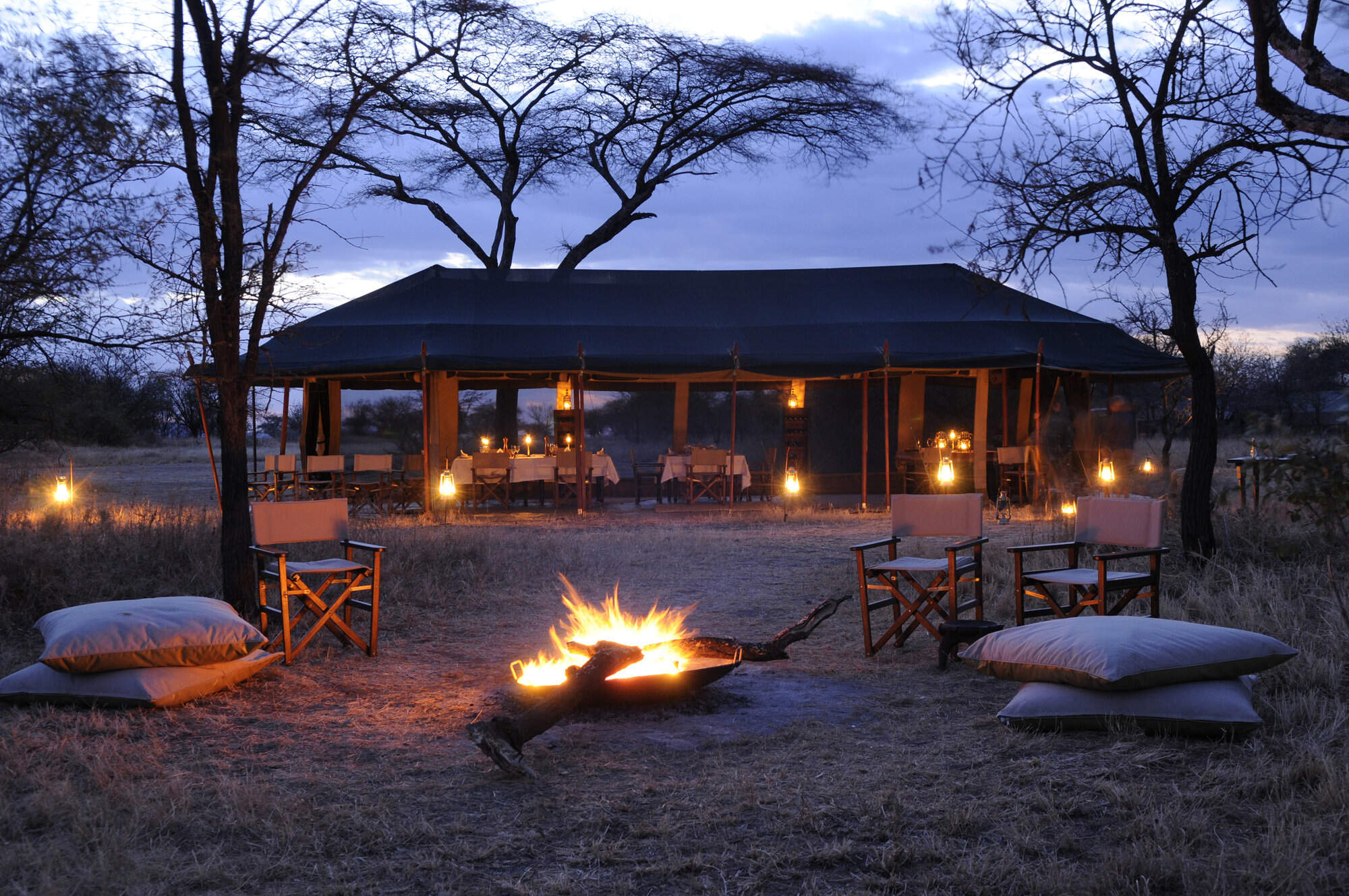
Olakira Camp
Comfortable, friendly and relaxed, Olakira Camp moves between the Mara River and the southern Ndutu area, in line with the wildebeest migration.
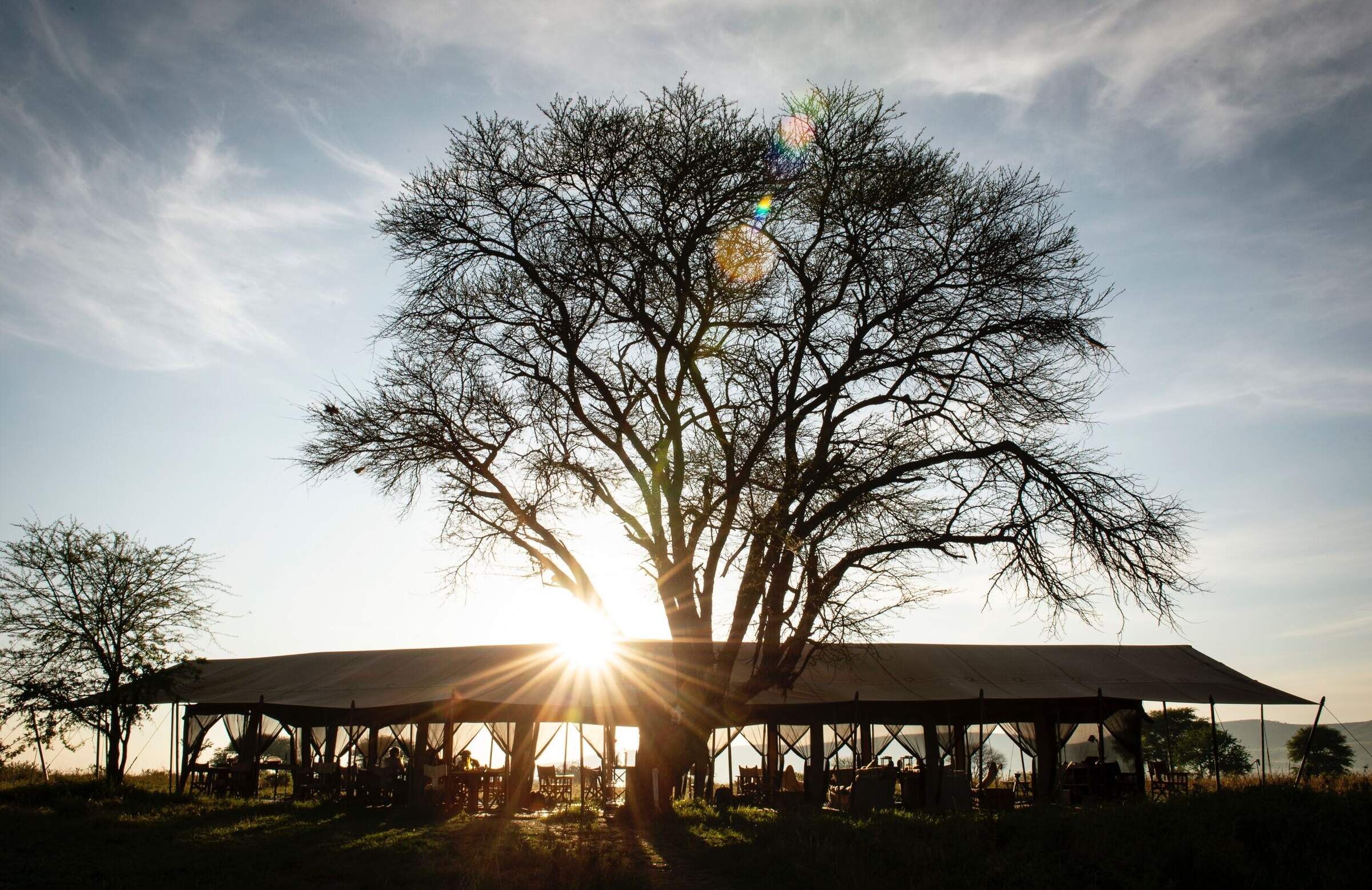
Nomad Serengeti Camp
Serengeti Safari Camp is a well-appointed tented camp that moves several times a year to follow the predicted path of the migration.
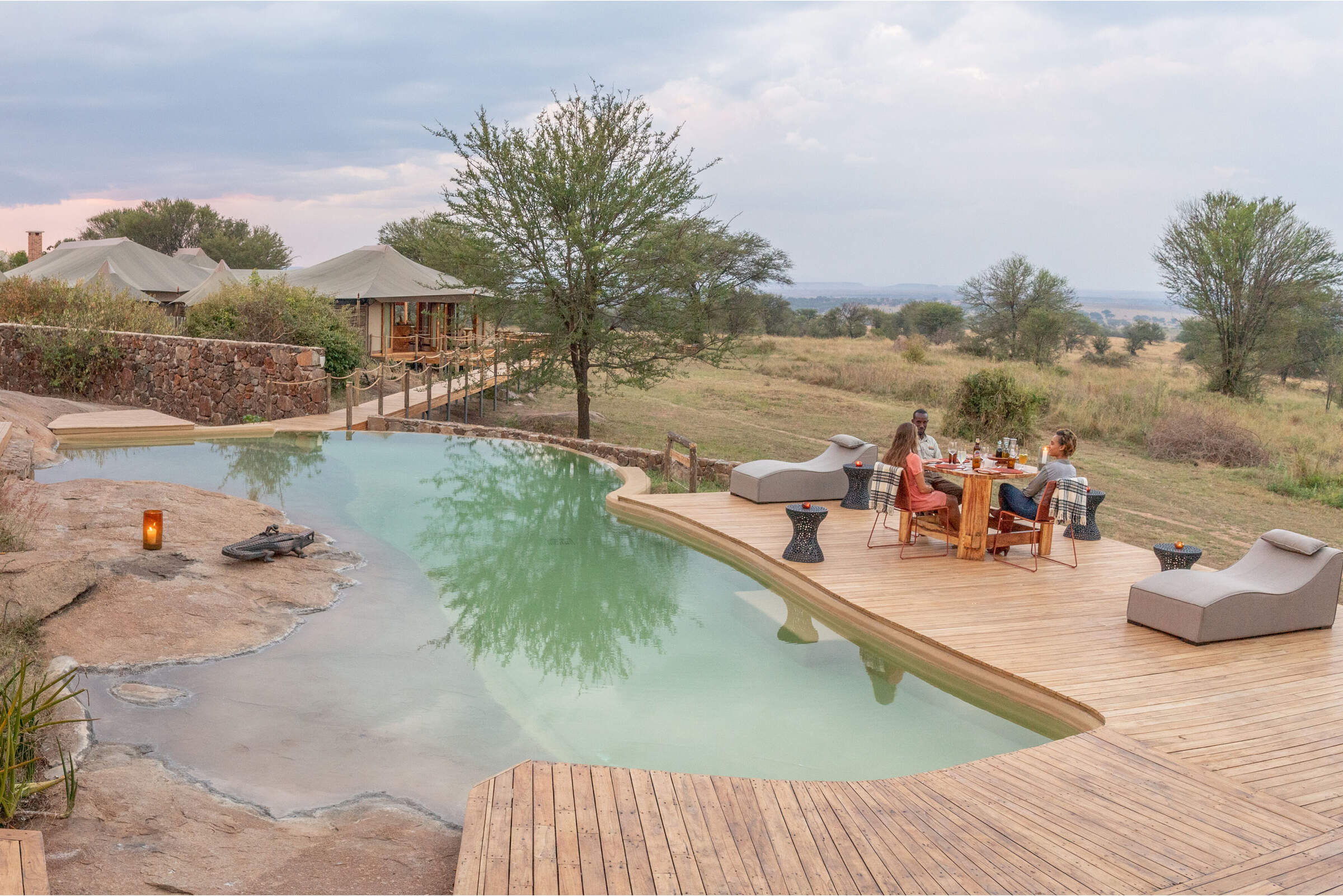
Sayari Camp
In the northern Serengeti, near the Mara River, luxurious Sayari Camp offers excellent wildife all year – boosted further by the wildebeest migration.
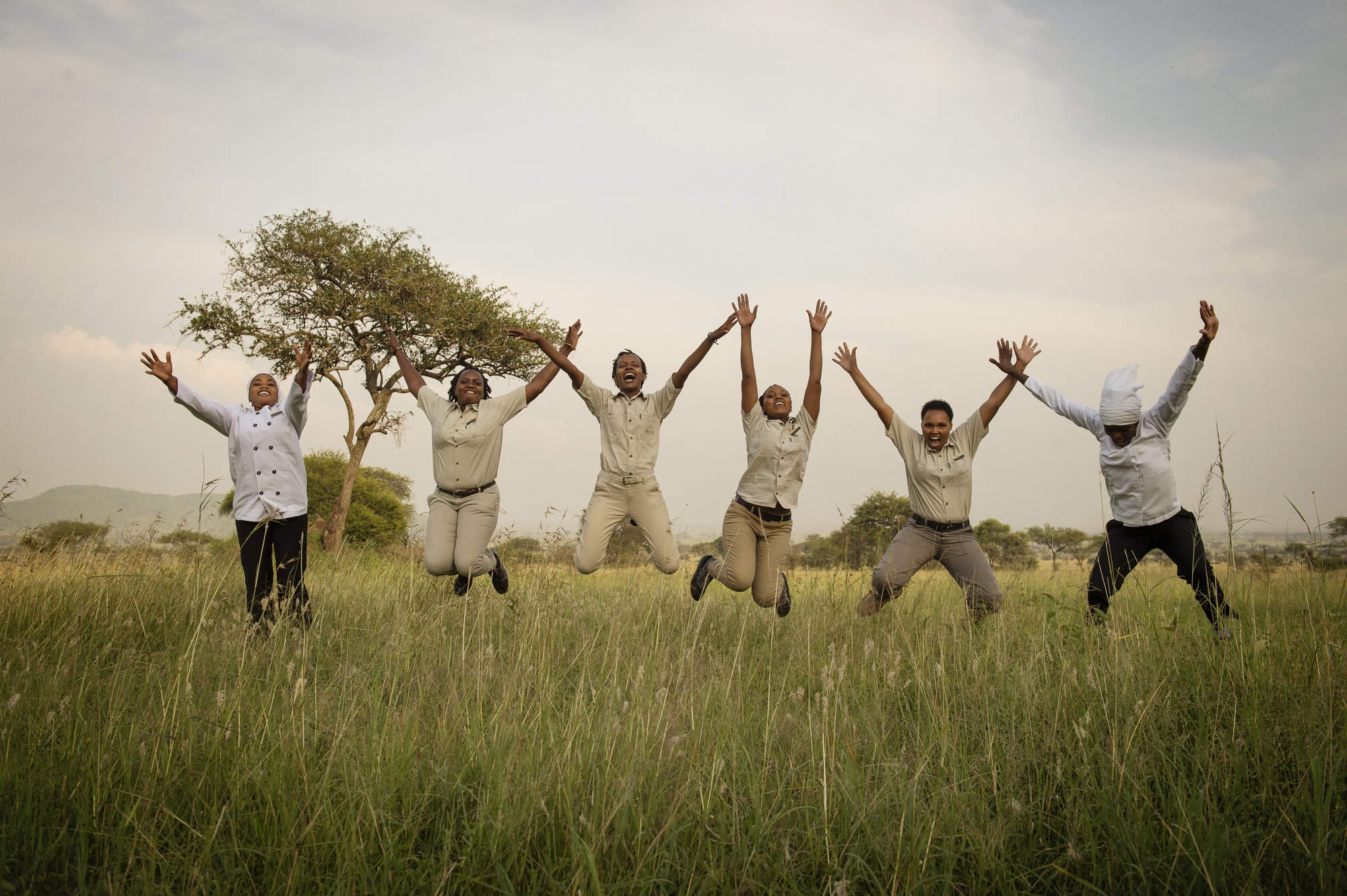
Dunia Camp
Dunia Camp is well located for the migration from December to March, and has excellent game viewing for the rest of the year.
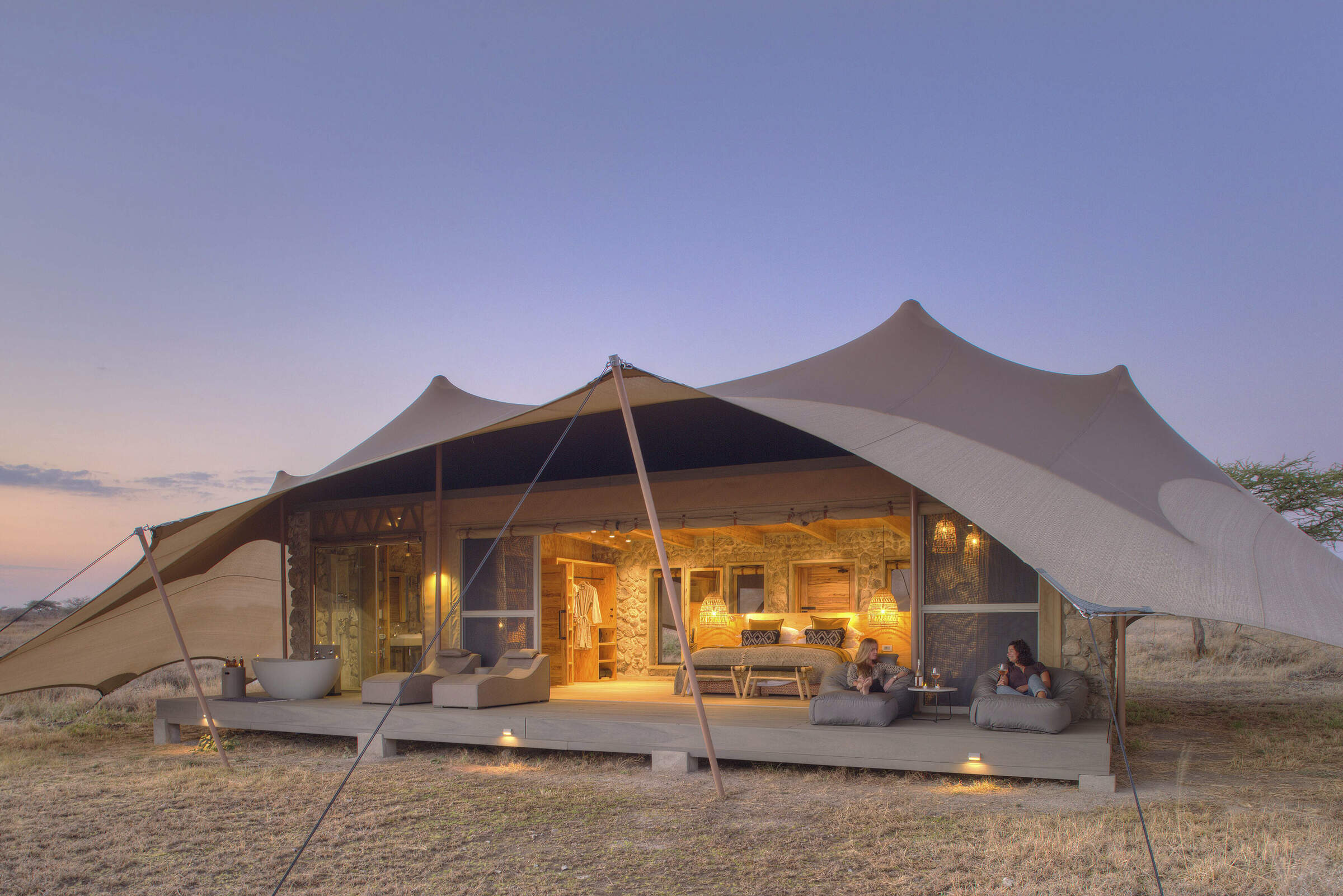
Namiri Plains Camp
Namiri Plains is one of the best camps in the Serengeti and its remoteness ensures a fantastic wildlife experience away from the crowds.
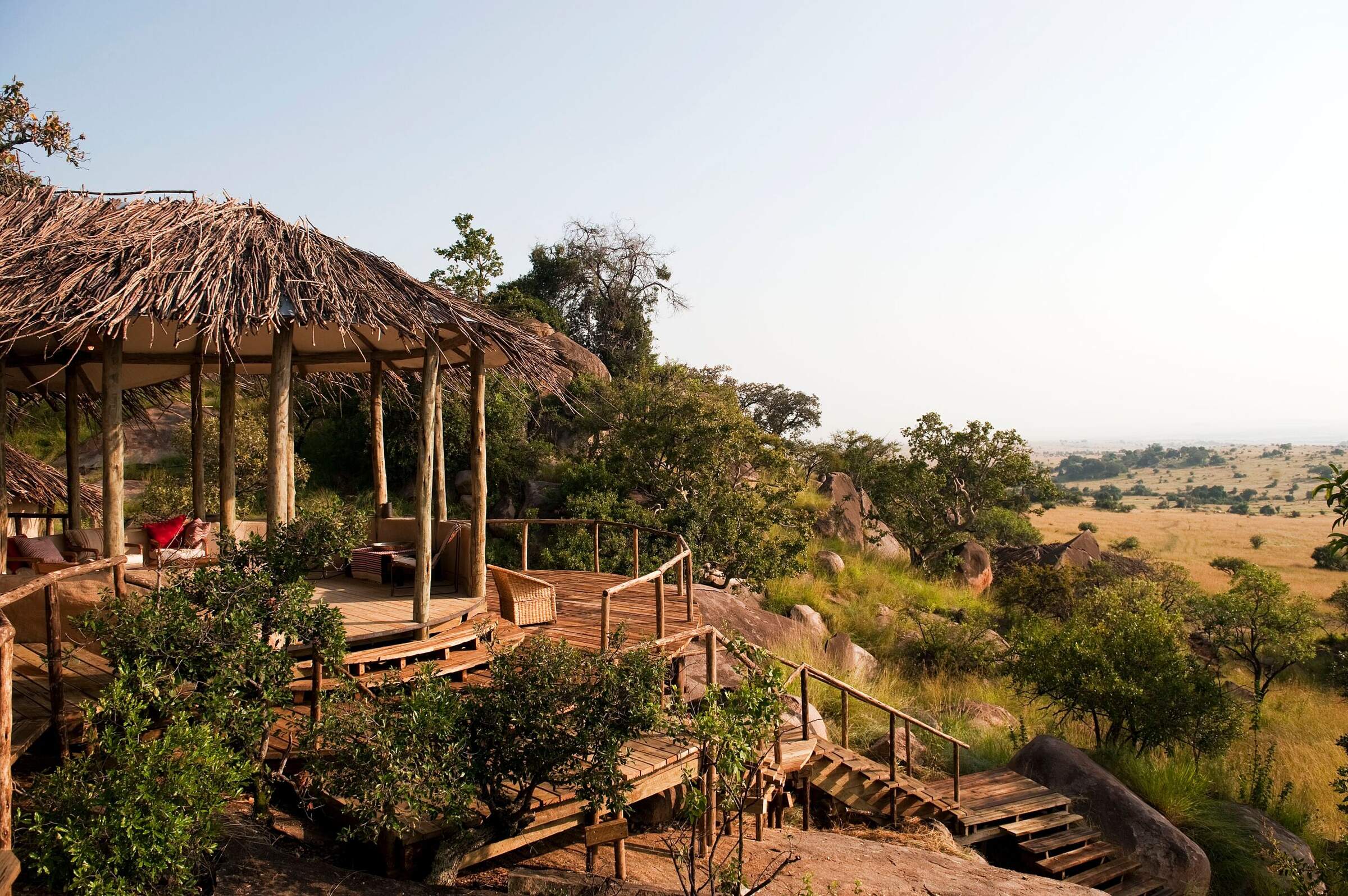
Lamai Serengeti
Set high in the kopjes with fantastic views, Lamai Serengeti offers top service and guiding and good migration sightings from Jul-Oct.
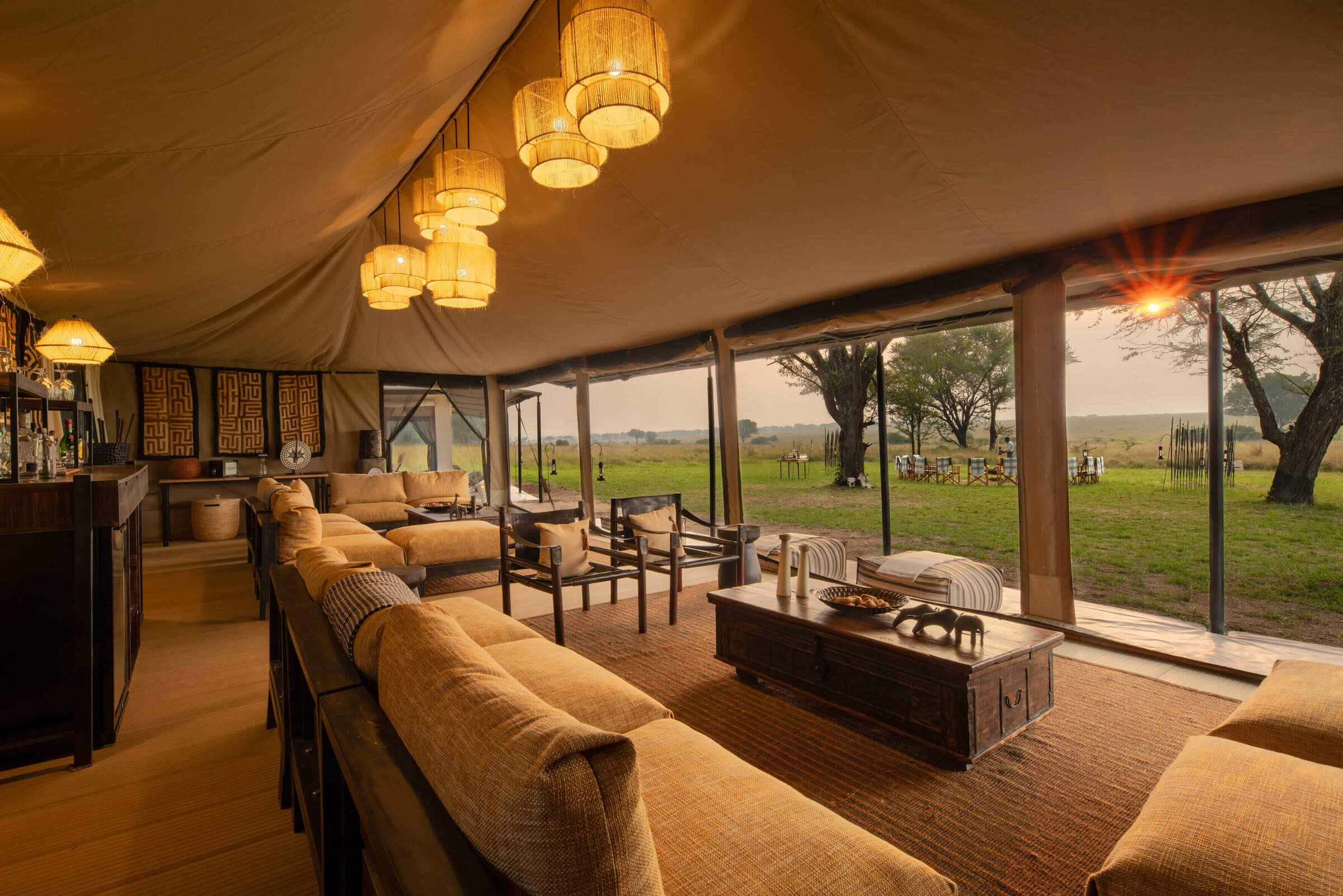
Ubuntu Camp
Ubuntu Camp has several locations in the Serengeti, following the wildebeest migration, so it is often in a great location to see the herds.
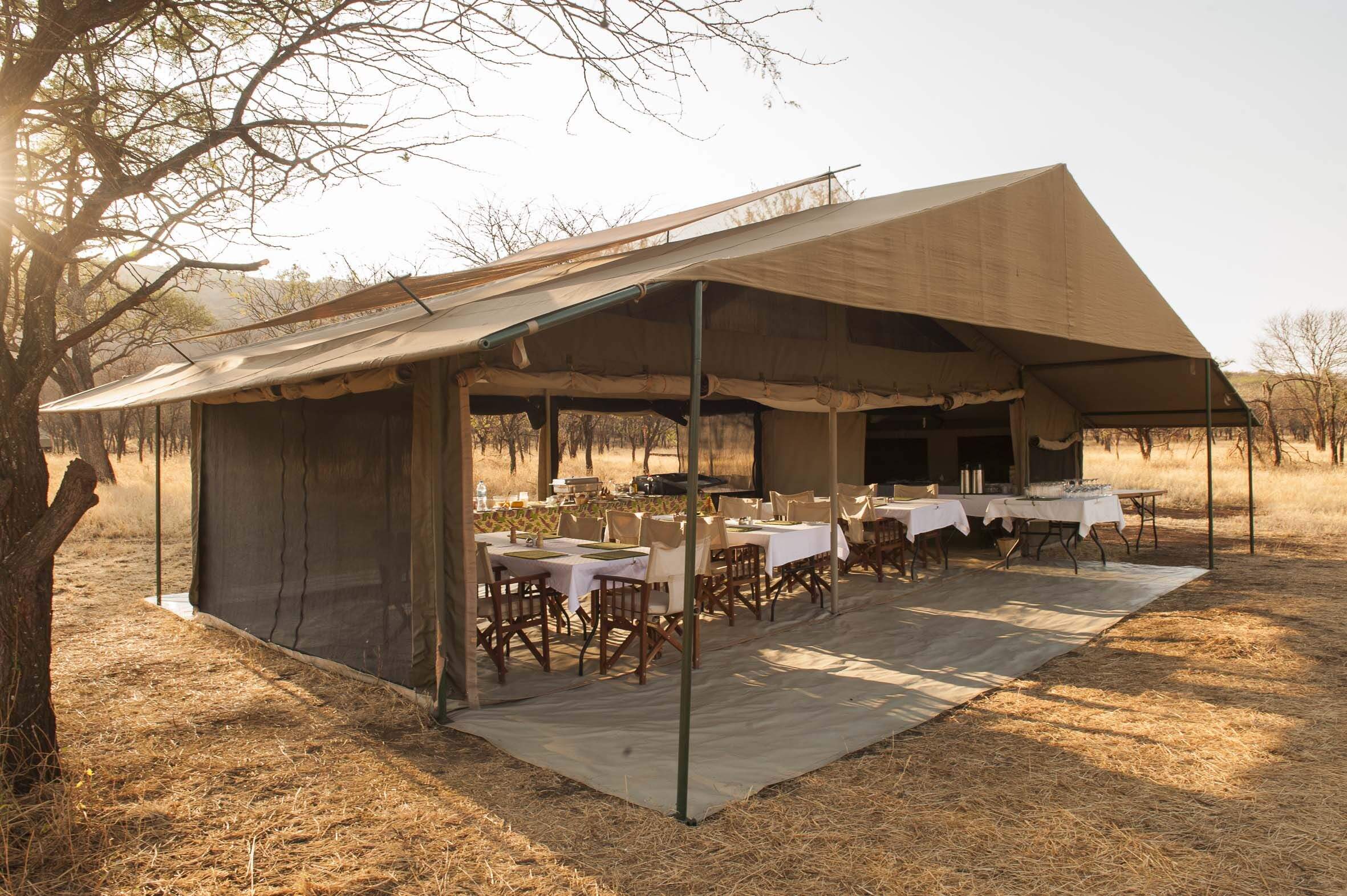
Kati Kati Camp
Kati Kati is a small, very simple bushcamp, which is well-positioned to explore the wildlife-rich Seronera area.
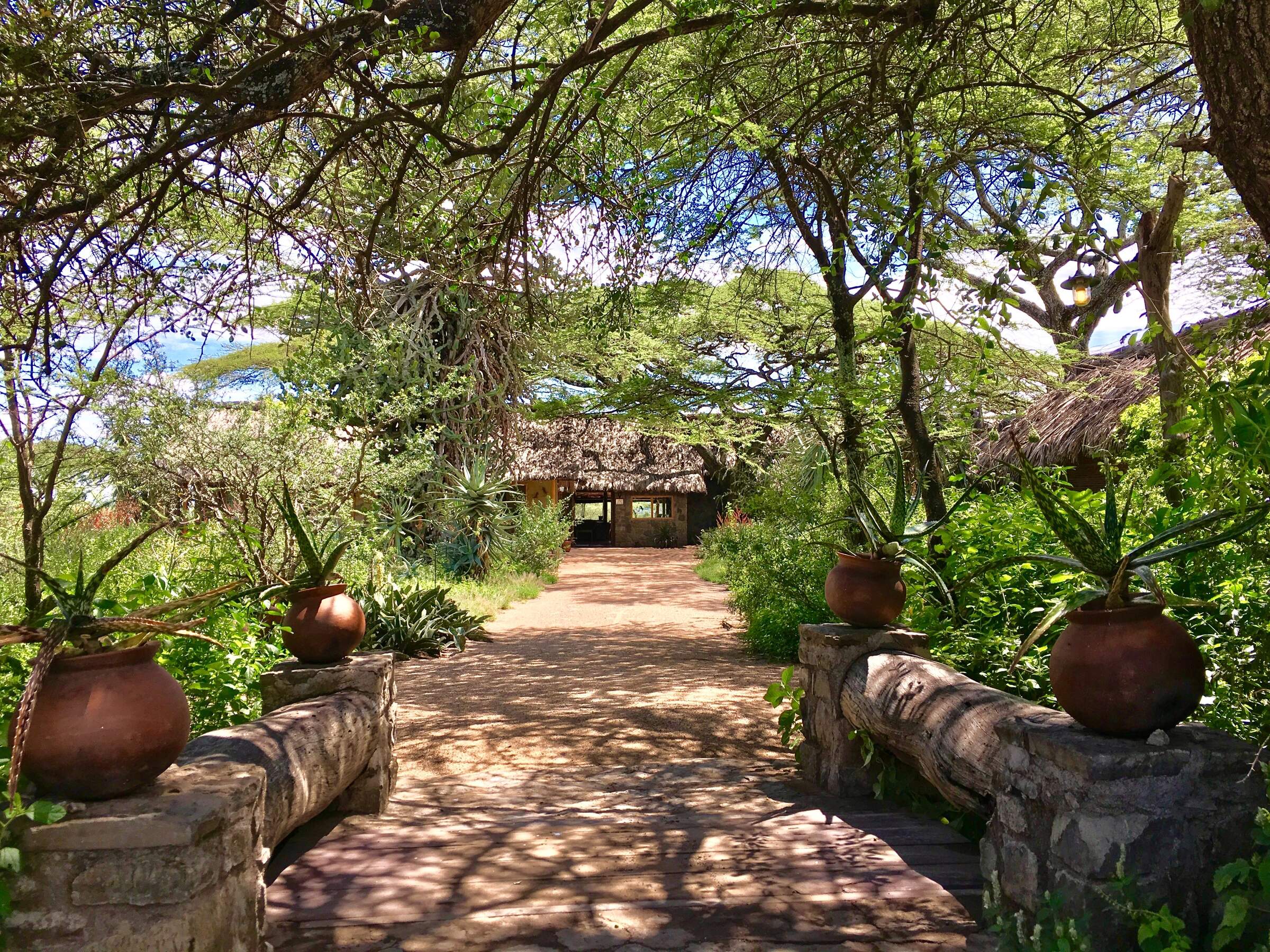
Ndutu Safari Lodge
Large and economical, but not luxurious, Ndutu Safari Lodge is well located in the southern Serengeti, so book early to get space.
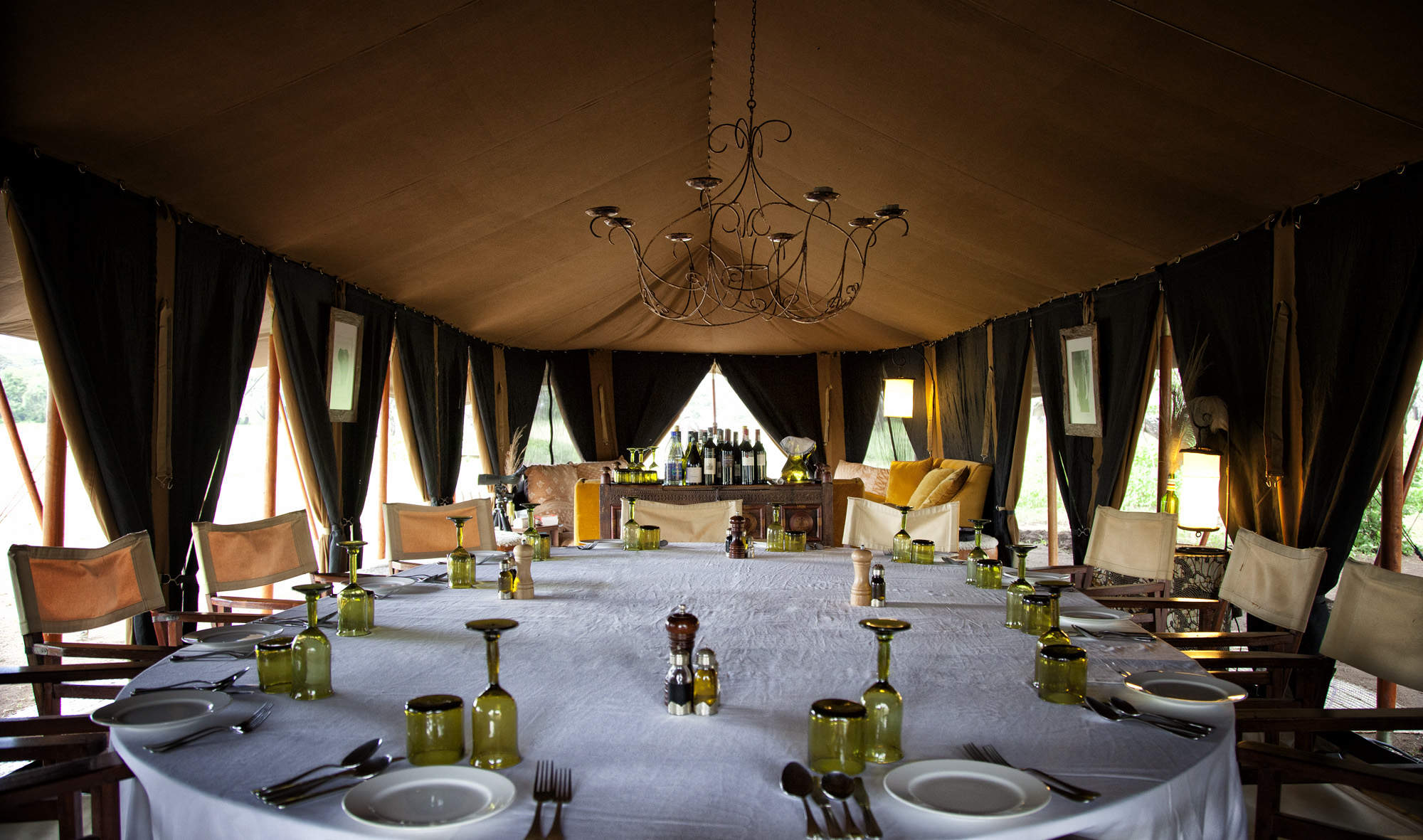
Serian Serengeti
Serian Serengeti is a mobile tented operation run by Alex Walker which moves between two locations following the wildebeest migration.
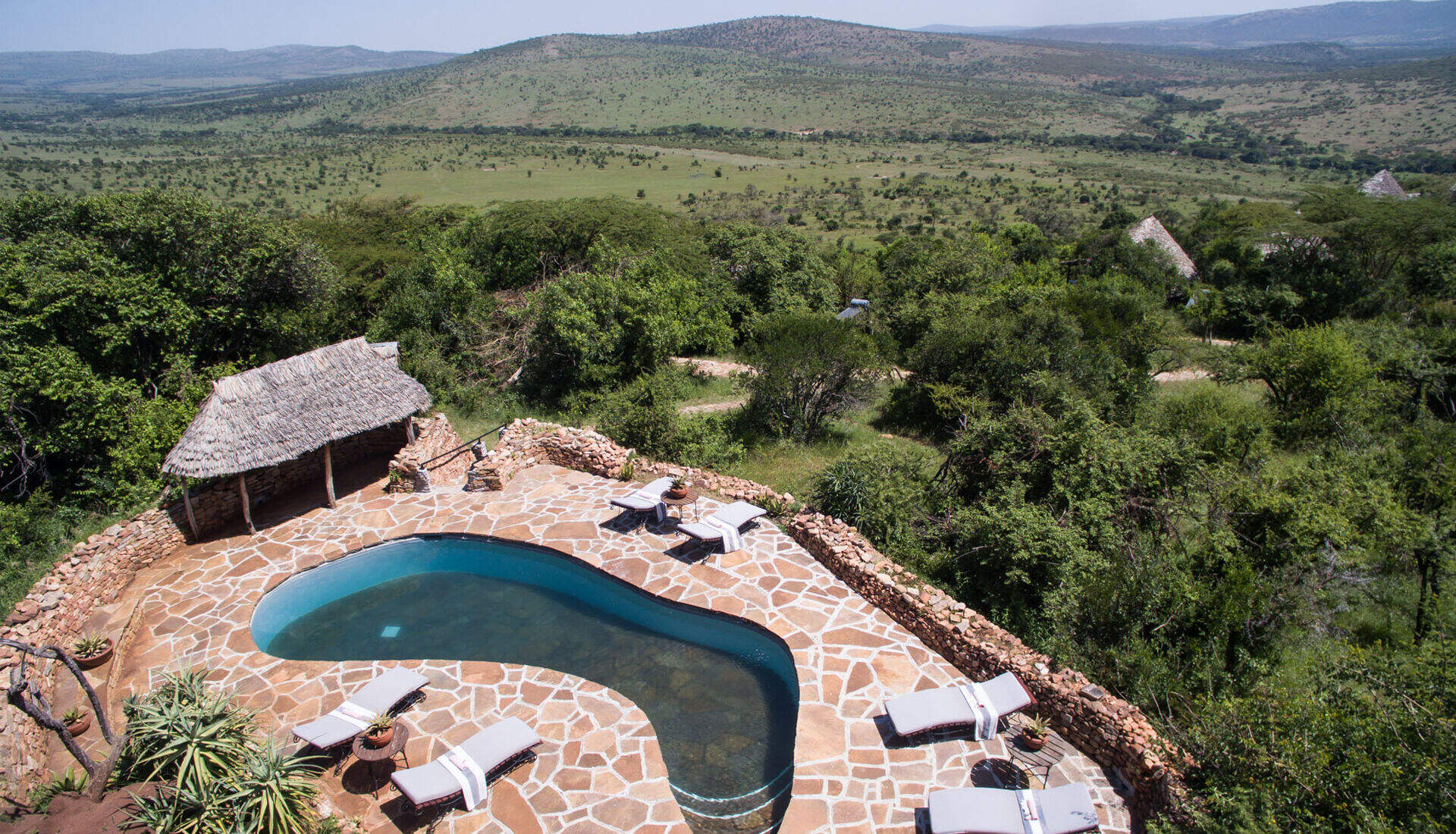
Klein's Camp
Klein's Camp, in a private area of the northern Serengeti, sets high standards. Activities include walks, nights drives and Maasai village visits.
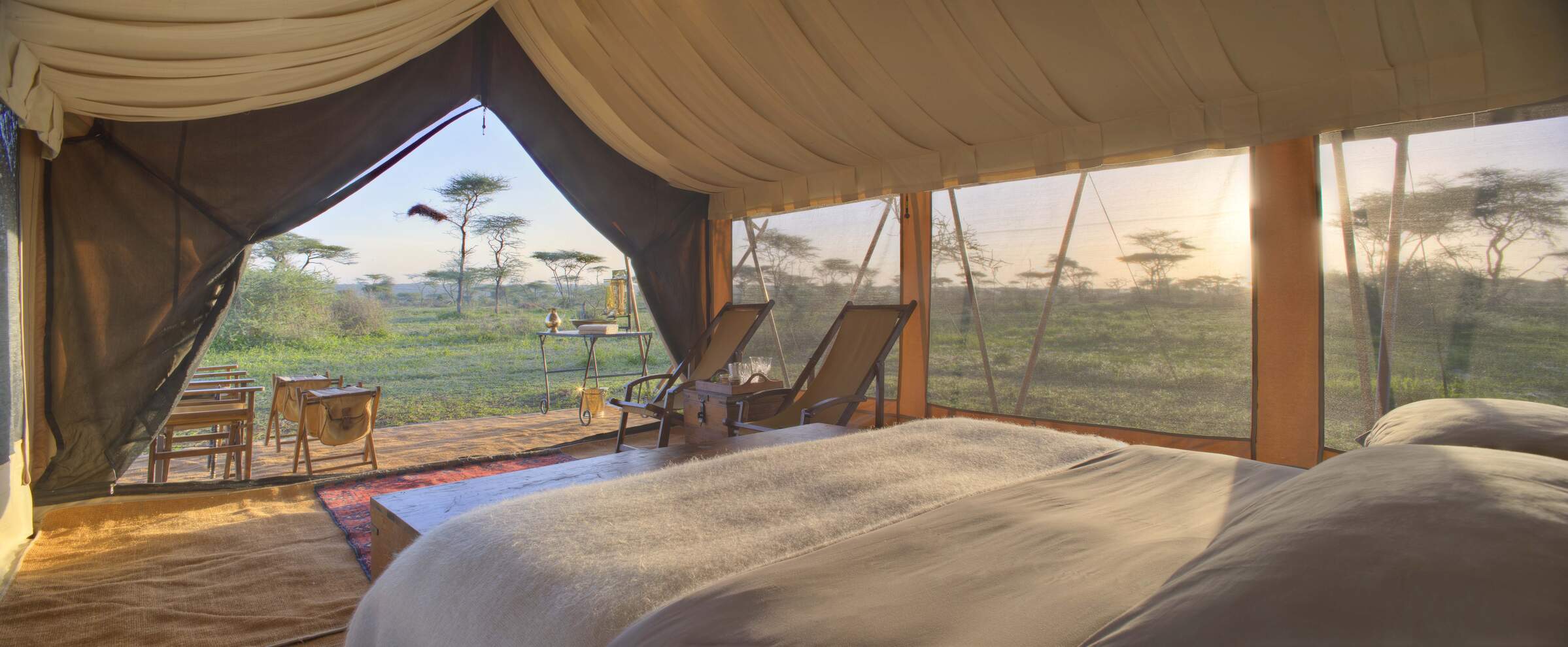
Serengeti under Canvas
Two of the three Serengeti under Canvas camps move through the Serengeti National Park every few months to follow the wildebeest migration.
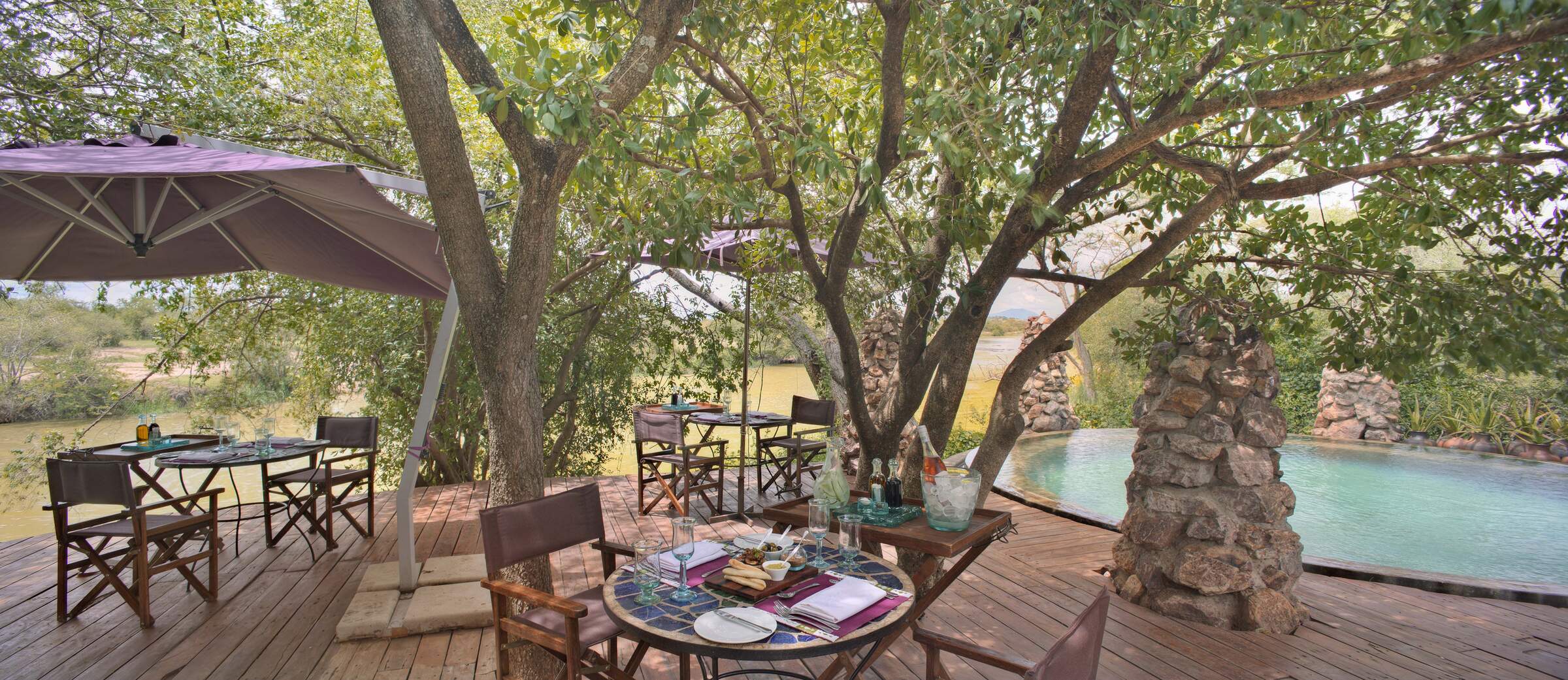
Grumeti River Camp
Grumeti River Camp offers a laid-back atmosphere combined with top service, first-rate food, expert guiding and an excellent location.
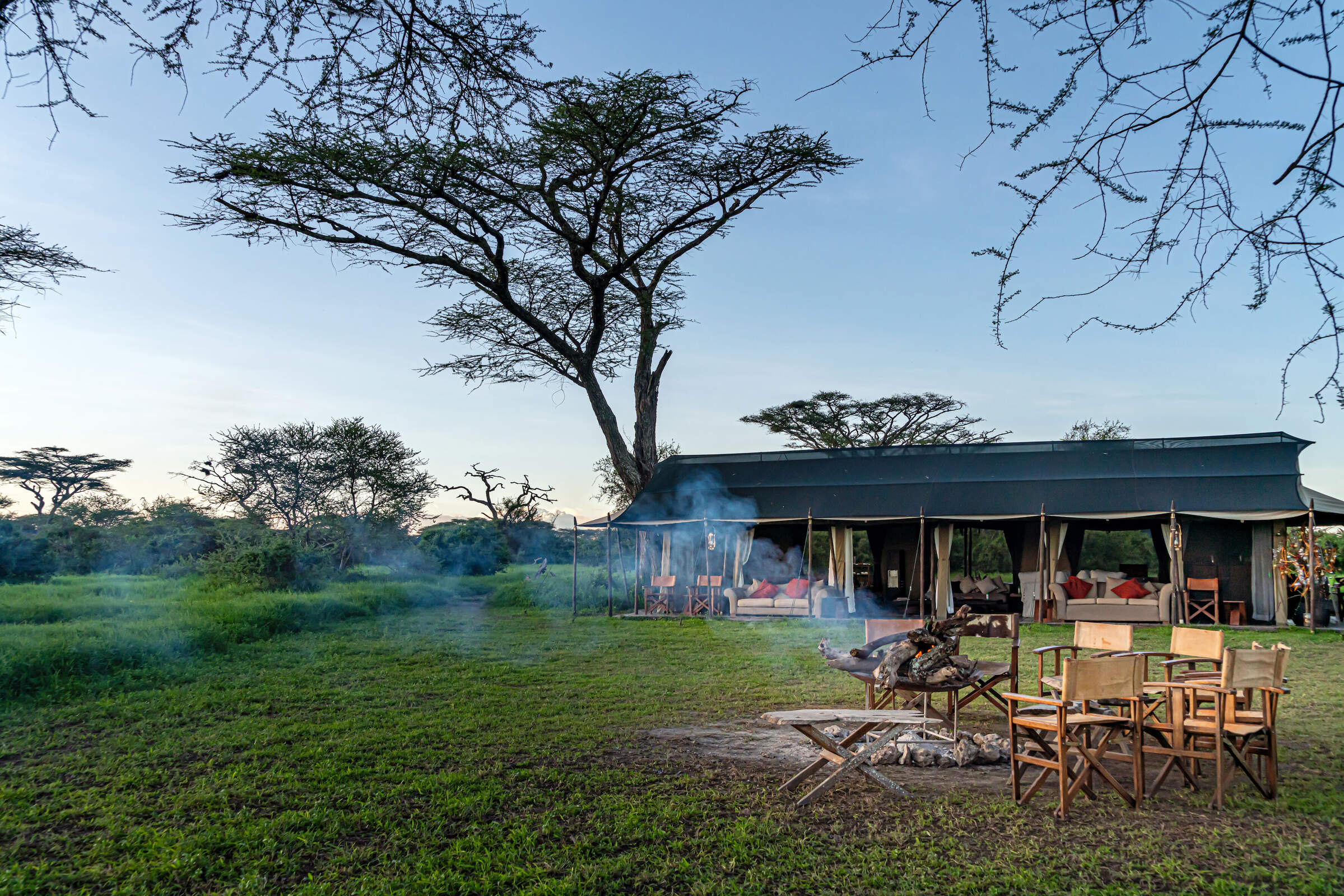
Lemala Mara-Ndutu
Lemala Mara-Ndutu is a semi-permanent camp that moves between the north and south of the Serengeti to witness the wildebeest migration.
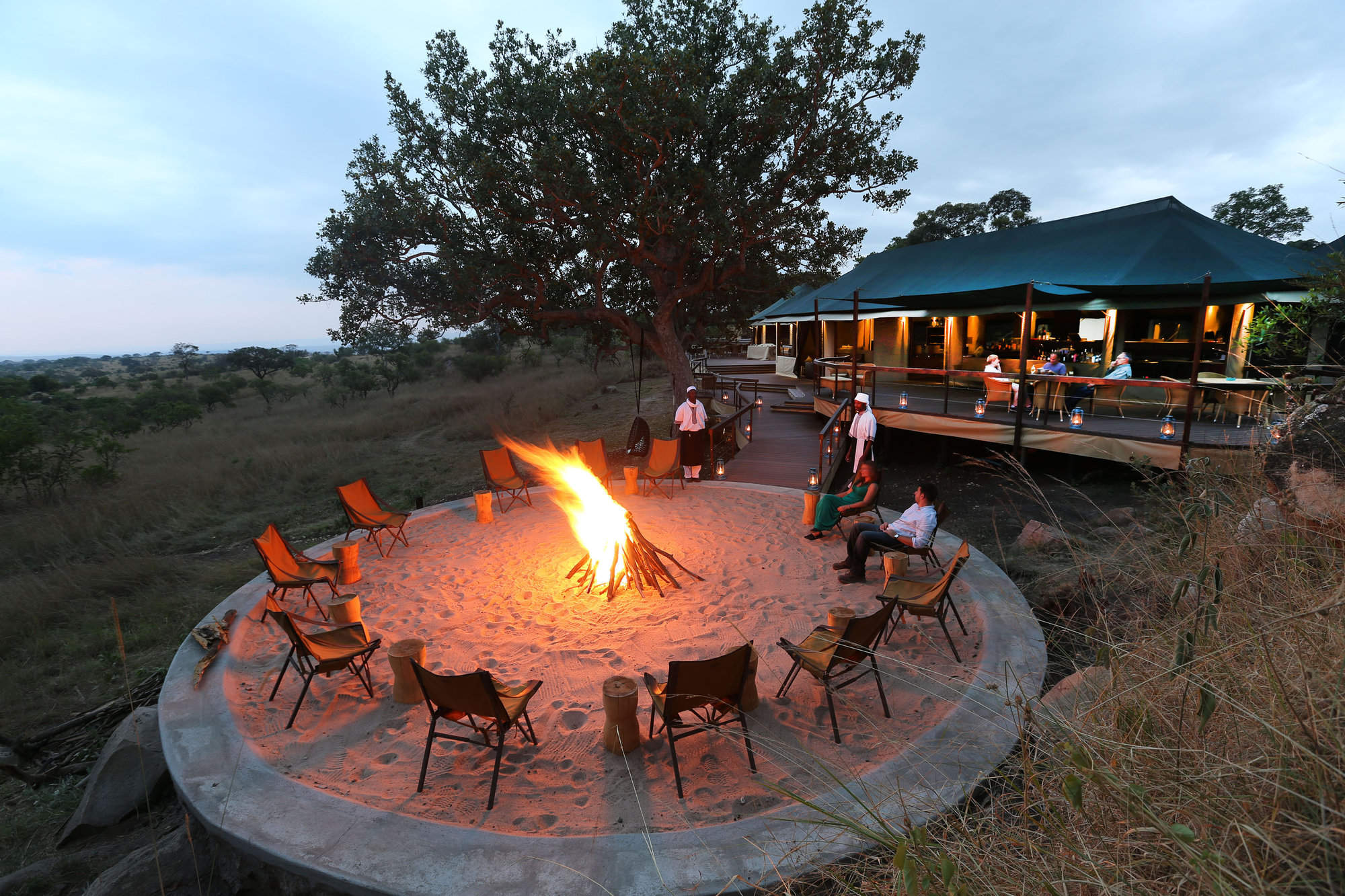
Lemala Kuria Hills
Lemala Kuria Hills is a luxury permanent camp that is ideally located for wildlife all year around, but especially during the wildebeest migration.
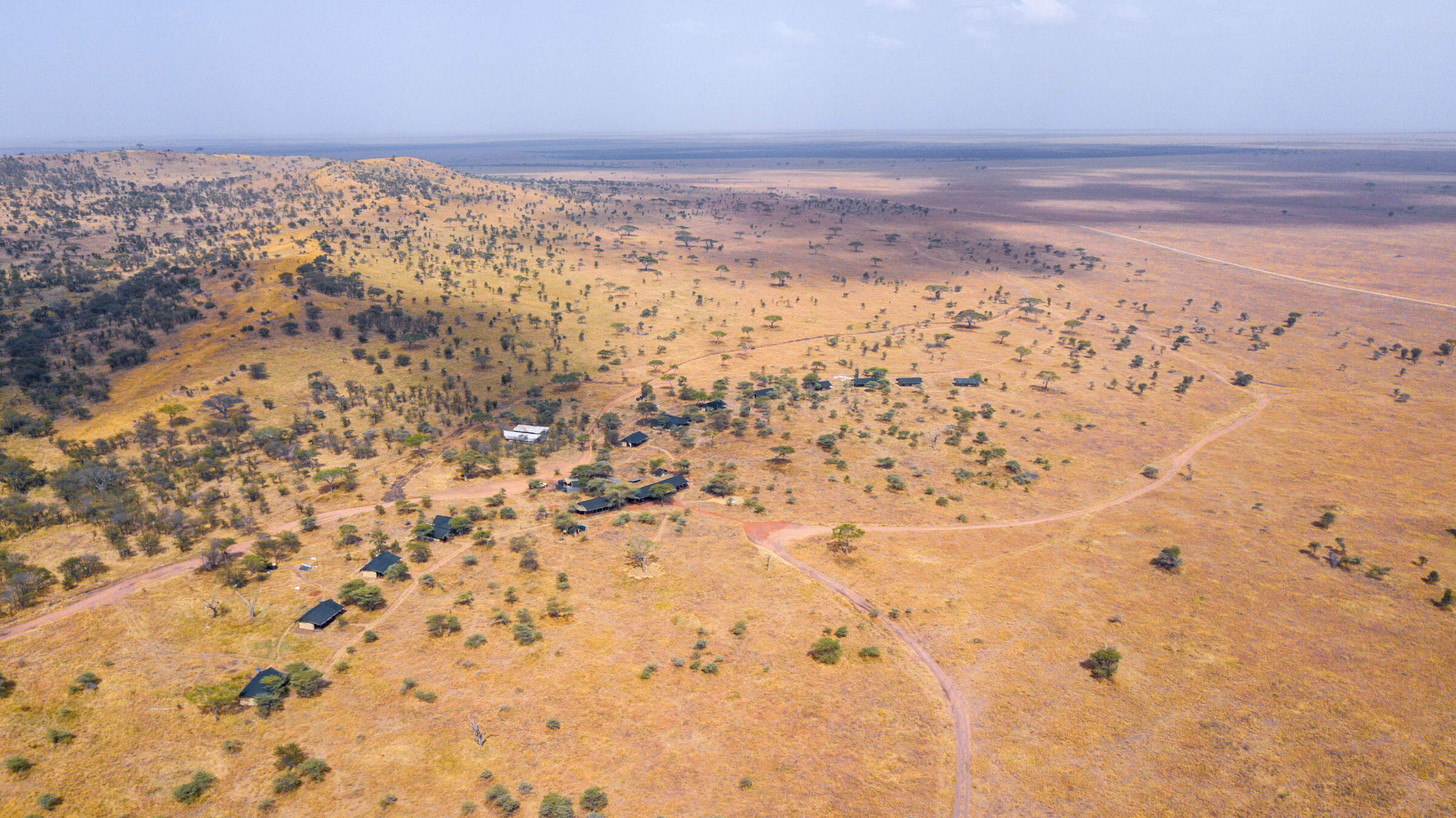
Lemala Ewanjan
Lemala Ewanjan is a comfortable and stylish tented camp in the Seronera area of the central Serengeti National Park.
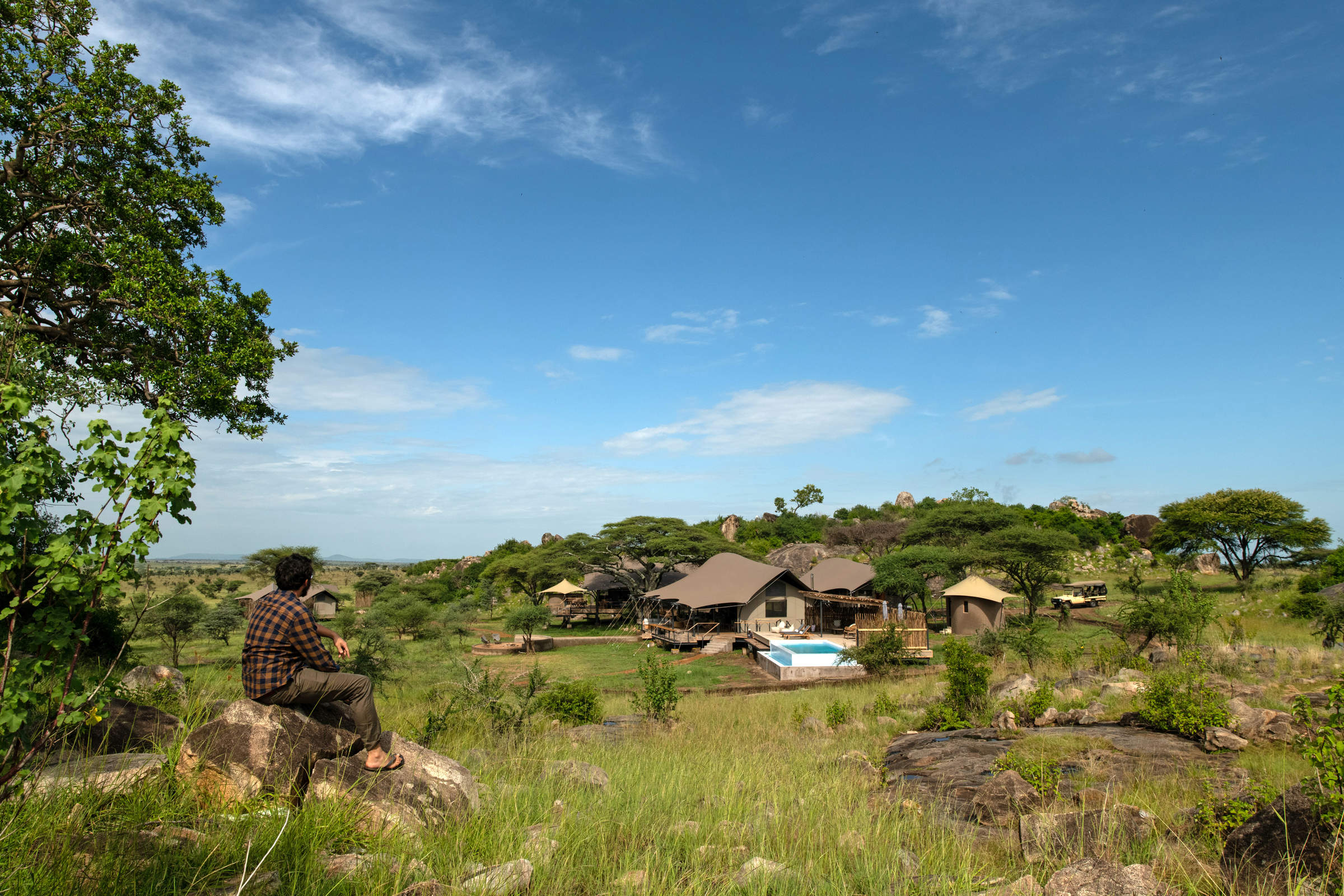
Lemala Nanyukie
Lemala Nanyukie is a stylish camp located in the quieter part of the central Serengeti.
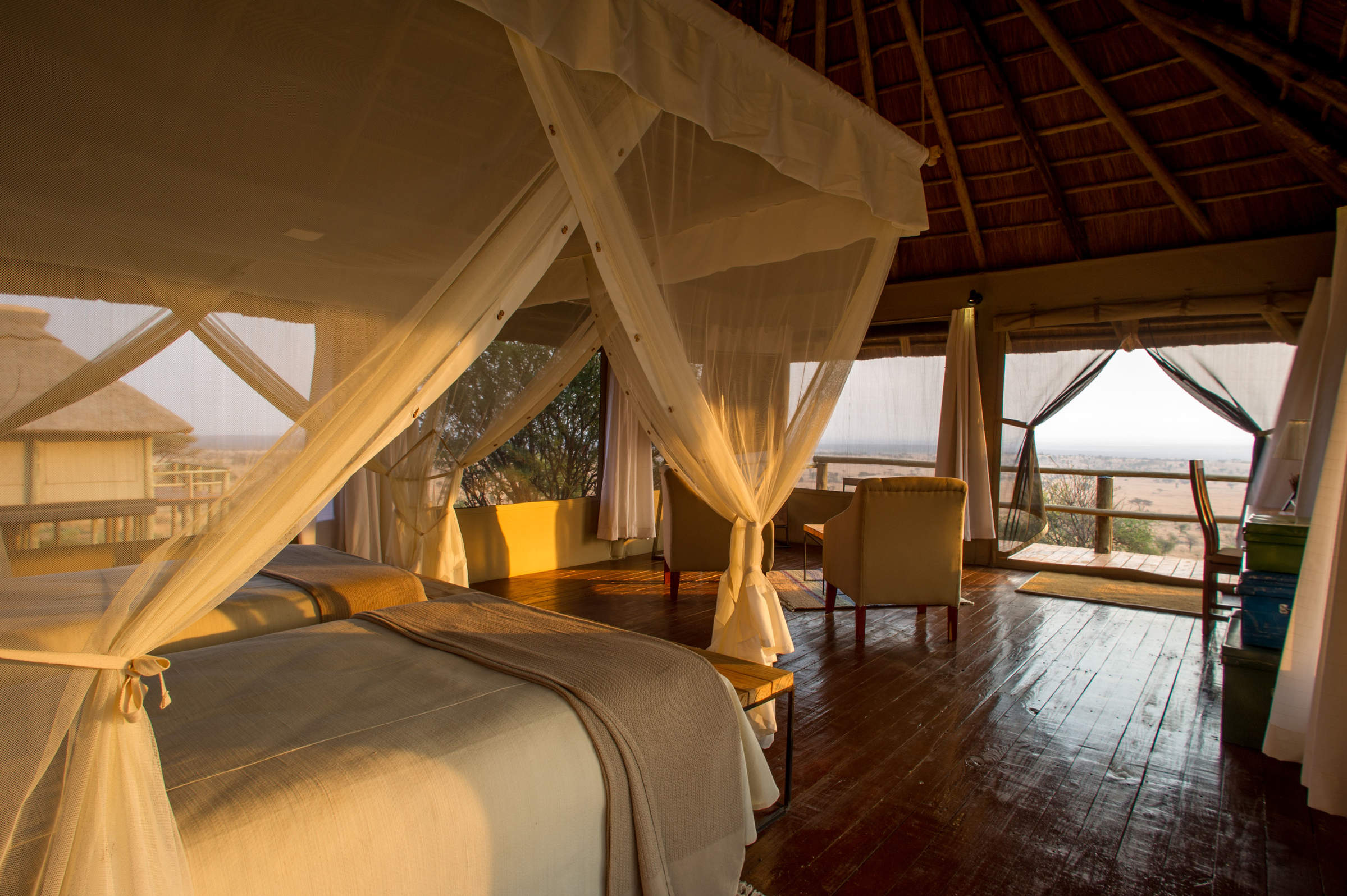
Kubu Kubu
Kubu Kubu is a contemporary, tented lodge, well located in the central Seronera area of the Serengeti National Park.
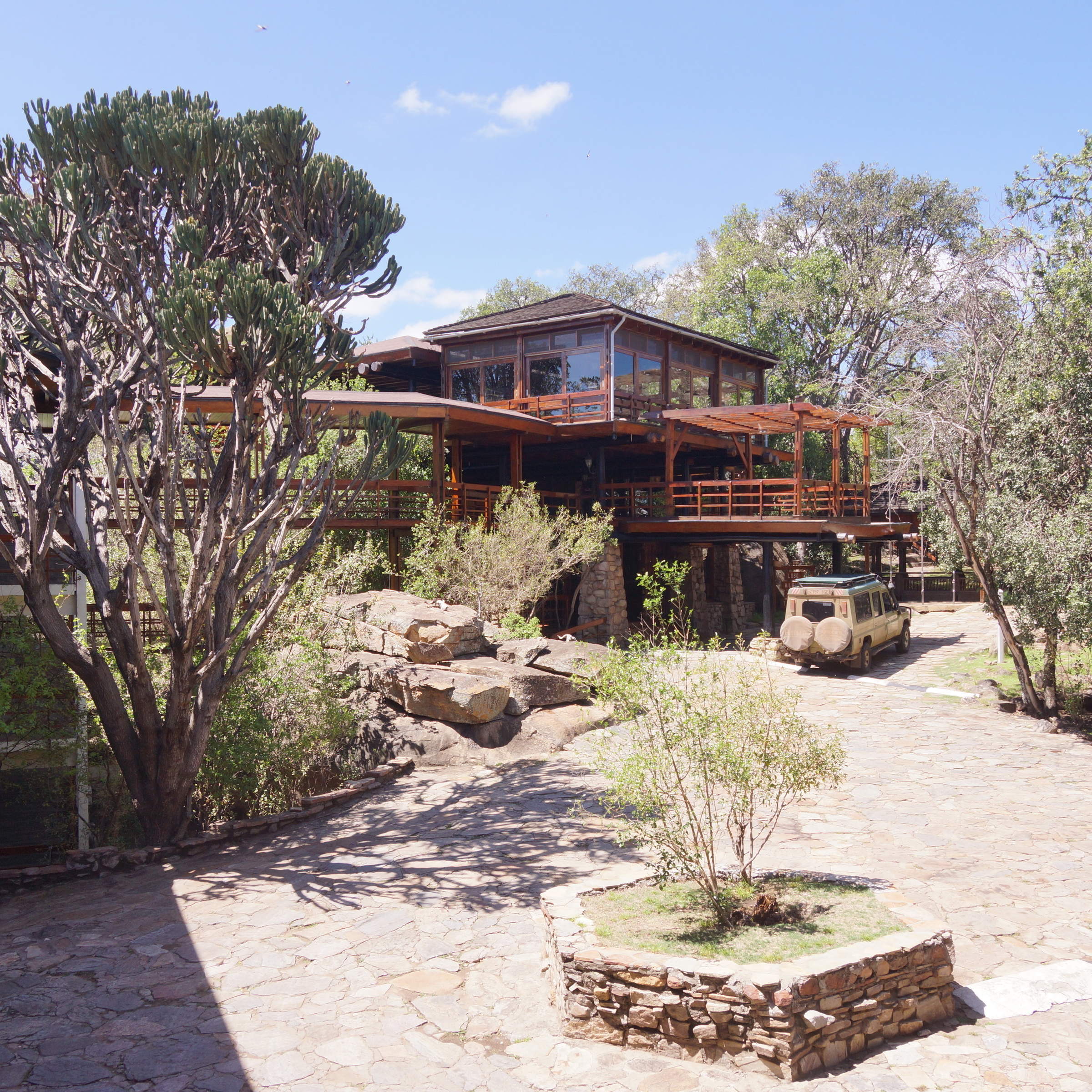
Lobo Wildlife Lodge
The large Lobo Wildlife Lodge has simple, functional rooms in a stunning location. It's a good base for exploring the north-eastern Serengeti.
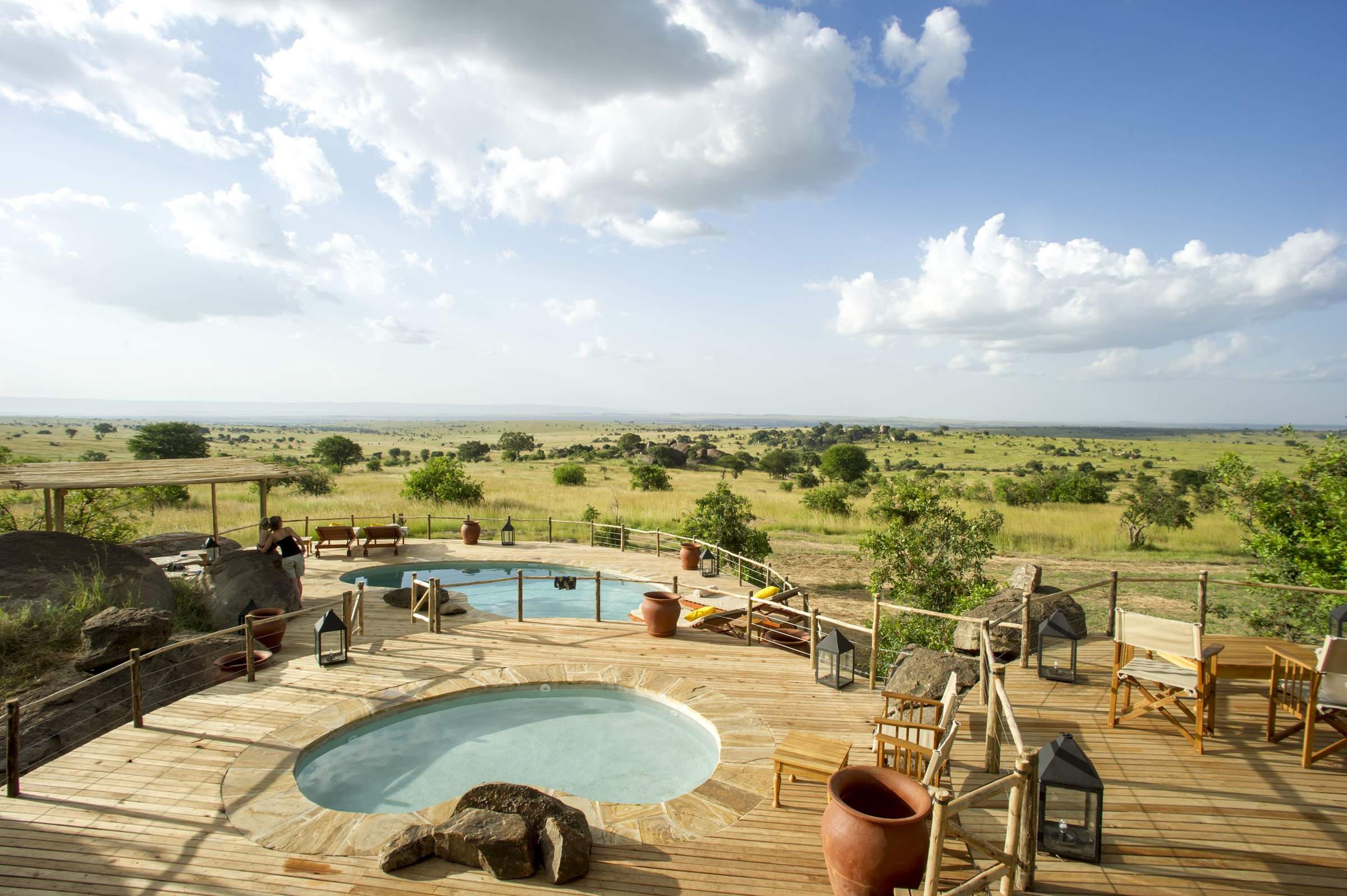
Mkombe's House Lamai
Mkombe's House Lamai is a fully staffed private house in the Wogakuria Kopjes district of Serengeti National Park.
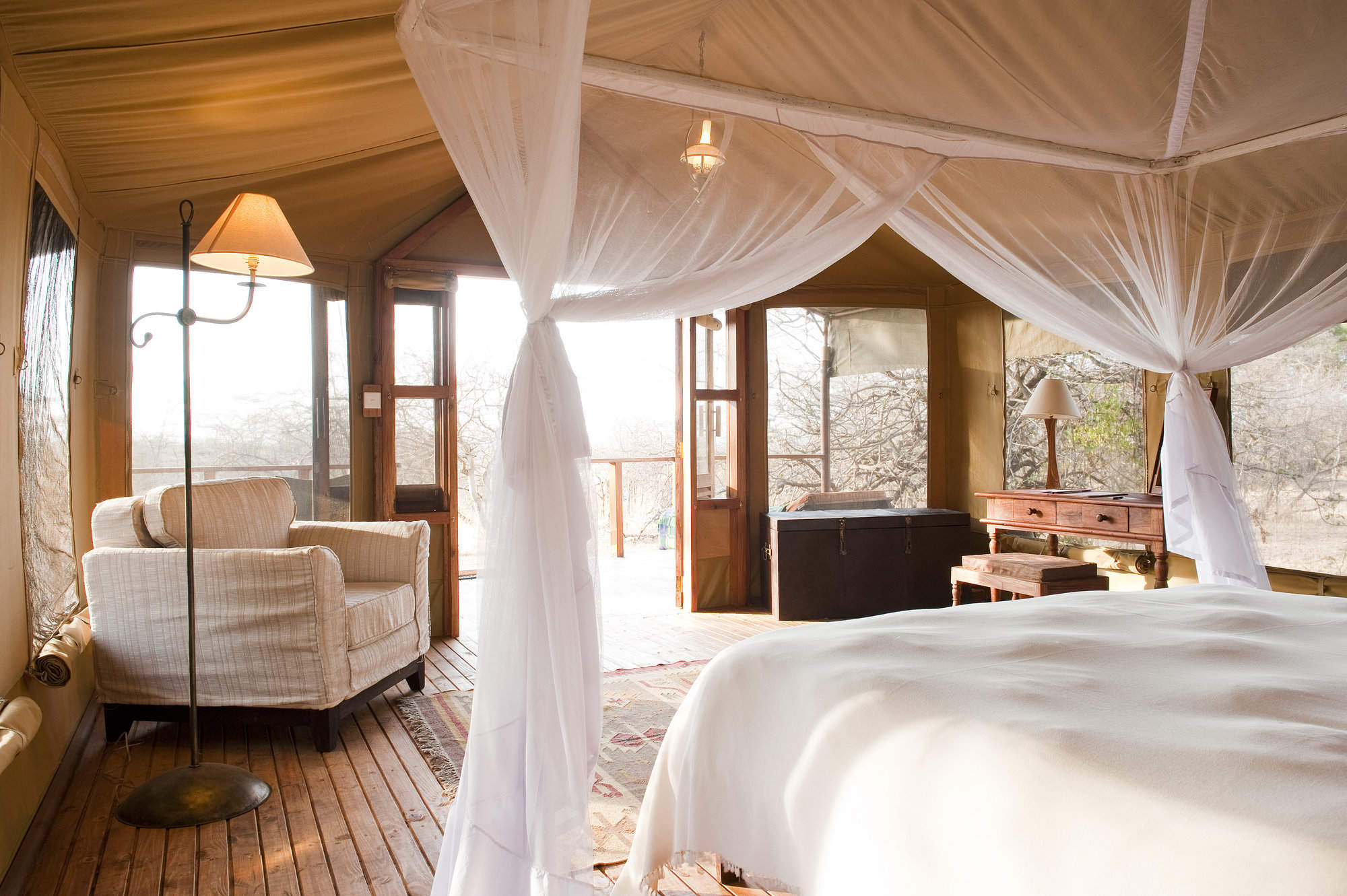
Kusini Camp
Kusini Camp is permanent, luxury camp located on a beautiful kopje in a quiet, wildlife-rich corner of the south-west Serengeti.
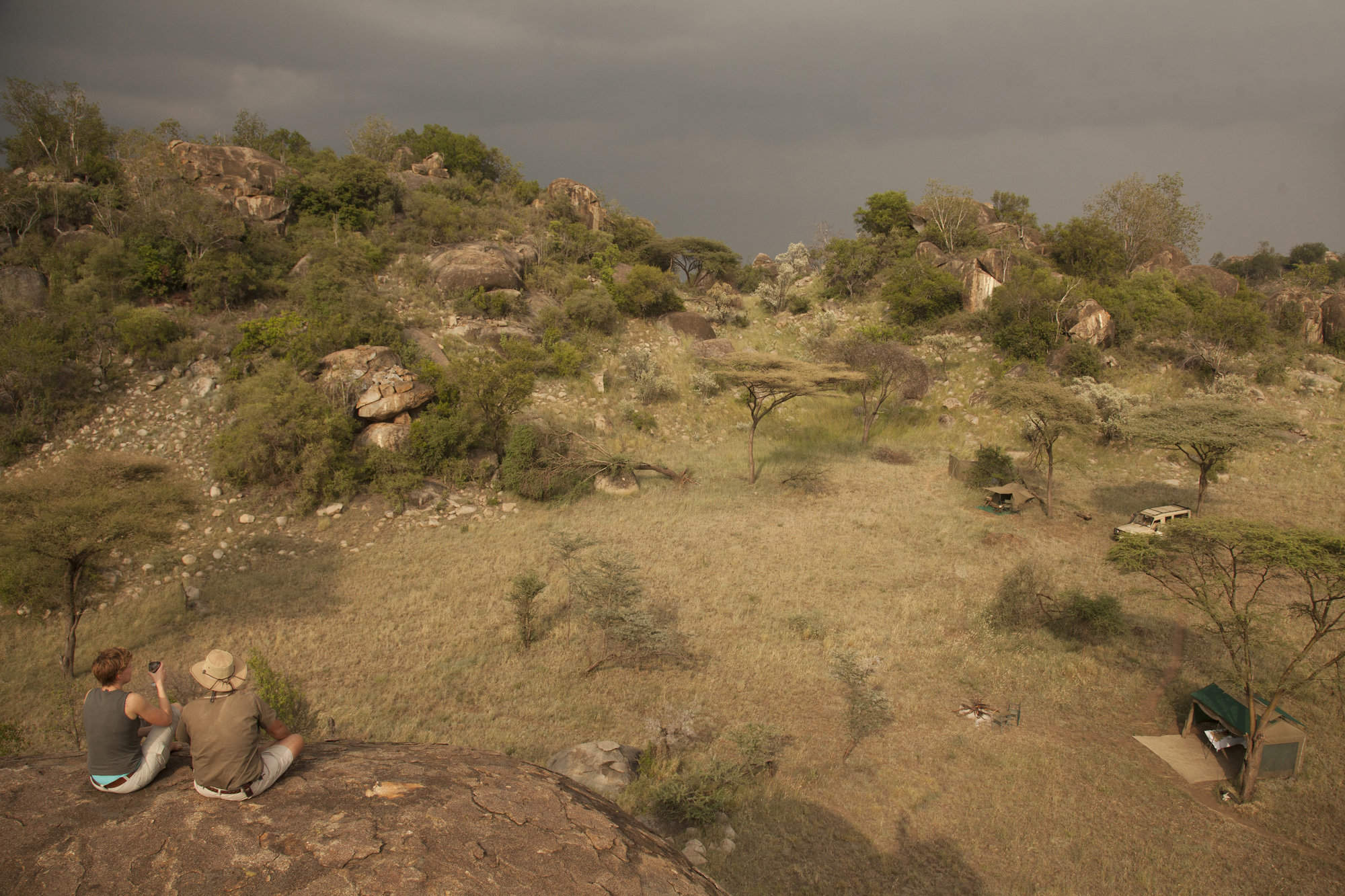
Serengeti Walking Mobile
This fairly simple camp offers only walking activities, but it's very well done and combines well with more conventional camps or lodges.
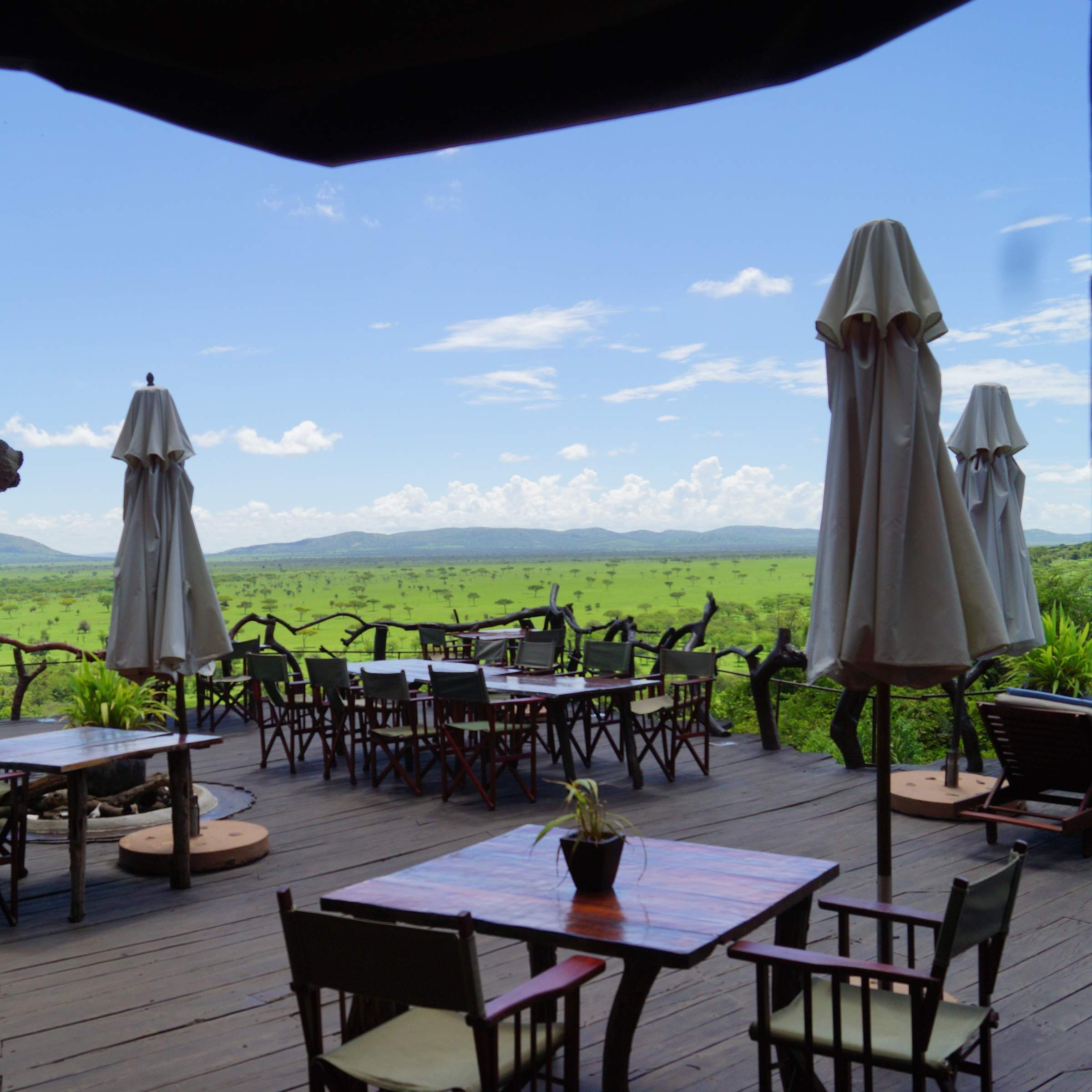
Mbalageti Lodge
Mbalageti is a well-run lodge in a quiet part of the Serengeti's western corridor – an ideal location during the Apr-Jun migration.
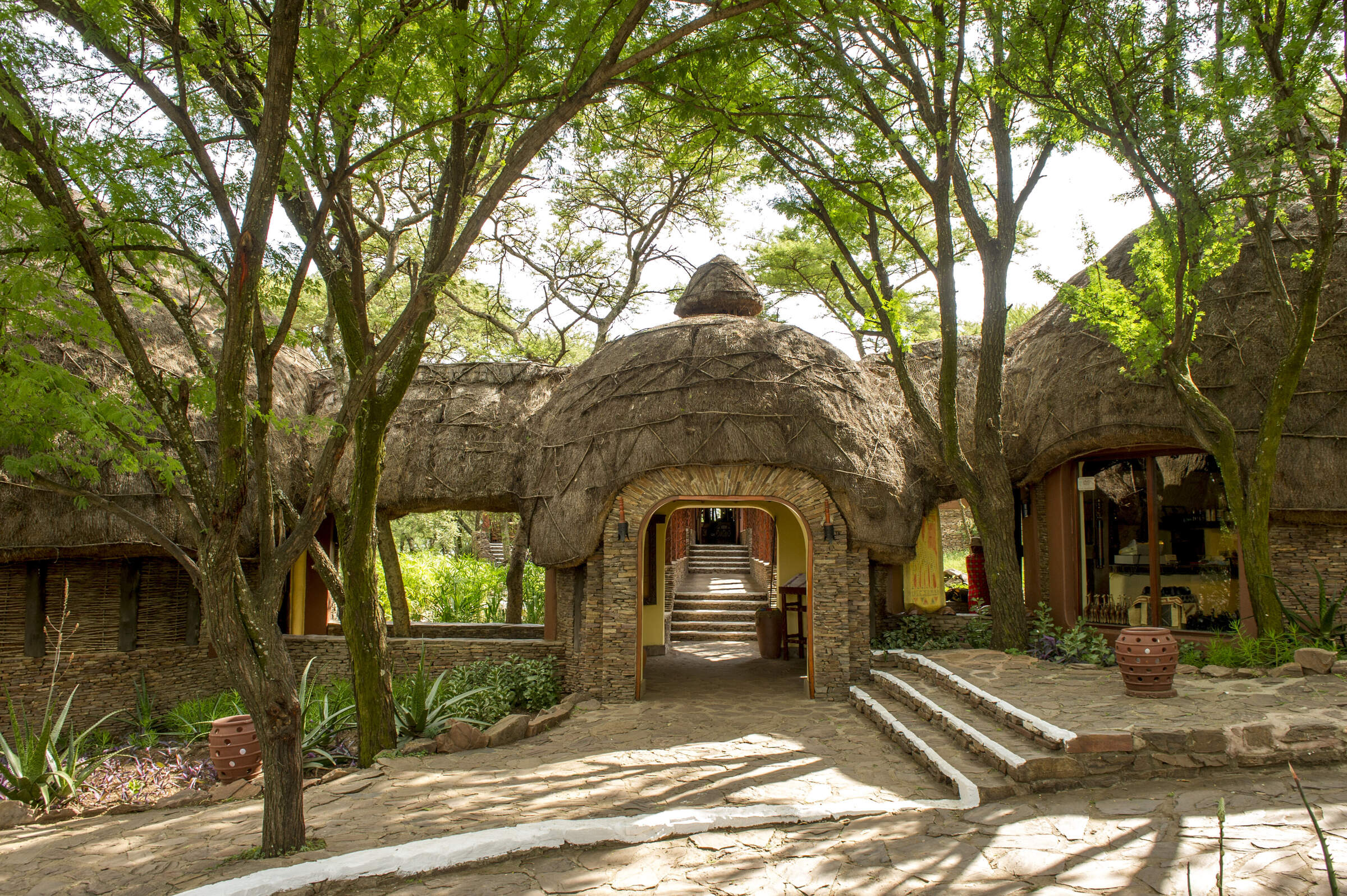
Serengeti Serena
The Serengeti Serena Safari Lodge is a large, hotel-style lodge and a good family-friendly base from which to explore the central Serengeti.
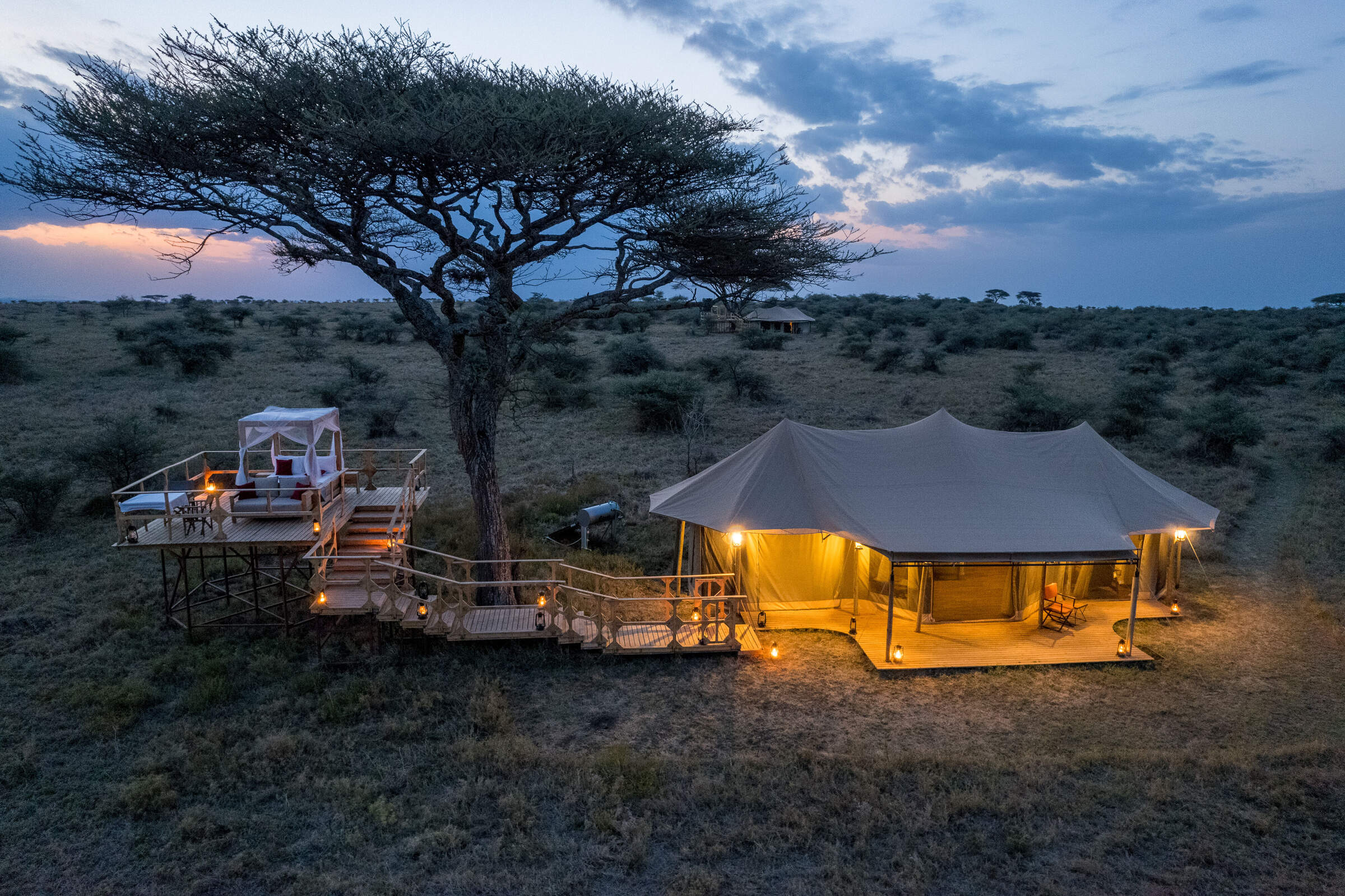
Olmara Camp
With just eight guest tents, including two family tents and three signature stargazer tents, Olmara is a simple, family-friendly camp with a wonderfully attentive team. The camp captures an authentic bush experience, welcoming travellers of every kind.
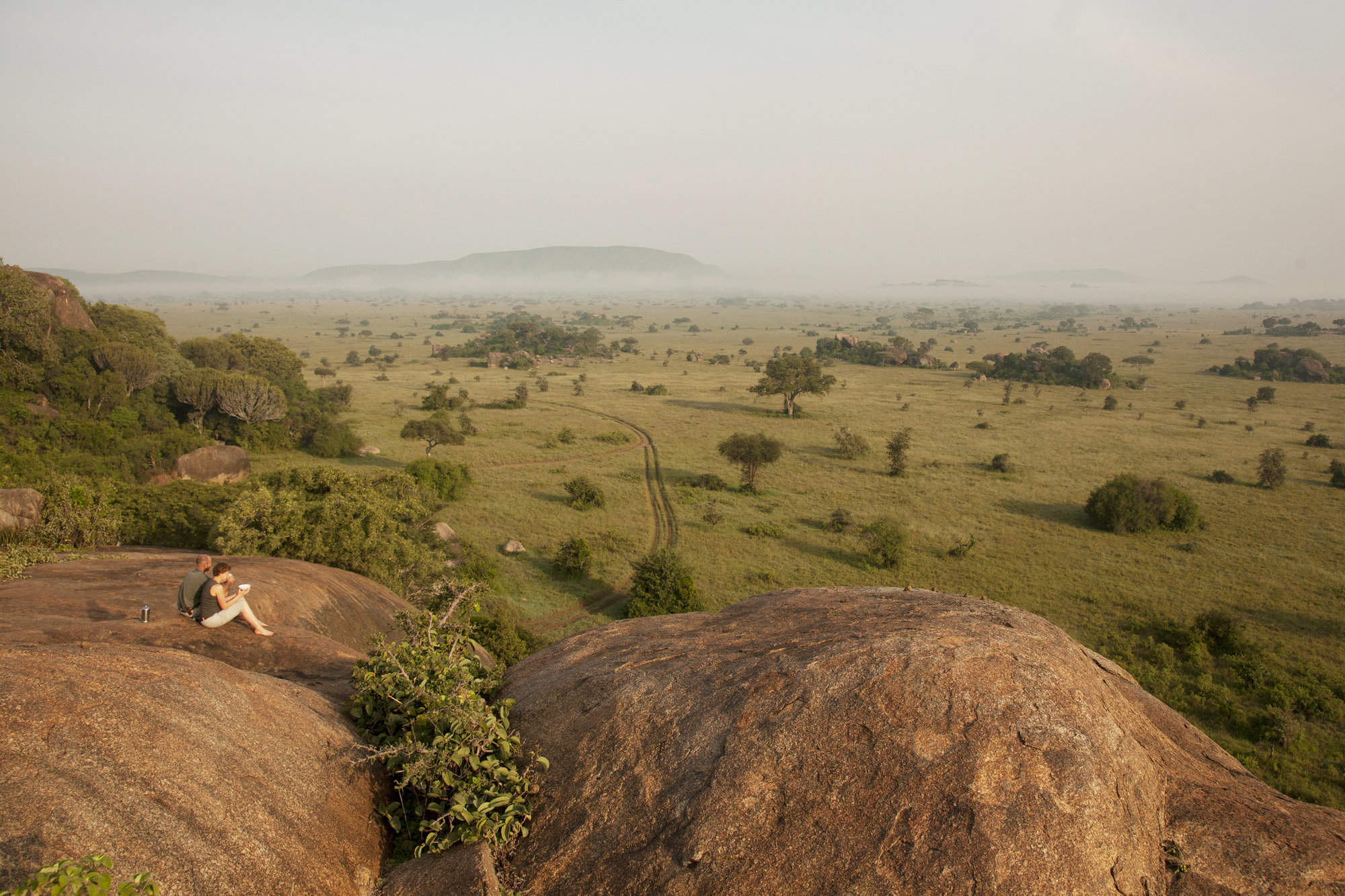
Serengeti Green Camp
Serengeti Green Camp is a comfortable camping experience, in your own private safari camp and at the heart of a great wildlife area.
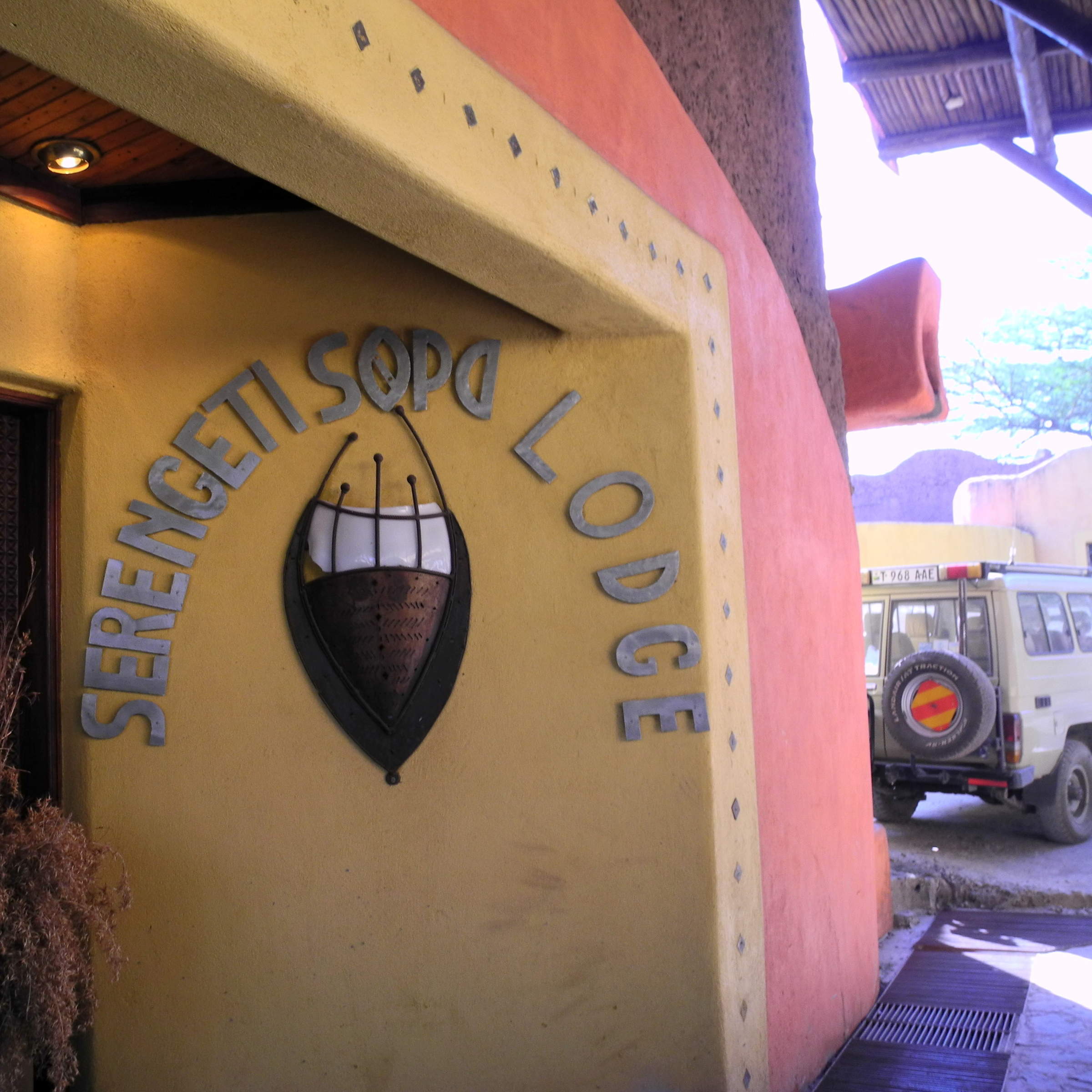
Serengeti Sopa Lodge
Serengeti Sopa Lodge is an international-style hotel offering good-value accommodation in the central Serengeti, with lovely views of the plains.
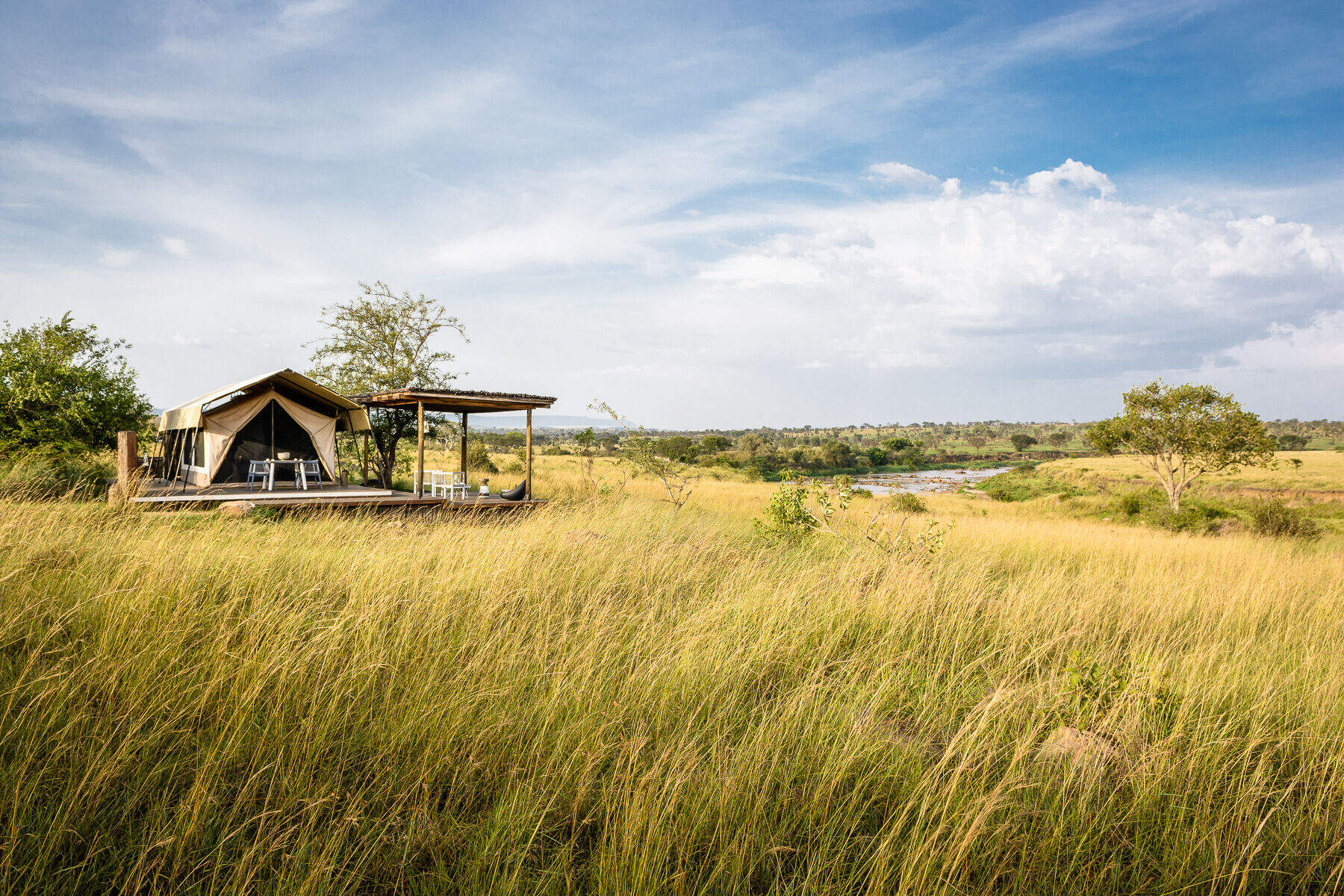
Singita Mara River
Singita Mara River Tented Camp is a luxurious camp in the isolated and rewarding Lamai wedge region of the northern Serengeti.
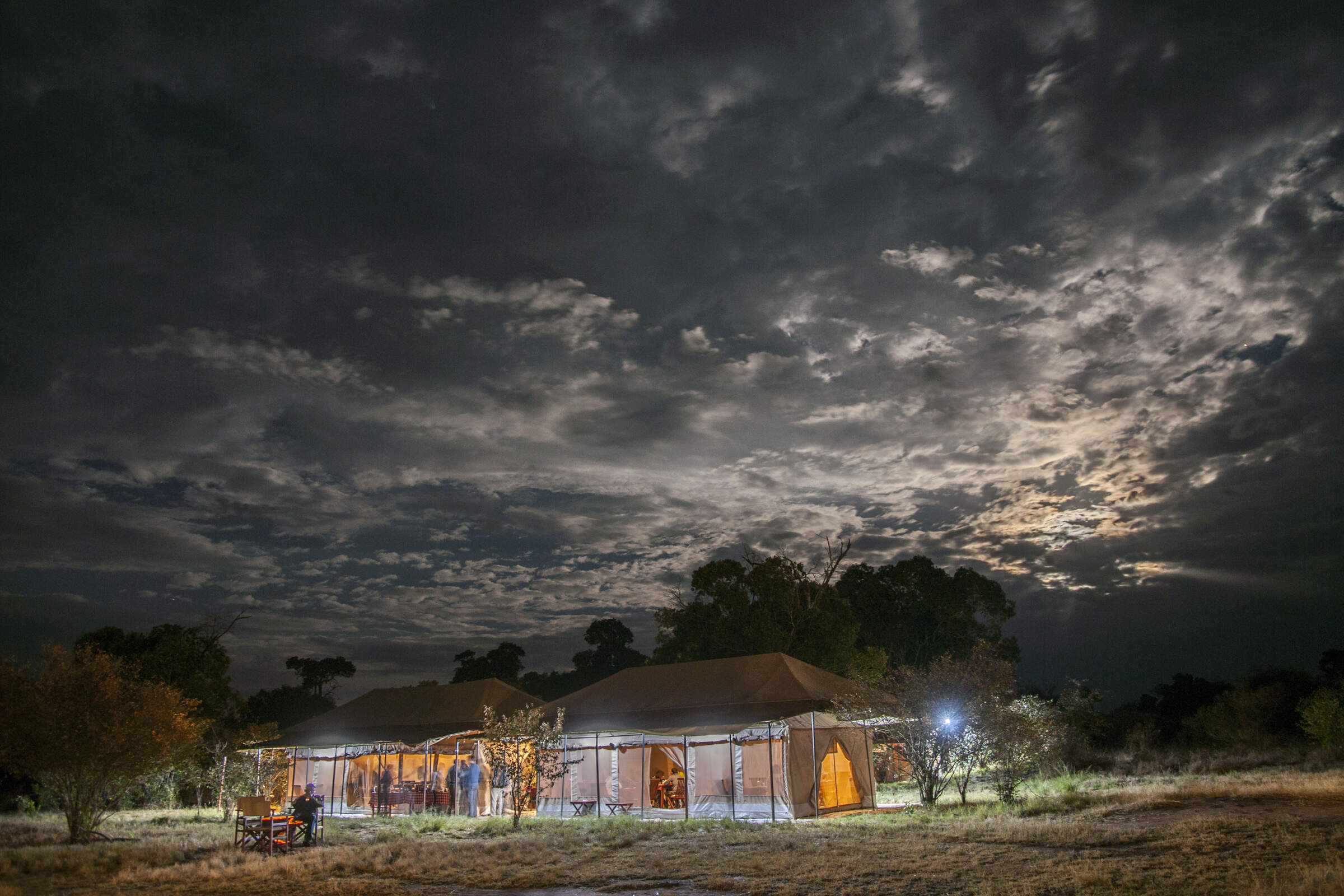
Migration Camp
Serengeti Migration Camp is a smart tented camp, good for the wildebeest migration from Jul–Aug, or to explore the Lobo Kopjes any time.
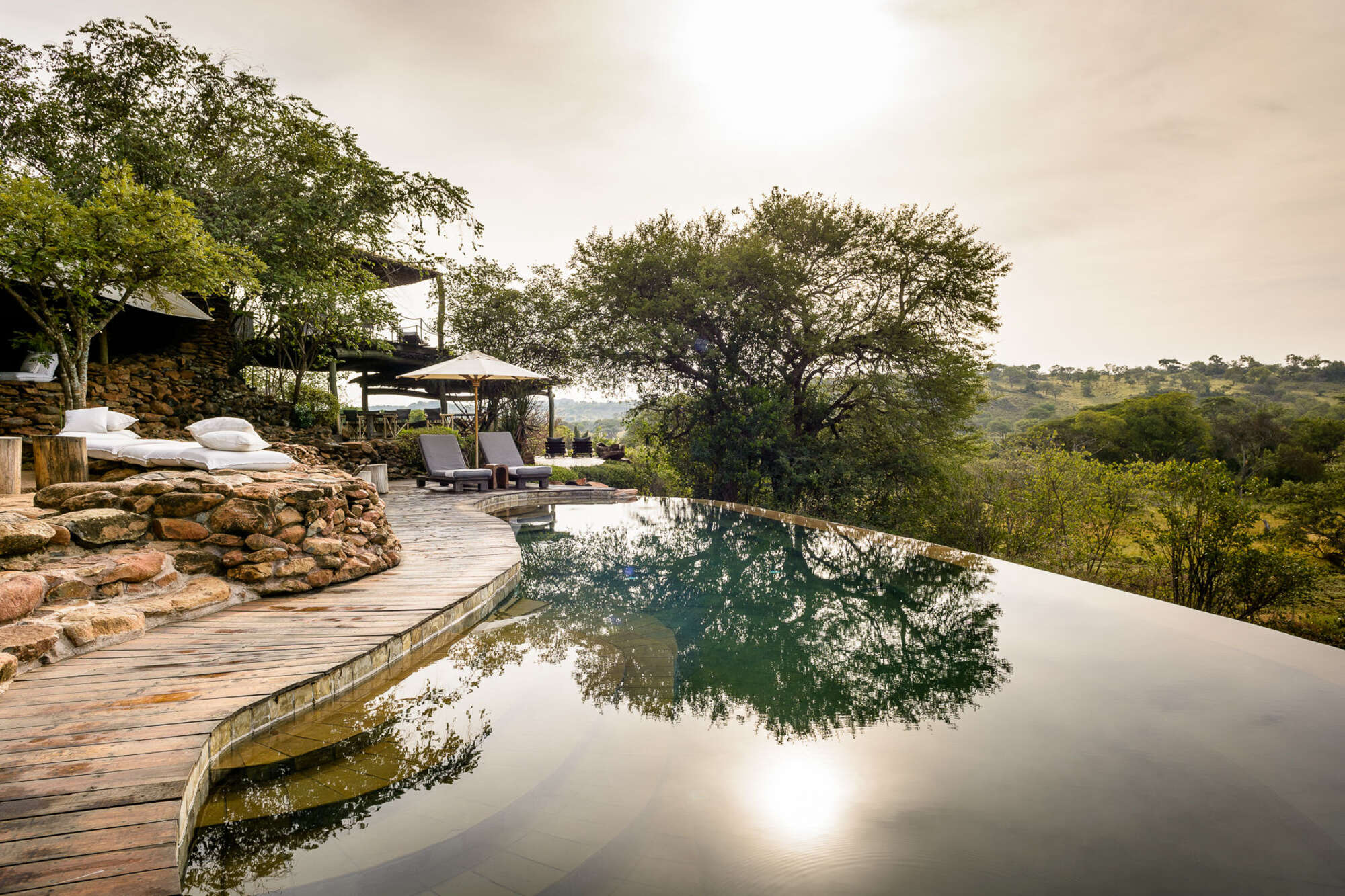
Faru Faru Lodge
On the north bank of the Grumeti River, Faru Faru is a small, chic hideaway in this exclusive corner of the Serengeti.
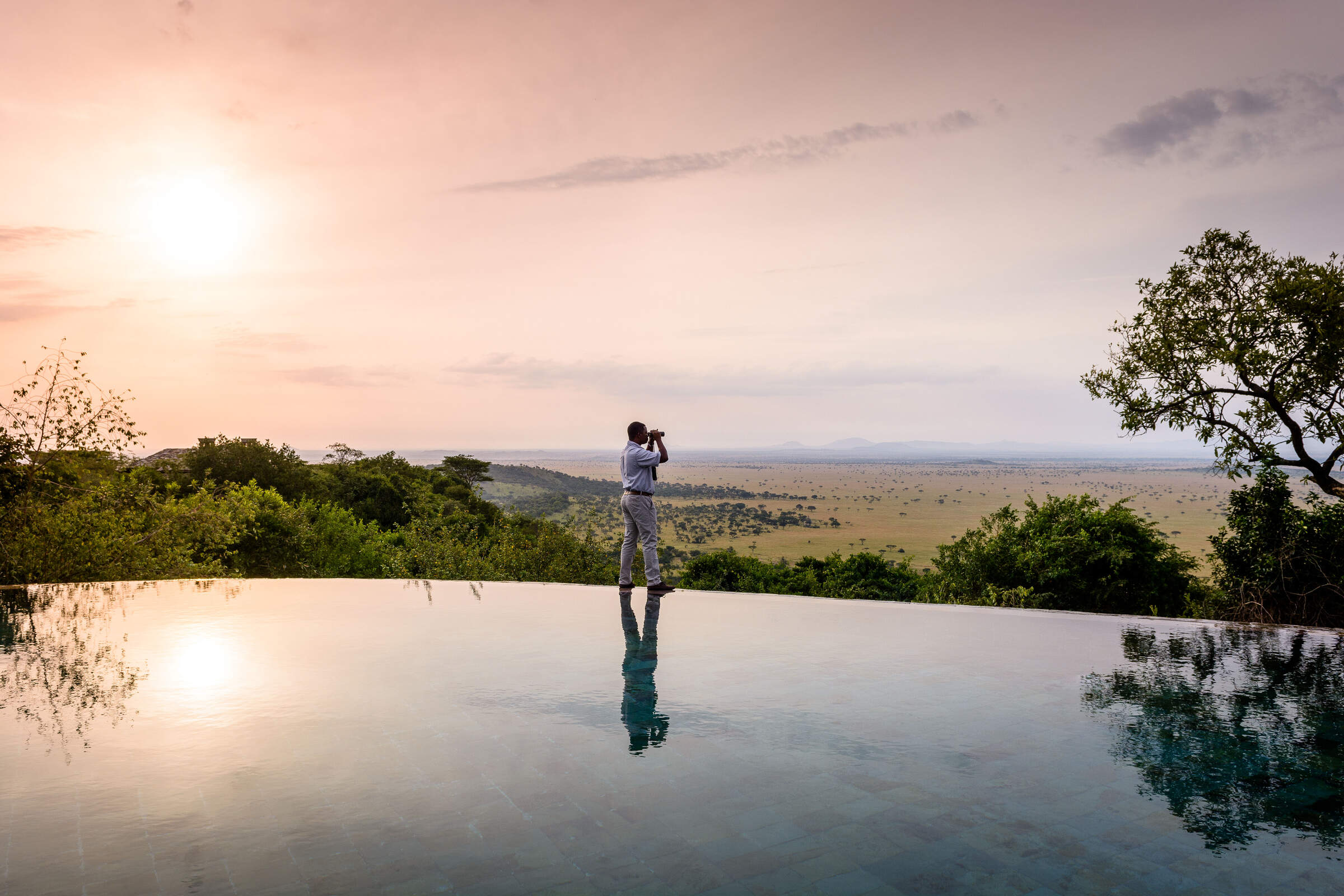
Sasakwa Lodge
On a hill looking over the Serengeti plains, Sasakwa Lodge is grand, luxurious safari camp, one of the most opulent properties in Tanzania.
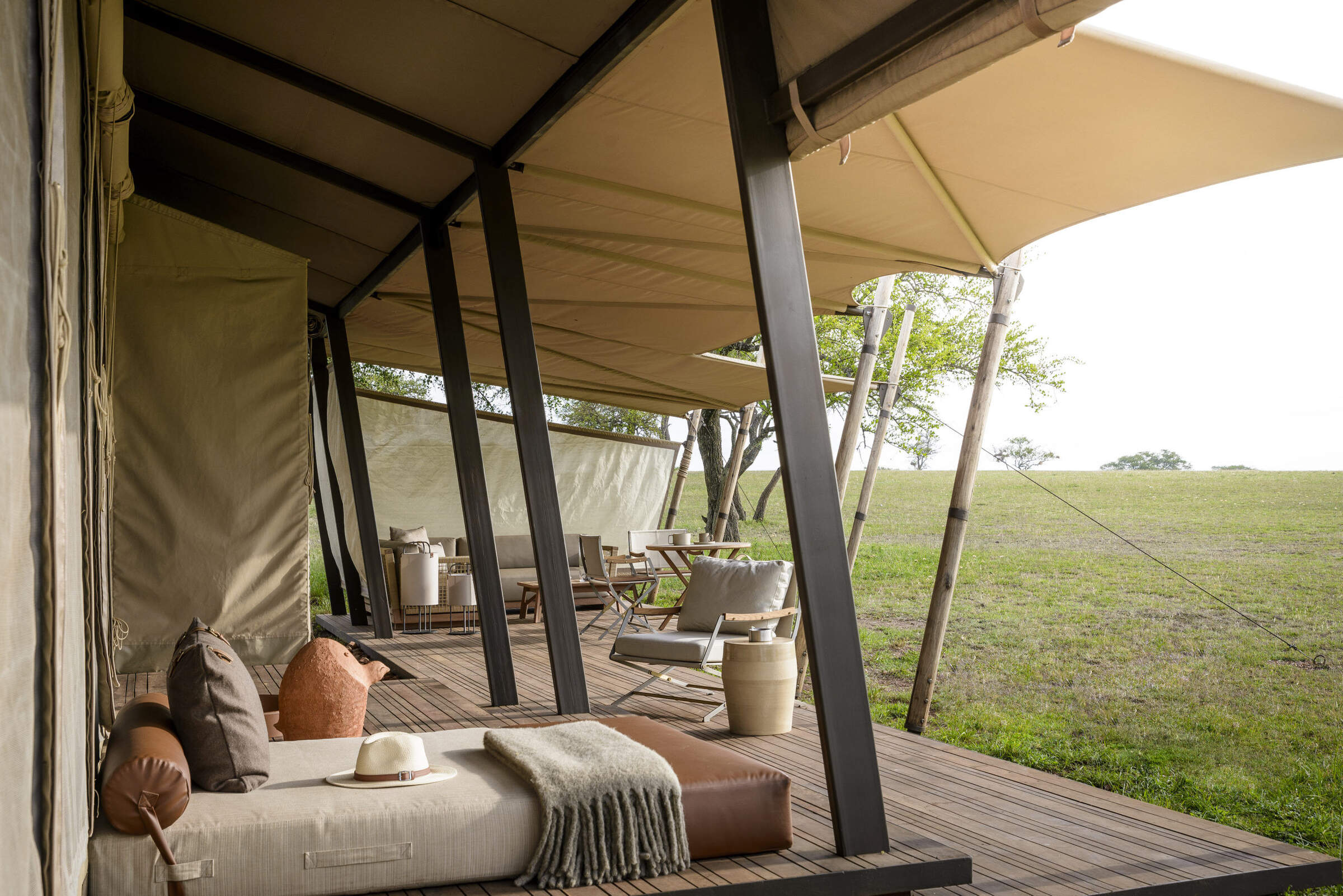
Sabora Tented Camp
Sabora Tented Camp is a smart tented camp – one of the most luxurious, professional and stylish properties to be found in Tanzania.
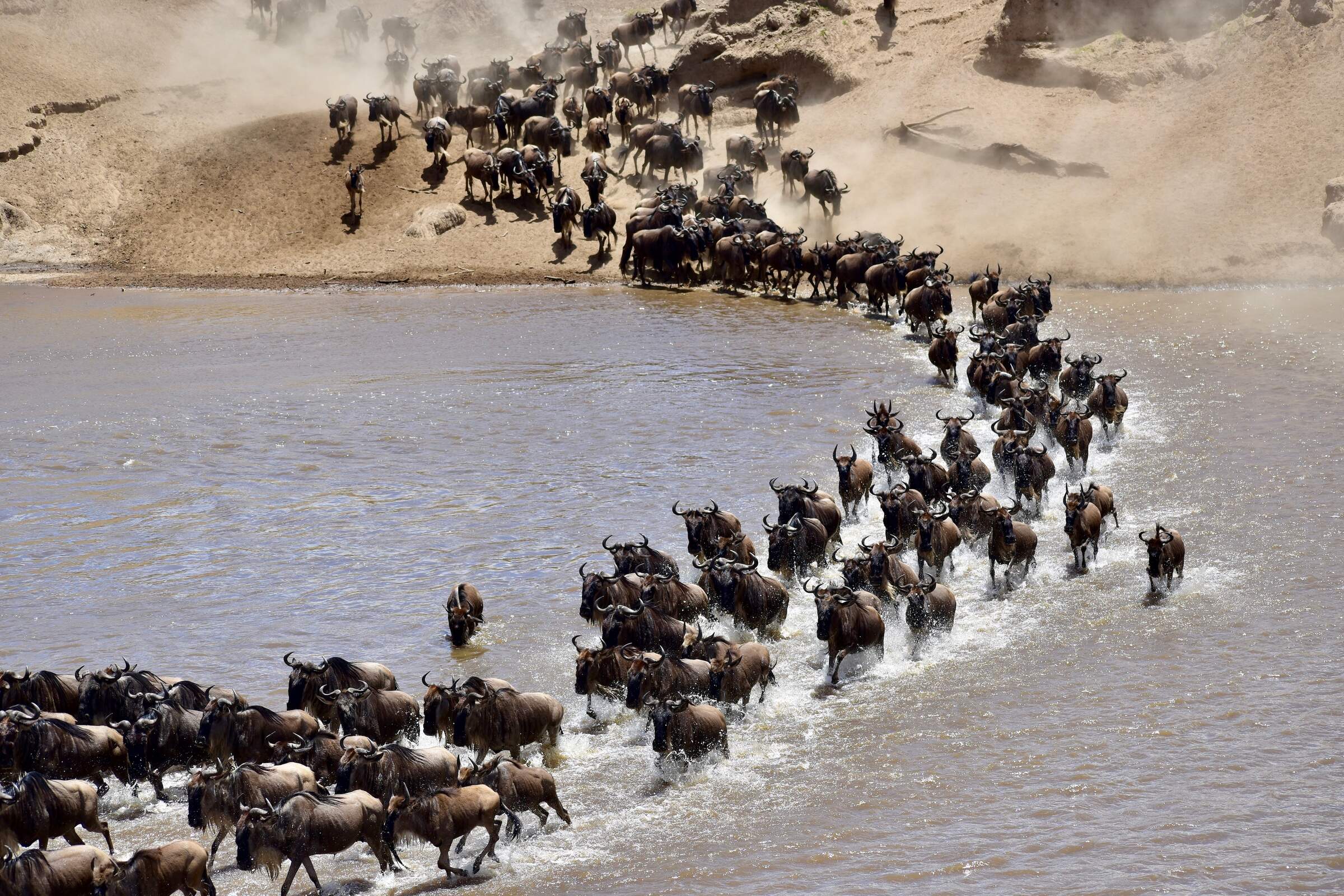
Kirurumu Migration Camp
Kirurumu is a rustic tented camp which moves around the Serengeti twice a year to follow the wildebeest migration.
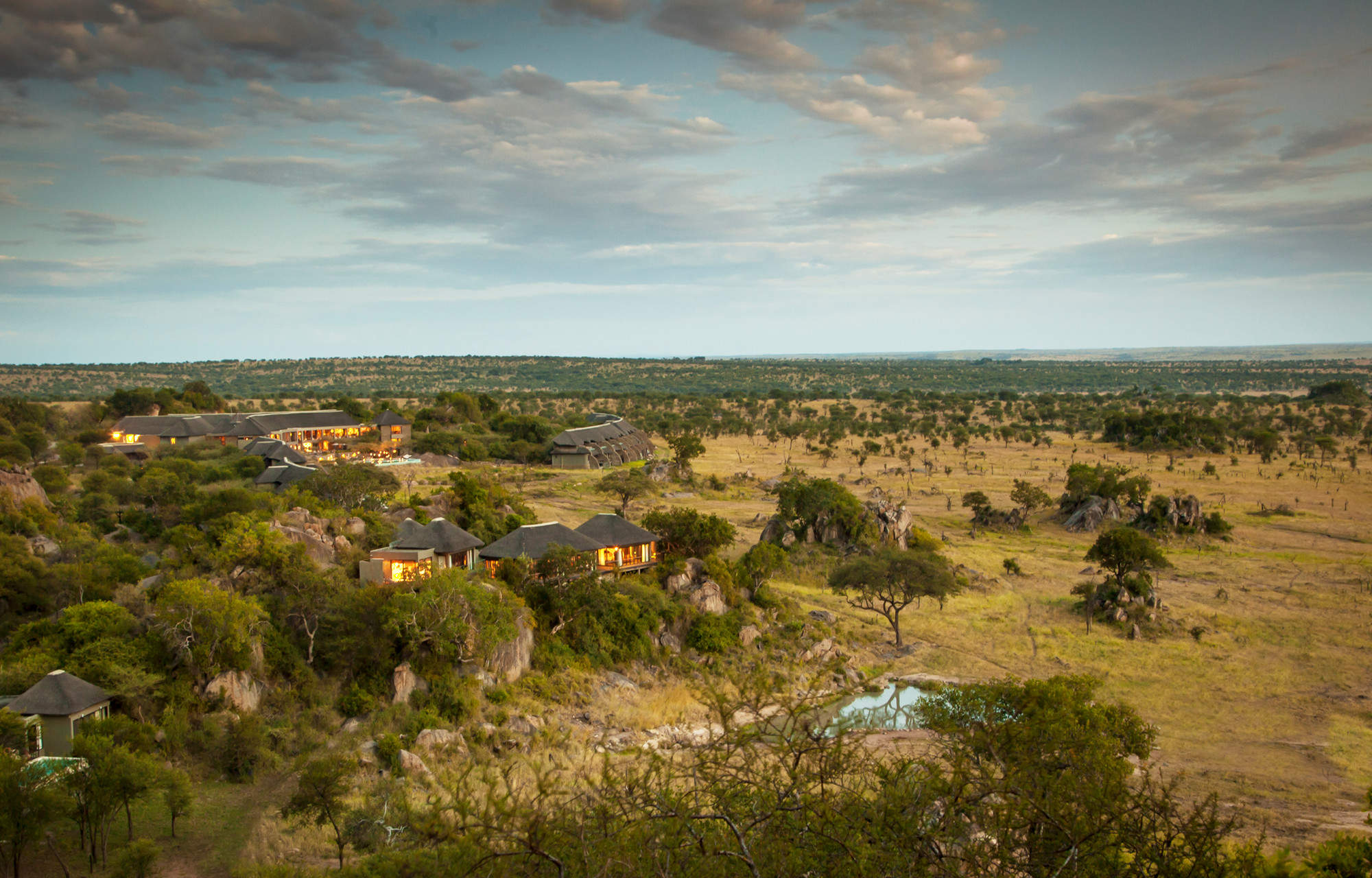
Four Seasons Serengeti
The Four Seasons Safari Lodge is the only hotel in the Serengeti offering international facilities such as a gym, spa and children’s club.
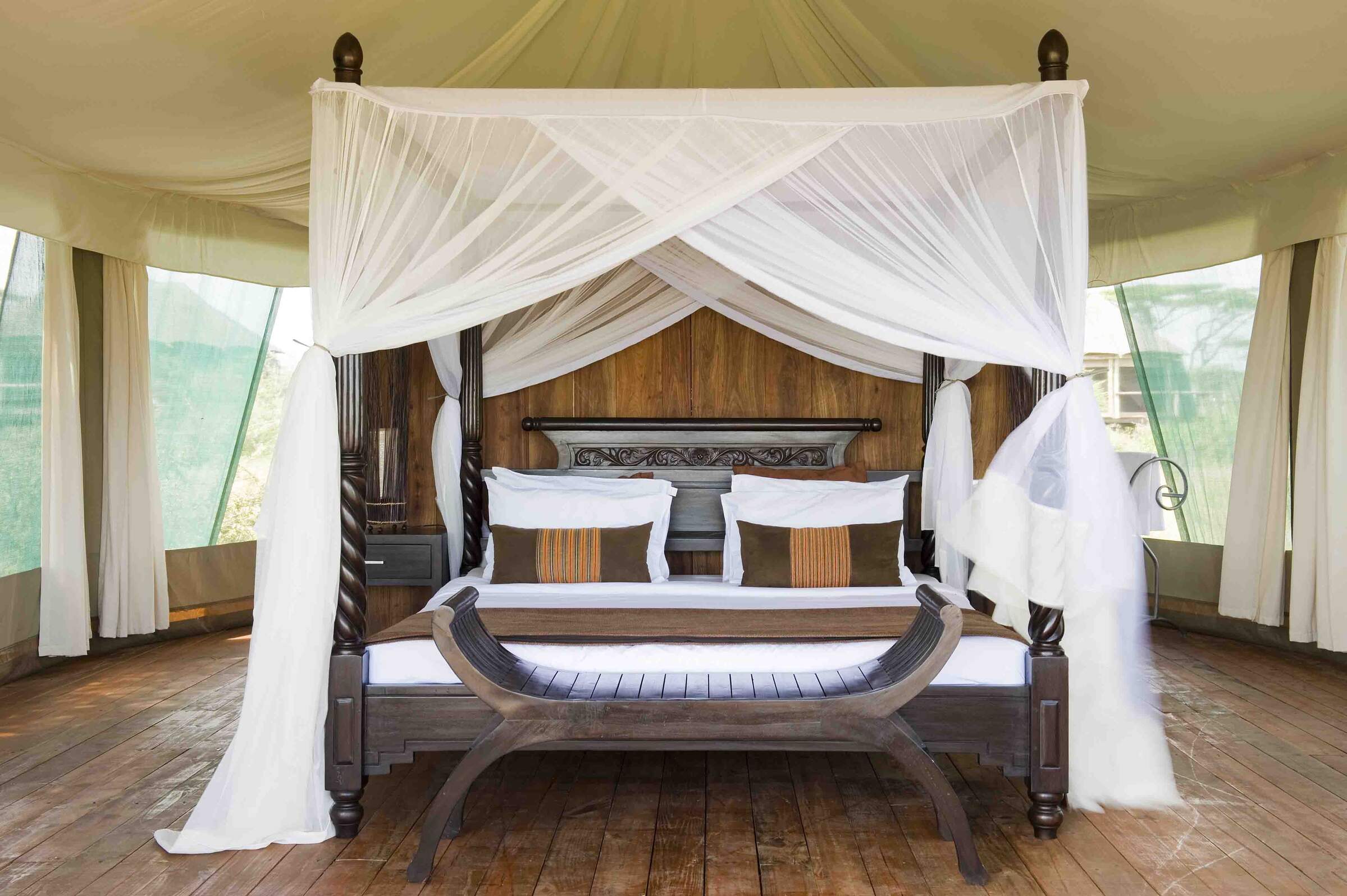
Lake Masek Tented Camp
Ideally located for the wildebeest migration from Dec–Apr, Lake Masek Tented Camp is a good, mid-market safari camp.
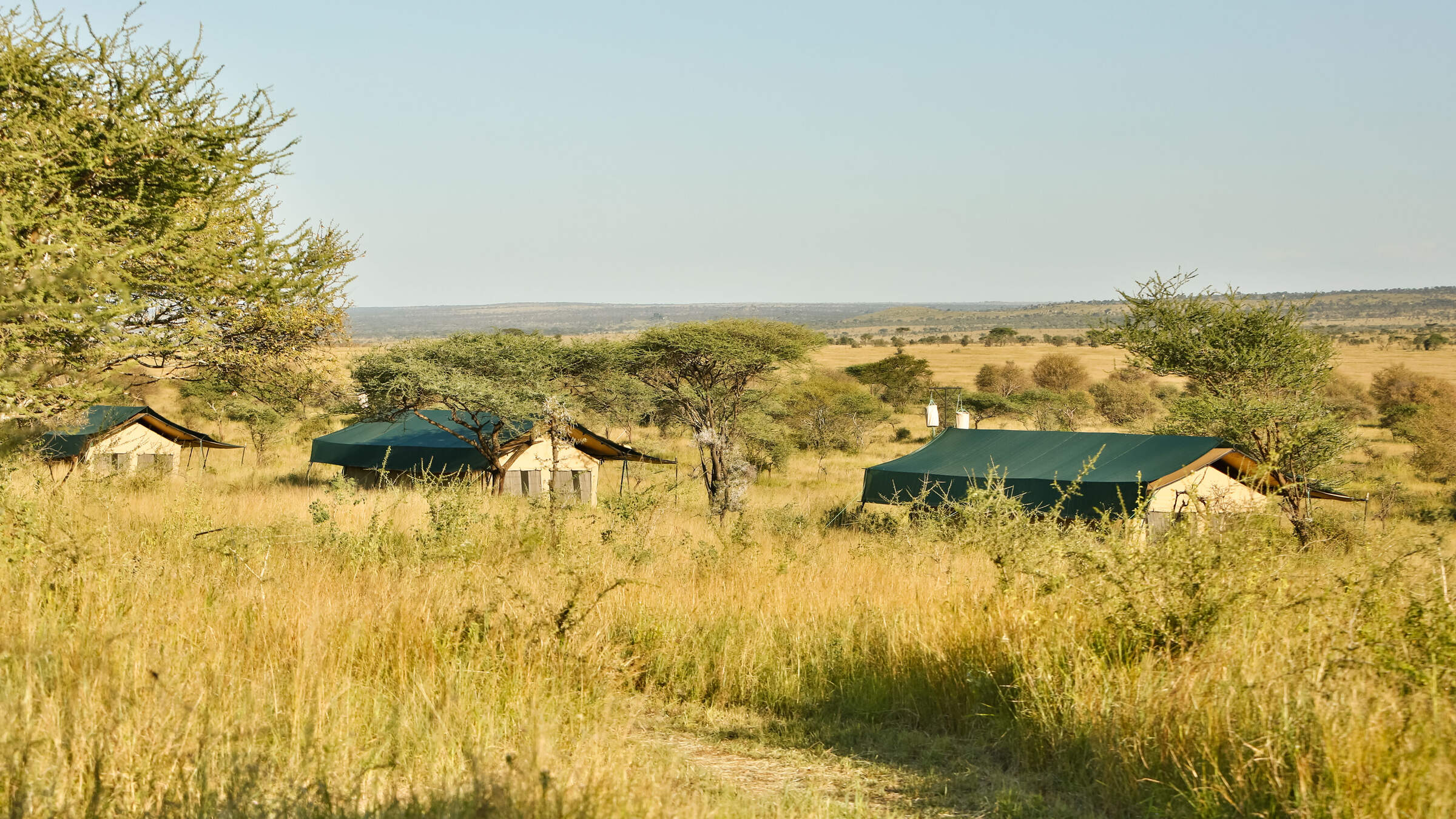
Nyikani Central
Nyikani Central is a comfortable tented camp located in the game-rich Seronera area of the central Serengeti.

Esirai Migration Camp
A season migration camp, with only 8 tents and 1 family tent and plenty of character. Esirai is ideally placed for excellent wildlife and enjoys a simplistic and comfortable under-canvas experience.
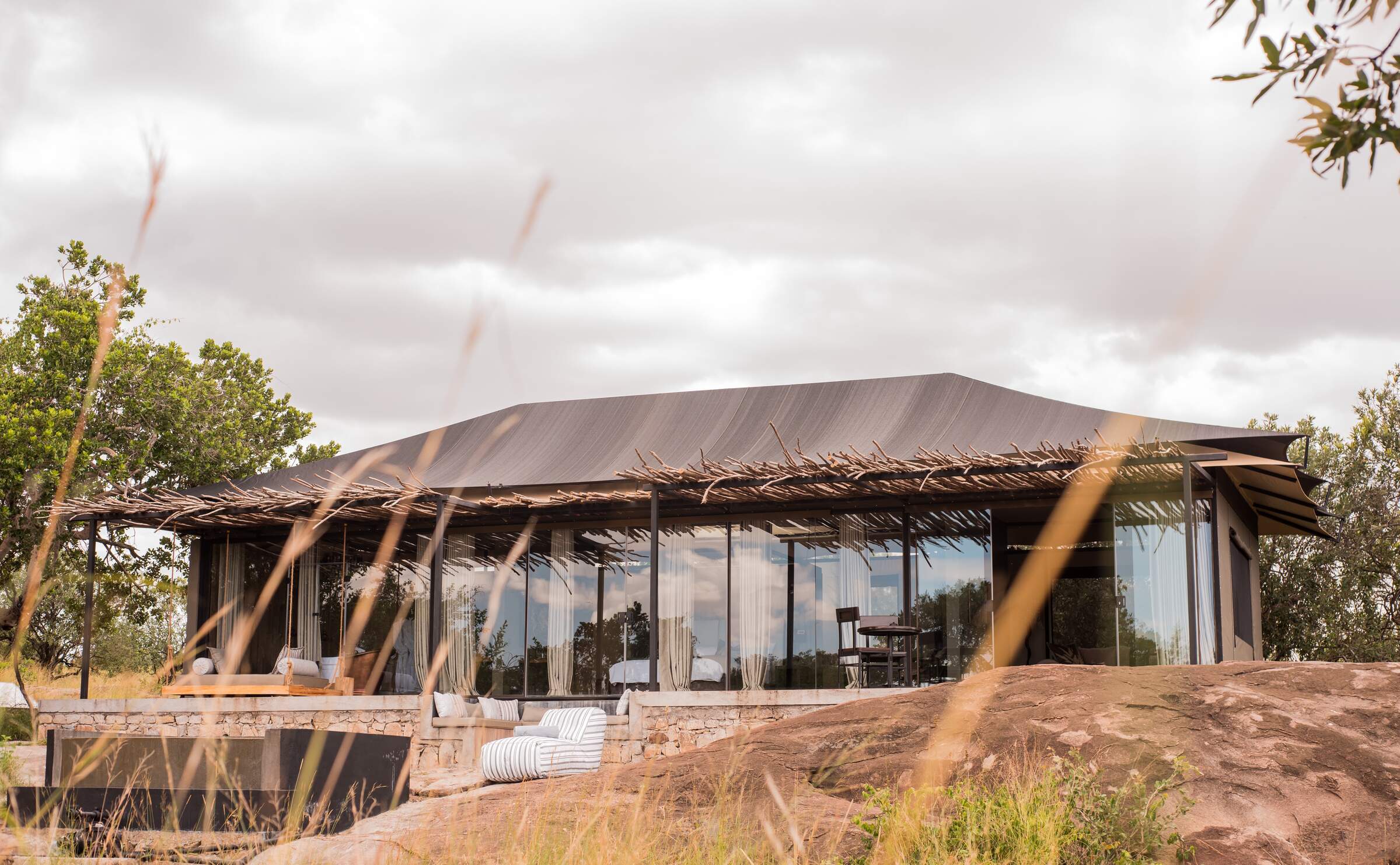
Nimali Mara
Nimali Mara is a luxurious safari lodge in a quiet region of the northern Serengeti with good access to the wildebeest migration.
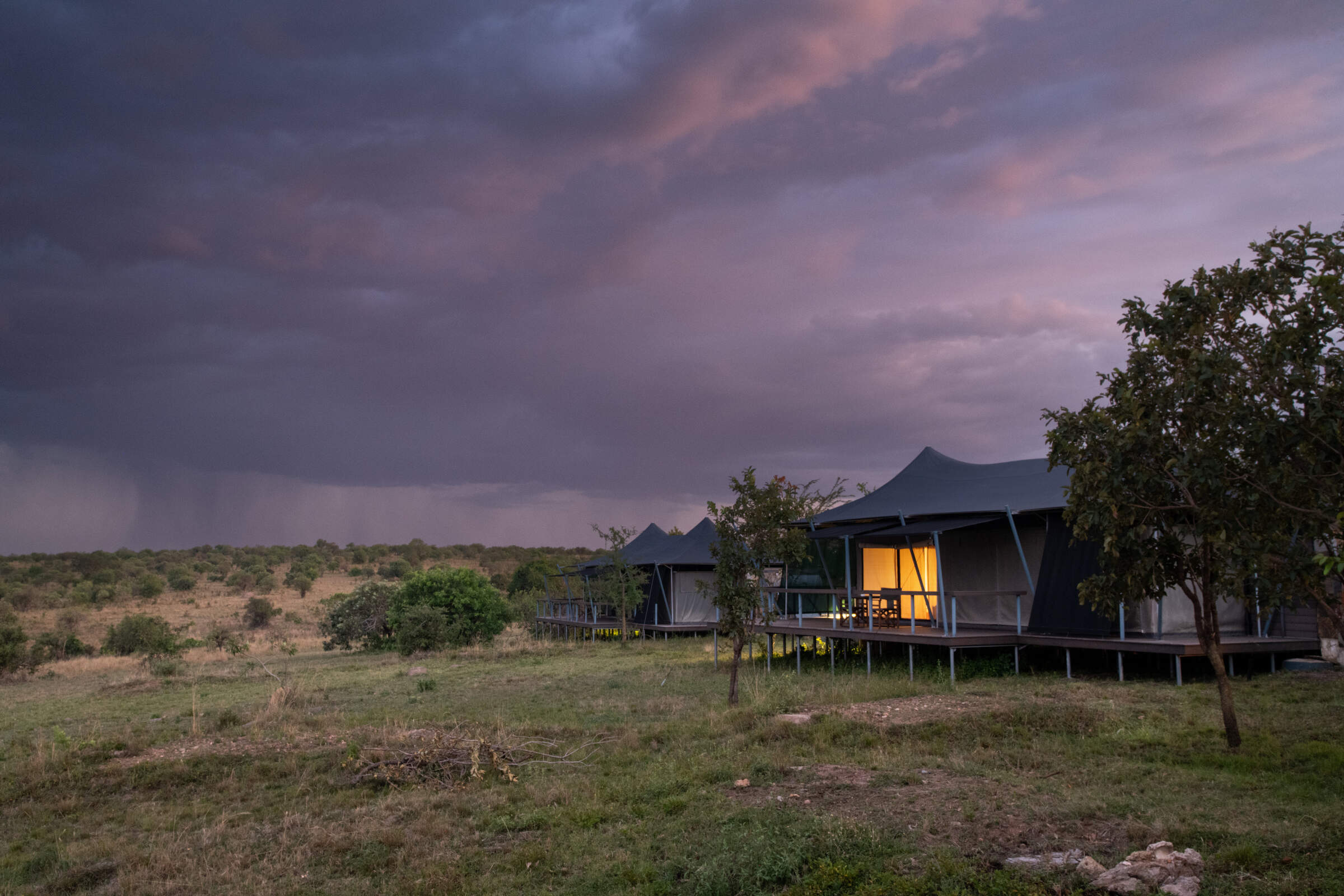
Mara Mara
Mara Mara is a smart tented camp in the northern Serengeti, situated on a small hill close to the Mara River.
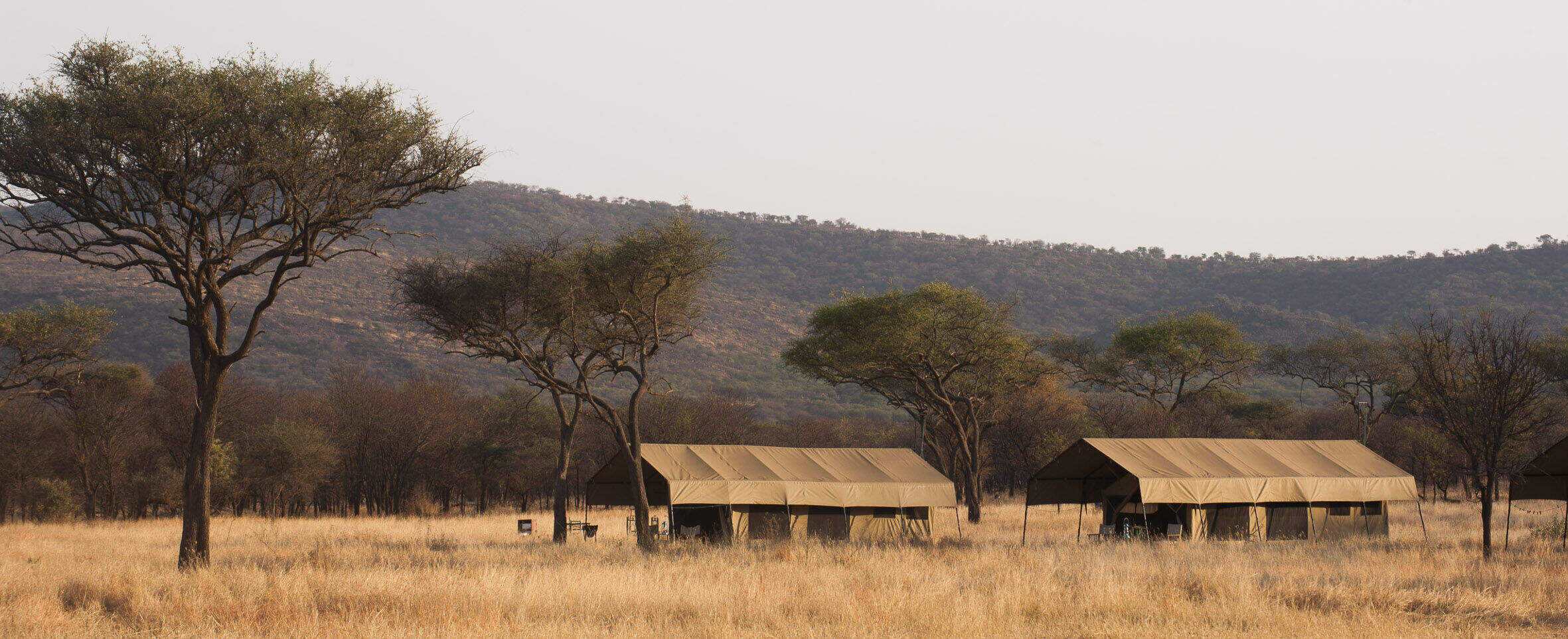
Ndutu Kati Kati
Ndutu Kati Kati is a seasonal tented camp, based in the southern Serenget from Dec-Mar, ideal for the migration as it passes through.

Olduvai Camp
Olduvai Camp lies between Ngorongoro and the southern Serengeti plains. It's a good base for the southern plains during the rainy season.
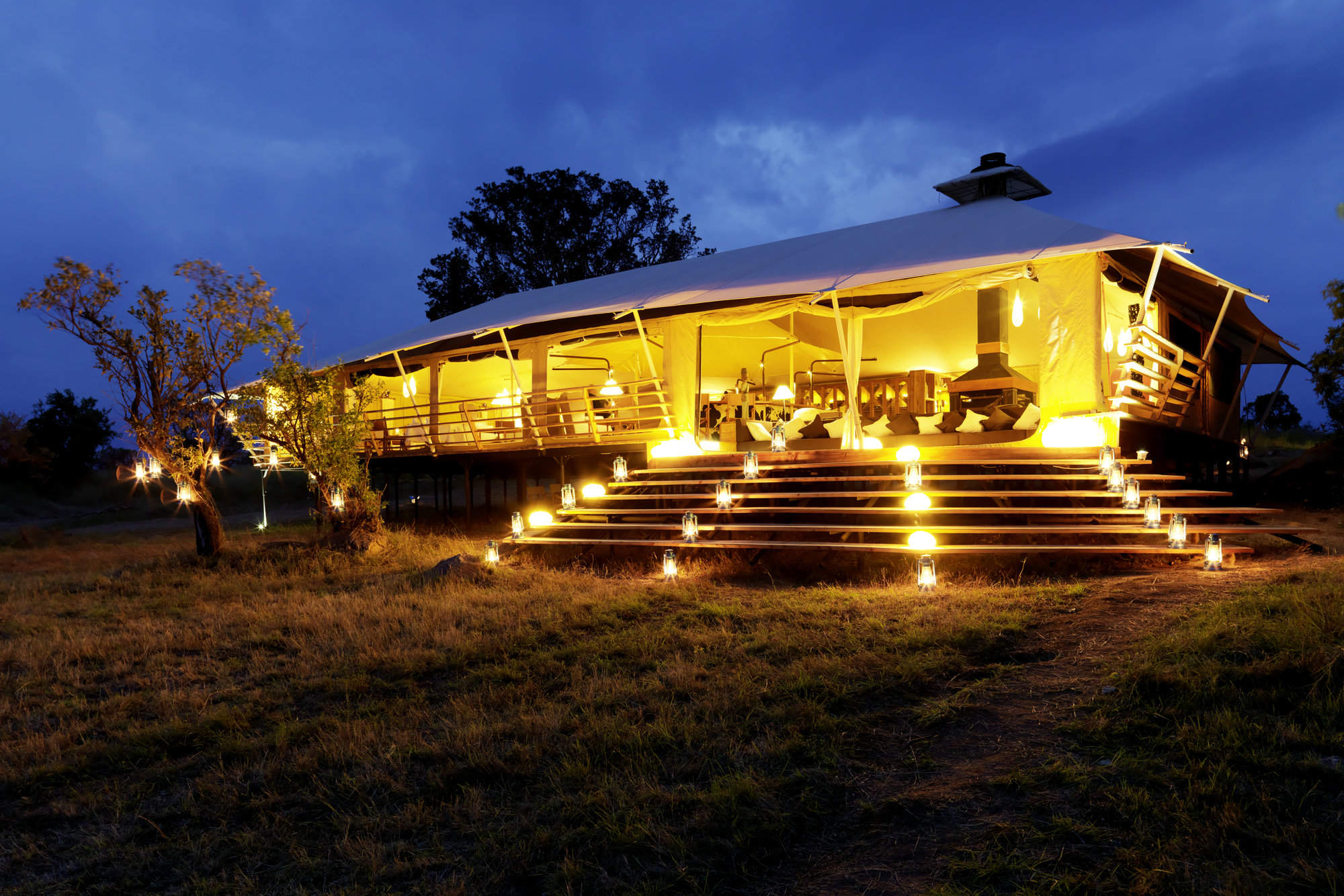
Bushtops
Serengeti Bushtops is a permanent luxury camp in the northern Serengeti, with spacious and private tents with their own hot tubs.
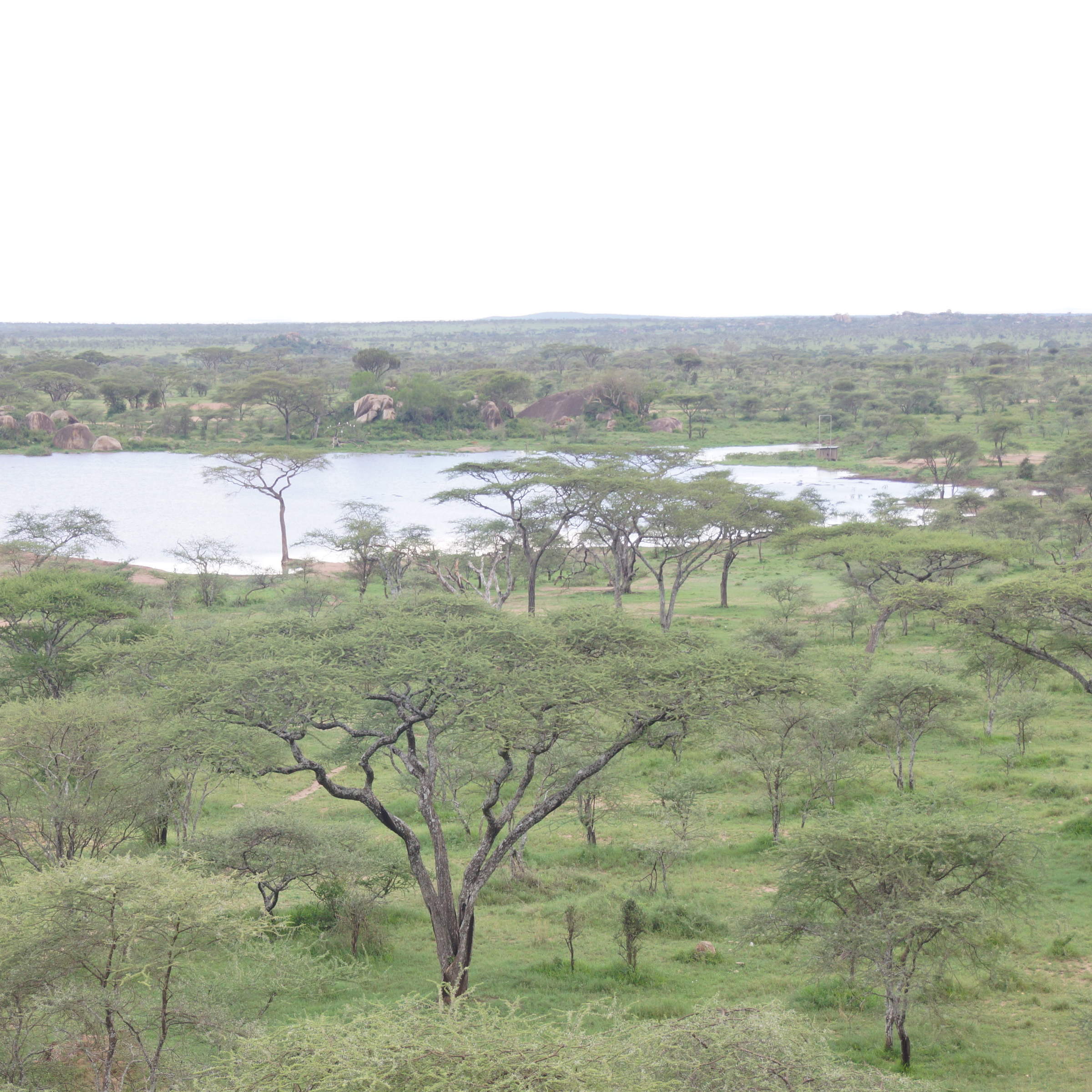
Seronera Wildlife Lodge
Seronera Wildlife Lodge is large hotel-style safari lodge in the heart of the Serengeti, offering good value and a great location.
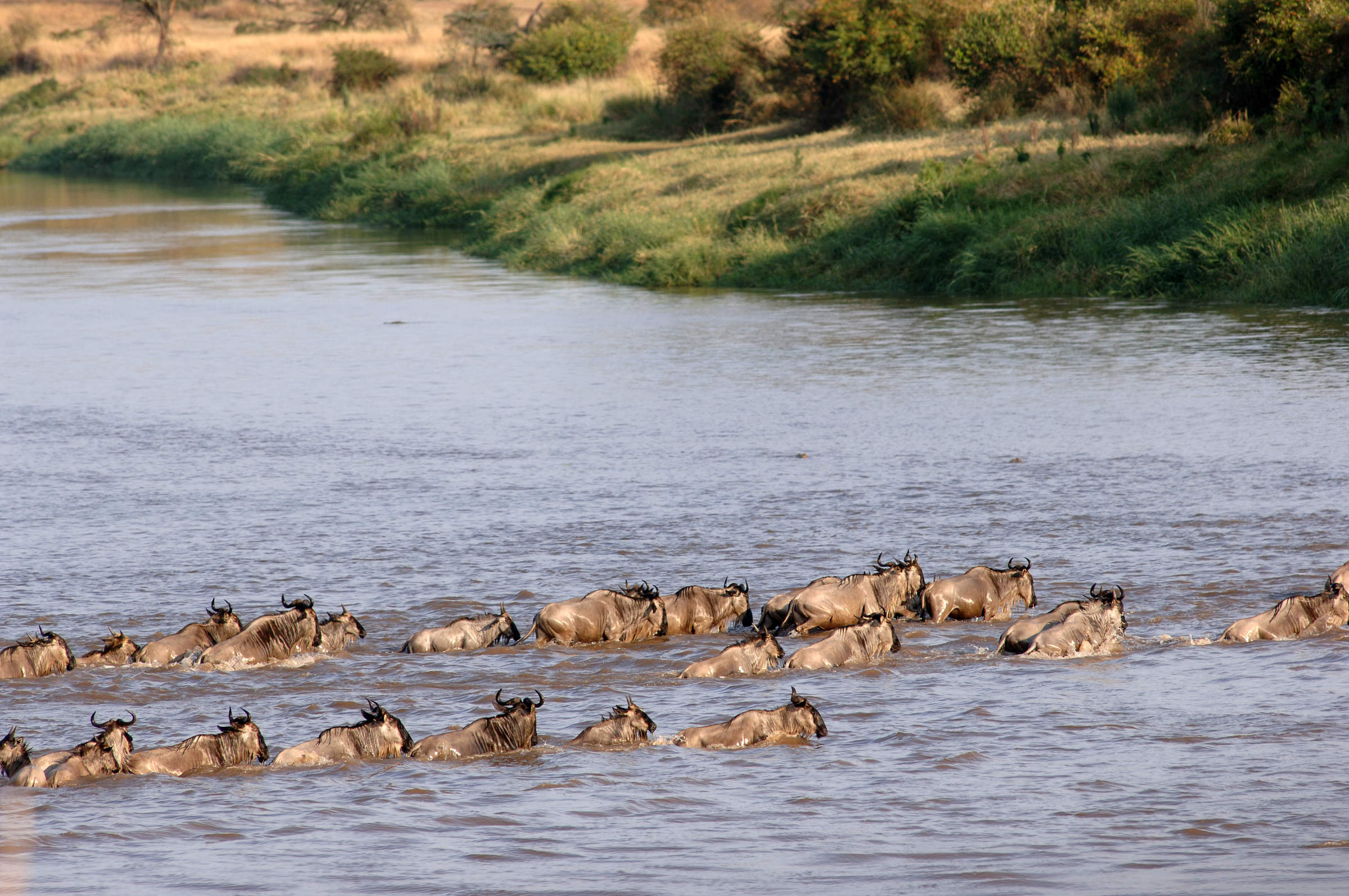
Mara Kati Kati
Mara Kati Kati is a simple bush camp in the northern Serengeti, based from Jul-Oct near the Mara River for the wildebeest migration.
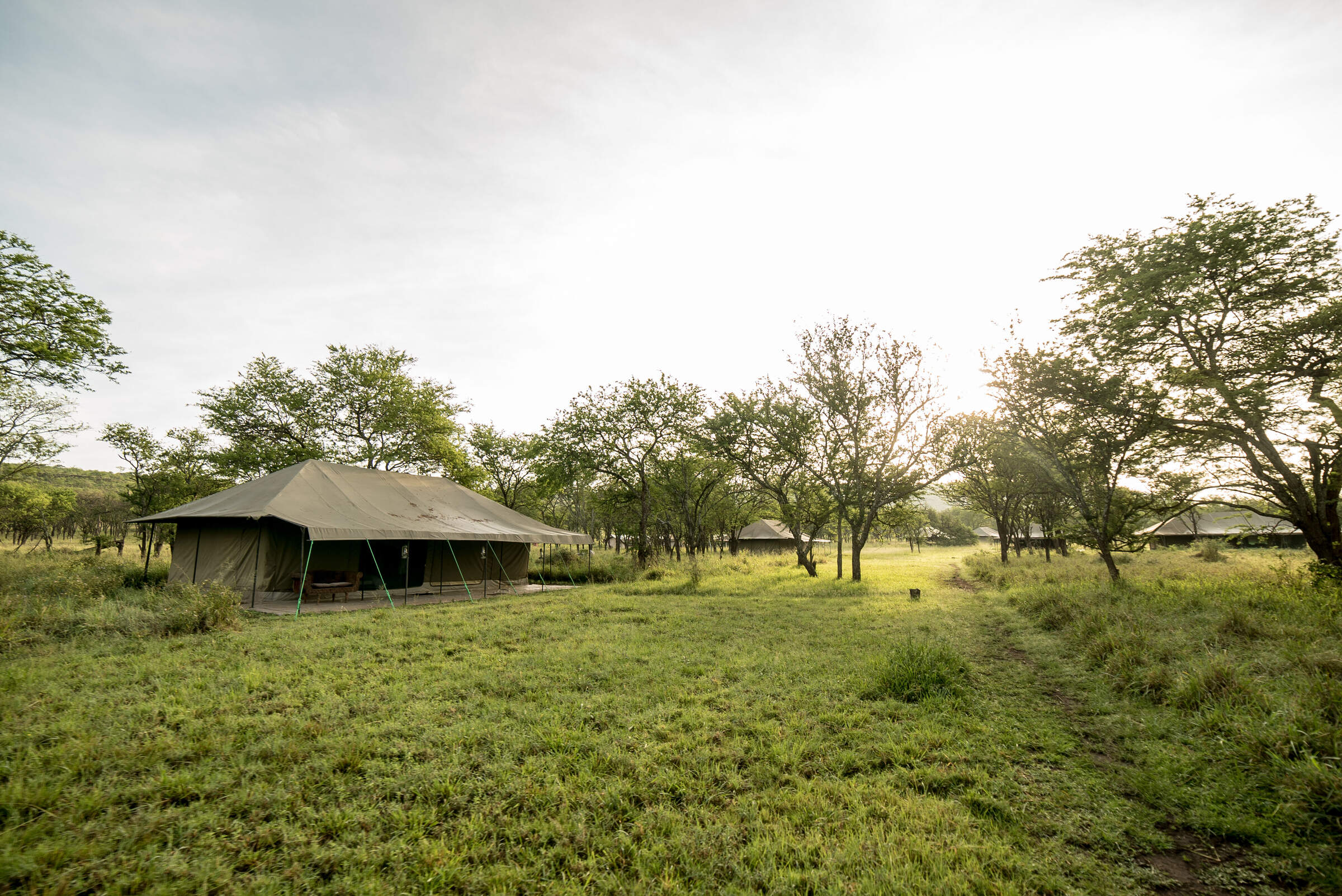
Nasikia Naona
Naona Camp is a small tented camp, located in the Moru Kopjes, west of the Serengeti central area
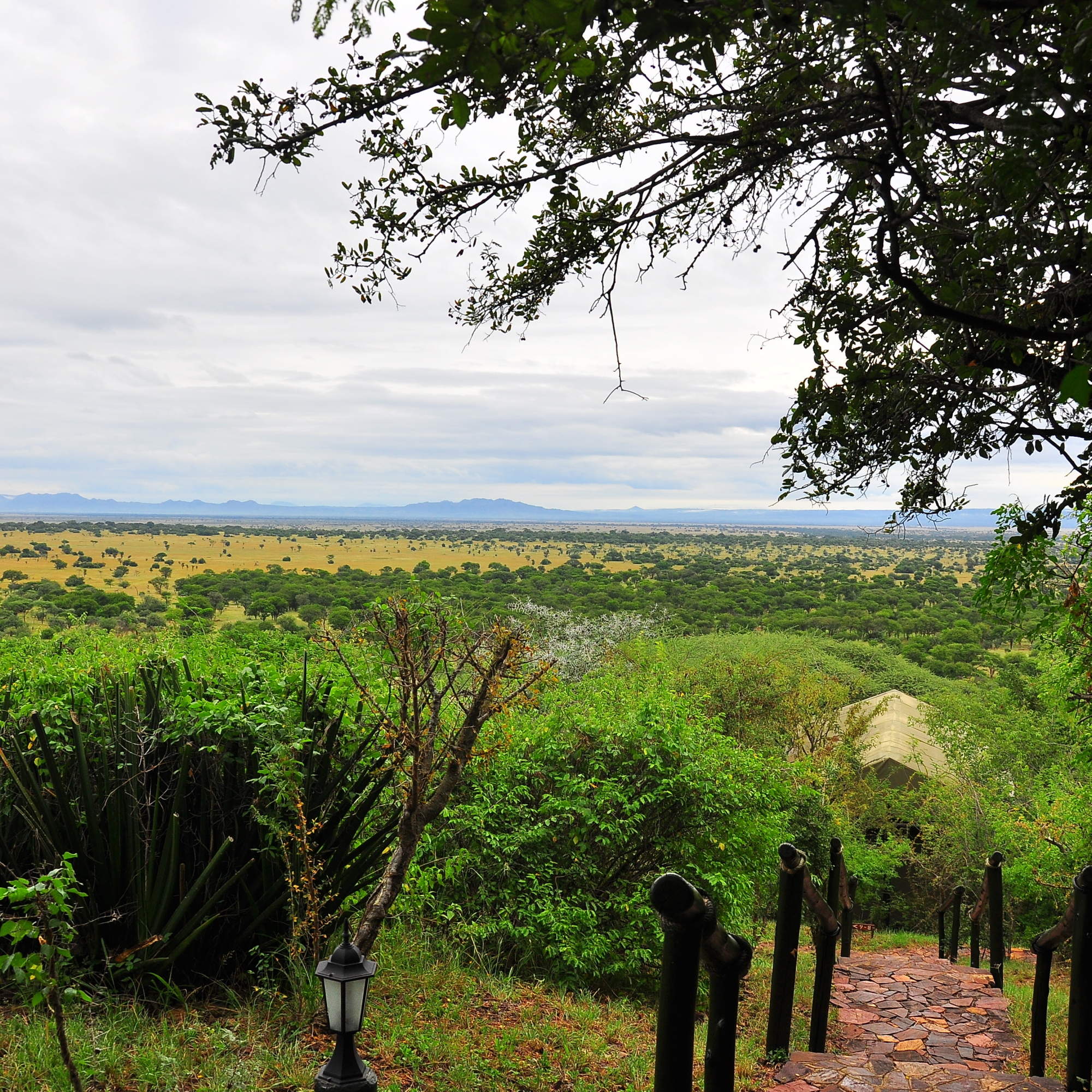
Kirawira Camp
Set high on a hill, in the Serengeti's western corridor, Kirawira is a relatively large tented camp in the Serena group.
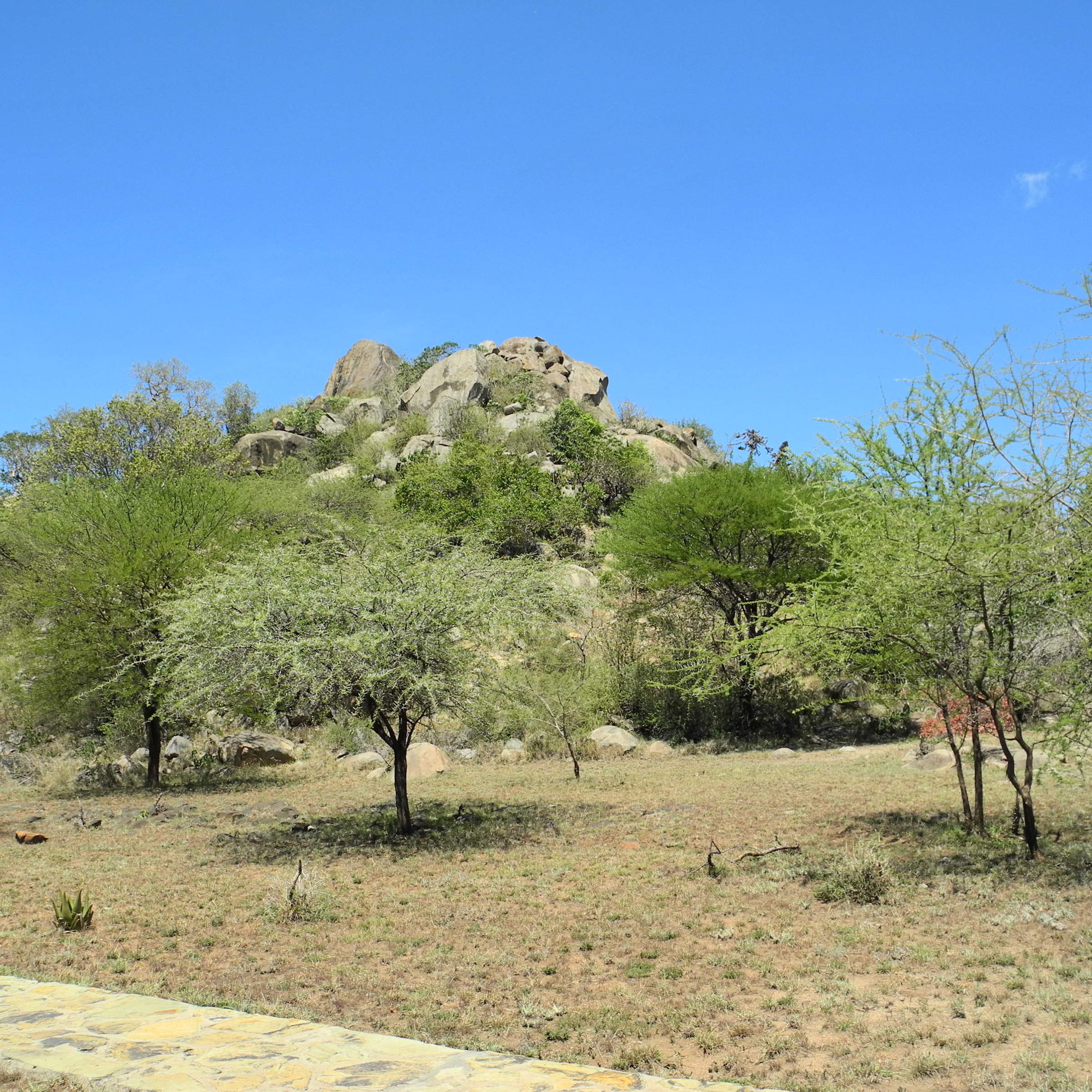
Mbuzi Mawe
Mbuze Mawe is a comfortable tented camp in a convenient, central-north location when driving through the Serengeti.
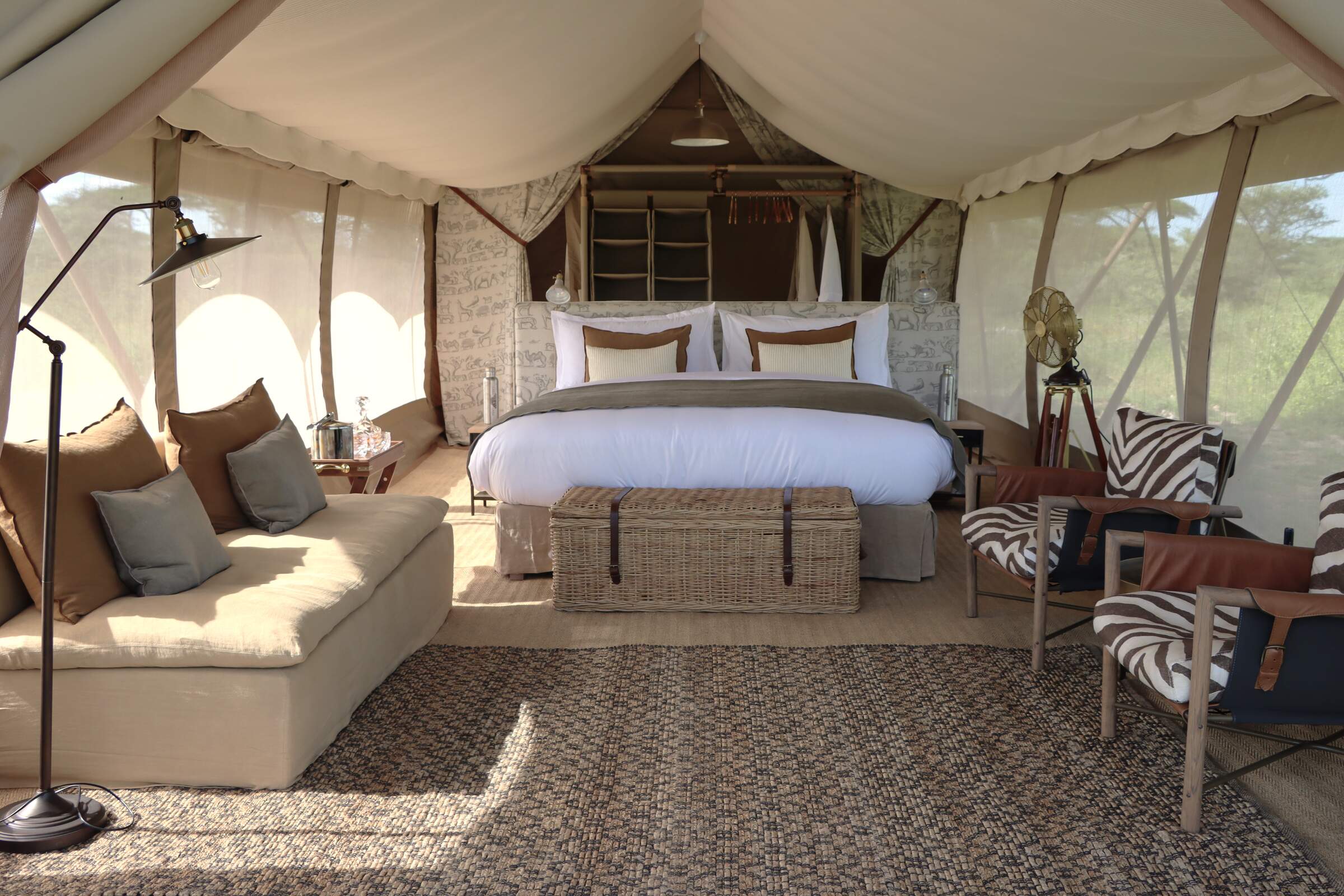
Laba Migration Camp
A luxury mobile camp that moves between the Western Corridor, Mara River and the southern Ndutu area, in line with the wildebeest migration.
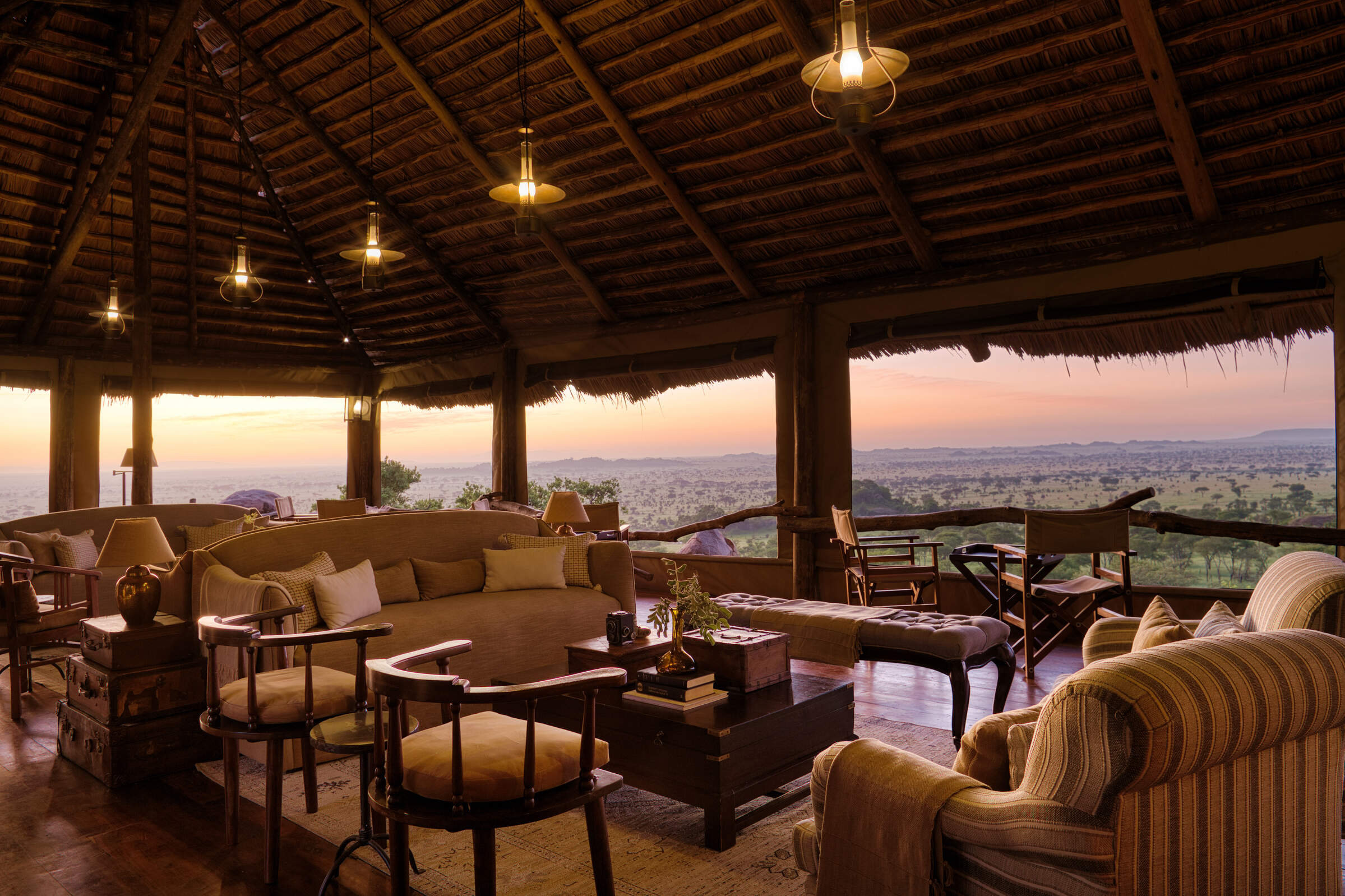
Serengeti Pioneer Camp
Serengeti Pioneer Camp is a luxurious tented camp in the central Serengeti, styled on African explorers' camps of the early 20th century.
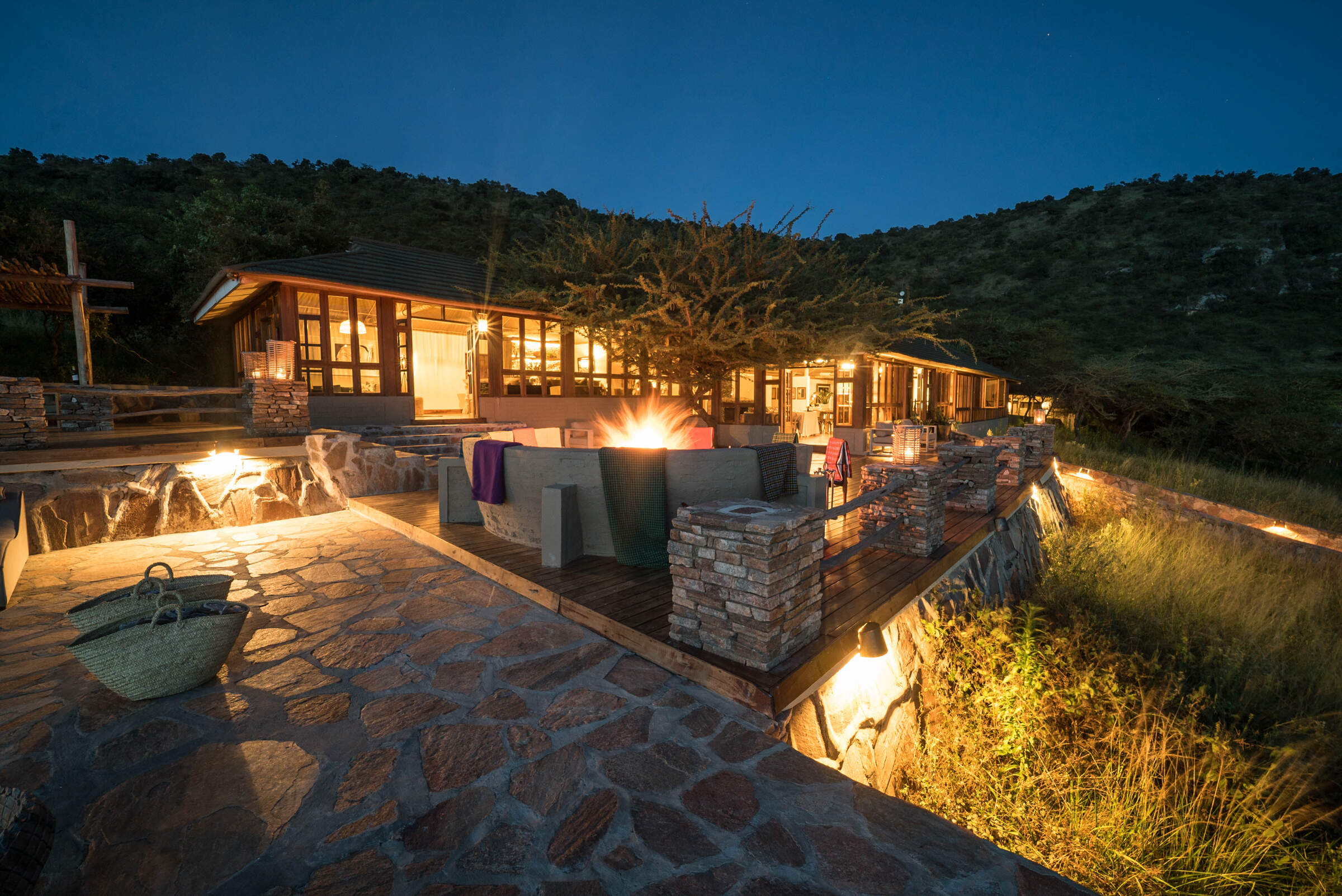
Taasa Lodge
Taasa Lodge is a slightly quirky option offering guided walks and night game drives, which are not permitted in Serengeti National Park.
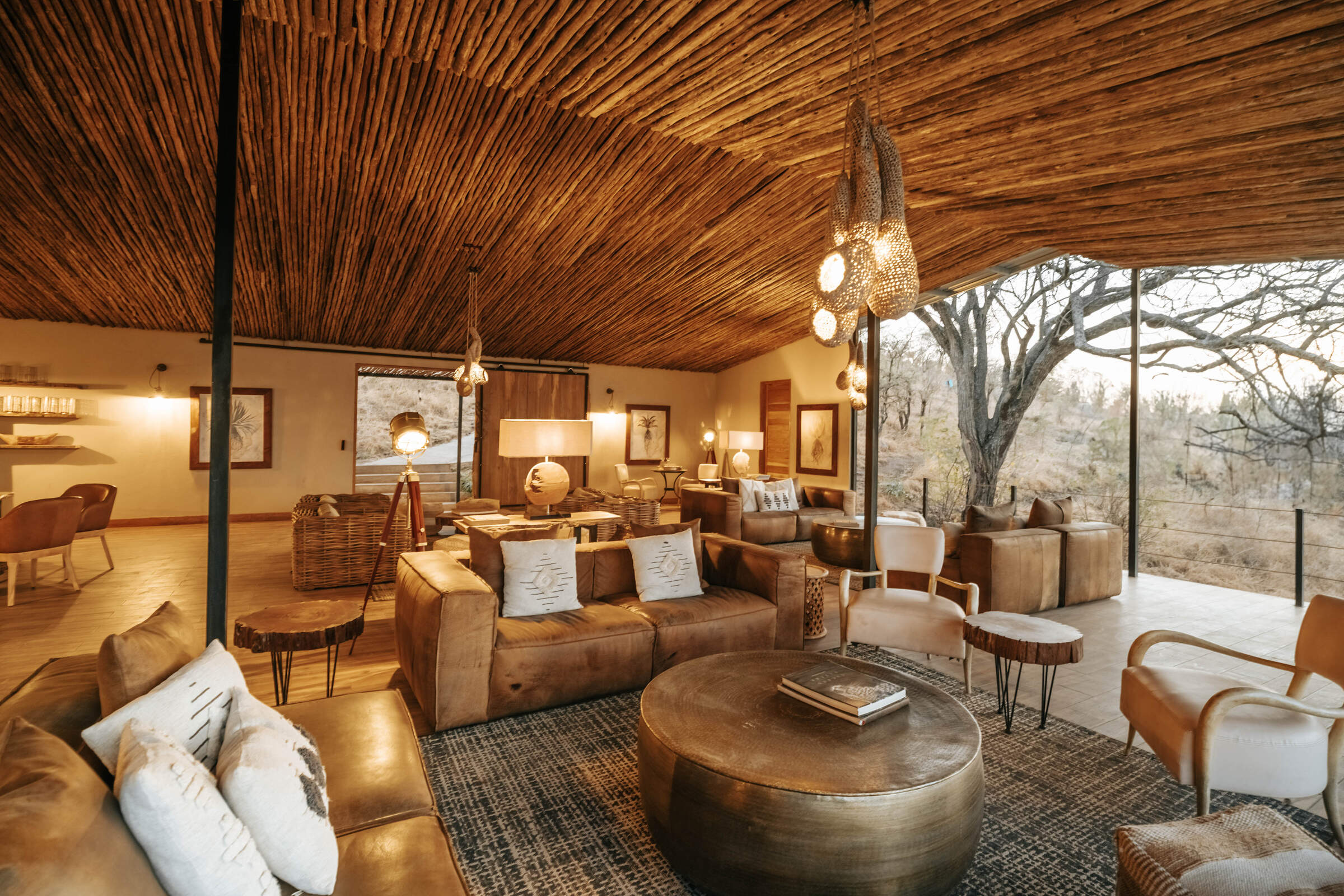
Nimali Serengeti
Opened in July 2017, Nimali Serengeti is a smart, permanent tented camp located in the Seronera area of the central Serengeti.
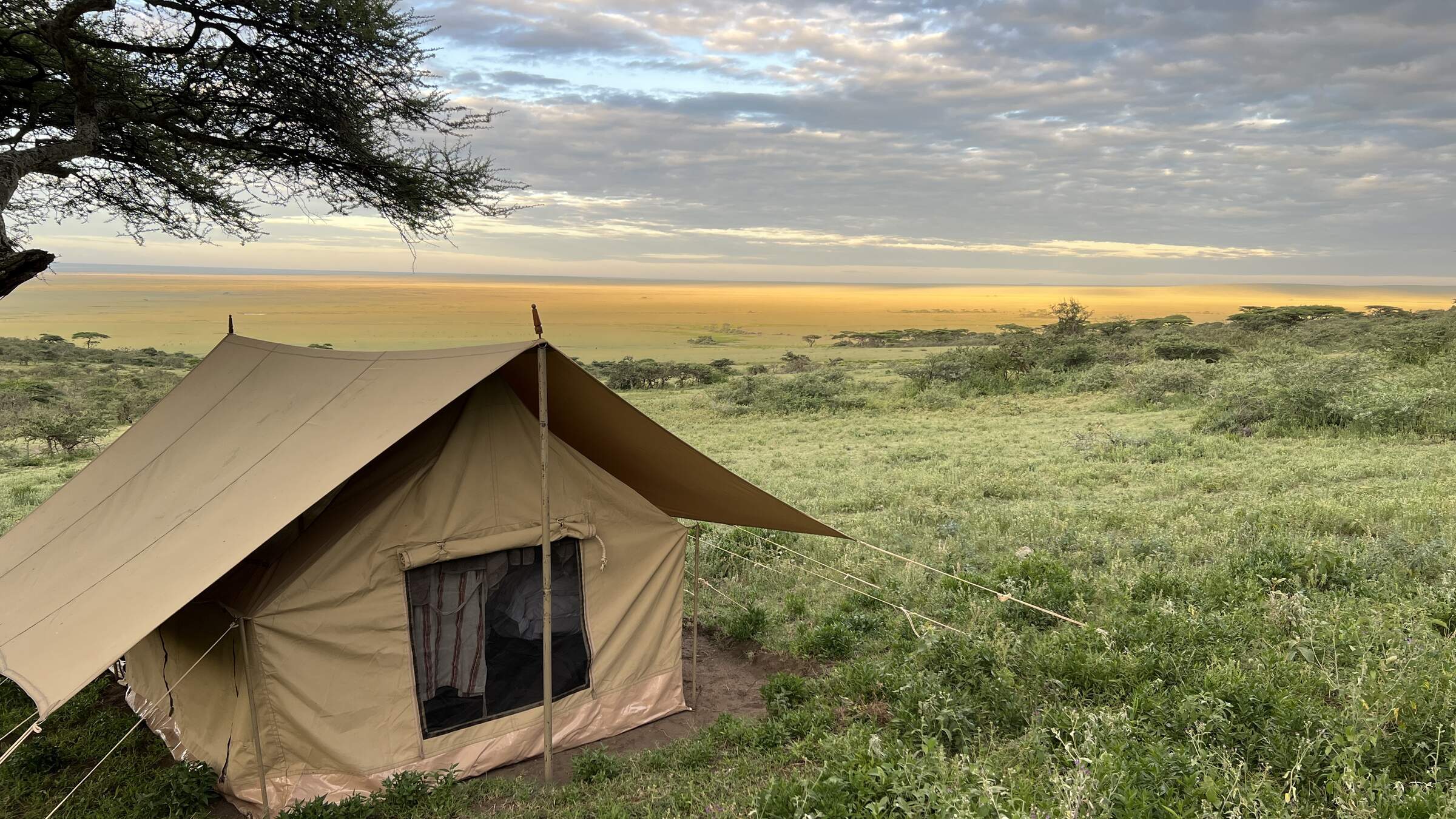
Nomad Walking Camp
Nomad Expeditionary Walking Camp is a simple camp of up to three tents, plus infrastructure, that changes location to allow guests to do substantial walks between campsites.
When to go to Serengeti Migration Area
Our month by month guide: What it's like to visit Mwiba Lodge in Serengeti Migration Area
Jan
Feb
Mar
Apr
May
Jun
Jul
Aug
Sep
Oct
Nov
Dec
Serengeti Migration Area in January
January marks the start of the Serengeti’s short dry season. In the southern plains, the wildebeest calving season takes centre stage, drawing both predators and eager wildlife enthusiasts. The weather is generally clear and sunny, with rising temperatures, though occasional rainfall may still occur in the southern areas. Birdwatching is particularly rewarding during this time, with resident species in their breeding plumage and migratory birds adding to the variety.
The far southern plains of Ndutu coupled with the central Seronera area remains a reliable choice for game viewing, with lions and cheetahs frequently sighted on the hunt. While the park can be busier early in the month due to New Year visitors, it often becomes quieter later, providing excellent value and a more peaceful experience. Patience may be needed during game drives, as some wildlife becomes more dispersed.
- Variable weather: clear, dry or rainy
- Thunderstorms may occur occasionally
- Prime birding season with migrant species
- Wildebeest gathering in southern Serengeti
- Busy early, quieter later in the month
Our view
A good time to visit, with pros & cons
Weather in January
Serengeti Migration Area in February
February in the Serengeti is hot, with daytime highs reaching around 33°C/91°F, but cooling down significantly in the evening and overnight. It's an excellent time to visit as the northern circuit is comparatively quieter than during peak seasons. The wildebeest calving season, typically occurring in a two-three week window in early-mid February, is a major attraction. Thousands of calves are born daily, attracting a significant number of predators, creating an intense yet fascinating spectacle.
Birdlife is equally vibrant, as migratory species from the northern hemisphere join the park's resident birds. The Ndutu region is especially active, hosting an abundance of wildlife. Hot air balloon safaris offer unparalleled views of the action below. Despite the midday heat, early morning game drives remain comfortable and highly rewarding.
- Hot and dry weather conditions prevail
- Wildebeest calving in southern plains
- Southern Serengeti busy for migration
- Lush, green landscapes across the park
- Ideal for wildlife photography
Our view
A very good time to visit
Weather in February
Serengeti Migration Area in March
March typically sees the arrival of the long rains in the Serengeti, though the exact timing can vary each year. With water becoming more plentiful, migratory animals begin to spread out, making wildlife spotting a bit more challenging in certain areas. The Seronera Valley remains a reliable choice for sightings, thanks to its consistent water sources.
The rains bring a dramatic transformation to the landscape, with lush greenery emerging across the plains, offering stunning photographic opportunities. Birdwatchers are in for a treat, as many species are in their vibrant breeding plumage. Although some mobile tented camps begin winding down operations in preparation for the next season, visitors can still enjoy the park’s quieter atmosphere and its renewed natural beauty.
- Hot with increasing humidity pre-rains
- Wildlife viewing varies as rains begin
- Park quieter with lower visitor numbers
- Excellent time for bird watching
- Green vegetation provides scenic backdrops
Our view
A good time to visit, with pros & cons
Weather in March
Serengeti Migration Area in April
April tends to be the wettest month in the Serengeti, with rainfall averaging around 250mm. The park is transformed into a verdant oasis, alive with birds, insects, and smaller wildlife. However, the dense vegetation can make spotting animals more difficult. Visitor numbers are at their lowest, allowing for a more exclusive safari experience and there can be some good emerald season bargains to be had.
The wildebeest migration typically begins slowly moving toward the Western Corridor, and patient travellers can witness fascinating sights such as newborn animals and predators on the hunt. Rising water levels make the Retina Hippo Pool particularly active. Birdwatching continues to be excellent, and many lodges offer reduced rates, making it an appealing time for those willing to brave occasional downpours.
- Heavy rains with impressive thunderstorms
- Some camps closed due to weather
- Lowest rates and fewest tourists
- Vibrant greenery, wildlife more dispersed
- Not ideal for general wildlife viewing
Our view
This is not a great time to visit
Weather in April
Serengeti Migration Area in May
As the month of May progresses, the rains start to taper off across the Serengeti and temperatures drop slightly. Visitor numbers remain low, and lodge rates are often highly competitive, making it a great time for more value-conscious travellers. The wildebeest migration usually still heading towards the Western Corridor, with some herds nearing the Grumeti River and others still milling around the central area of the park. Predator-prey interactions become more frequent as animals navigate the changing environment.
The Moru Kopjes region offers particularly rewarding wildlife encounters, including the chance to spot black rhinos. The park’s vegetation is at its lushest, providing breathtaking backdrops for photographers. Balloon safaris during this time give a spectacular view of the green plains and migrating herds.
- Rains continue, creating dramatic skies
- Quiet period, great for avoiding crowds
- Lush landscapes with long grasses
- Wildlife more dispersed, fewer sightings
- Affordable safari options available
Our view
This is not a great time to visit
Weather in May
Serengeti Migration Area in June
June signals the end of the rainy season in the Serengeti, with the landscape beginning to dry out. Wildlife starts to gather around permanent water sources, and the Grumeti River becomes a key location for dramatic river crossings. Before the wildebeest migration heads north, the Western Corridor remains a hub of activity.
Many camps will offer shoulder season rates in June, meaning that this is also a more affordable time to visit than later in the year. The Lobo Valley in the north also becomes a productive area for wildlife viewing. With shorter grasses and clearer conditions, June is an excellent time for walking safaris in designated areas. The balance of good weather, exciting wildlife action, and moderate tourist numbers makes it a great month to visit.
- Weather varies: clear, dry or some rain
- Migration moving from west to north
- Parks still green with high grasses
- Wildlife becoming more concentrated
- Good value shoulder season prices
Our view
A good time to visit, with pros & cons
Weather in June
Serengeti Migration Area in July
July is the start of peak season in the Serengeti, with little to no rainfall expected and pleasant daytime temperatures. As the park dries, wildlife congregates in fewer areas, improving game viewing opportunities. The wildebeest migration typically reaches the northern Serengeti, with herds beginning to cross the Mara River. This spectacle draws many visitors, making the northern areas busier.
The Seronera area remains excellent for big cat sightings. In the western corridor, resident game becomes easier to spot as vegetation thins. Balloon safaris are particularly popular this month, offering breathtaking views of the migrating herds. Despite the crowds, July offers some of the year's best wildlife viewing opportunities across the park.
- Dry days, chilly mornings and evenings
- Excellent wildlife viewing opportunities
- Peak season with increasing visitor numbers
- Highest prices due to prime conditions
- Great Migration in full swing
Our view
Fantastic: the very best time to visit
Weather in July
Serengeti Migration Area in August
August in the Serengeti is characterised by clear skies and sunny weather, though cooler nights and mornings call for layered clothing for early morning game drives. It's an extremely popular time to visit, with accommodation prices at their peak. The northern Serengeti is particularly busy as visitors hope to witness migration river crossings – with the Mara and Sand rivers becoming focal points for dramatic wildlife interactions.
In the central Serengeti, predator sightings remain good around the Seronera River. The park's southern regions are now much drier, home to excellent resident game and now fewer visitors. Balloon safaris provide stunning aerial views of the landscape and wildlife. While August is a very busy time, the consistent wildlife activity and reliable weather make it a fantastic month to visit.
- Dry climate, cool mornings and evenings
- Superb general wildlife viewing
- Exciting wildebeest migration period
- Very busy, camps fill up quickly
- Dramatic river crossings may occur
Our view
Fantastic: the very best time to visit
Weather in August
Serengeti Migration Area in September
September continues the Serengeti’s dry season, with wildlife becoming increasingly concentrated around the few remaining water sources. The northern Serengeti still hosts the wildebeest migration, with river crossings at the Mara River offering dramatic predator-prey interactions. The Seronera Valley remains an excellent spot for sightings of resident predators, while the now-parched southern plains offer good chances to see cheetahs.
As the month progresses, visitor numbers begin to drop slightly, making it a quieter time to explore. Birdwatching remains rewarding, and walking safaris provide a more intimate wildlife experience. September’s pleasant weather and exceptional wildlife viewing make it a very good time to visit.
- Fantastic wildlife viewing conditions
- Slightly less crowded than peak months
- Parks becoming dry with less vegetation
- Pleasant temperatures throughout day
- Prices remain high for quality safaris
Our view
Fantastic: the very best time to visit
Weather in September
Serengeti Migration Area in October
October marks the tail end of the dry season in the Serengeti. Wildlife gathers around the last water sources, creating fantastic viewing opportunities. The Mara River may still see some migration activity, while the central Seronera region continues to deliver reliable predator sightings. In the western corridor, large herds of elephants are a highlight, and the dry southern plains can sometimes offer very good opportunities to spot cheetah.
Birdwatching is rewarding, with many resident species easily spotted. Balloon safaris offer breathtaking views of the parched landscape – though photographers need to be prepared for dusty conditions. Prices remain high, but visitor numbers are lower than in July-Sept, providing a more exclusive safari experience.
- Mostly dry with comfortable temperatures
- Excellent game viewing opportunities
- Landscape may appear somewhat barren
- Lower visitor numbers than earlier months
- Chance to see predator action at its best
Our view
A very good time to visit
Weather in October
Serengeti Migration Area in November
November usually signals the start of the short rains in the Serengeti. While lighter and more sporadic than the long rains, they rejuvenate the landscape with fresh grass growth. Wildlife begins to disperse as water becomes more readily available, but game viewing remains strong, particularly in the central Seronera area.
The wildebeest herds start their journey southward from the Mara region, creating opportunities for unique sightings. Birdwatching is excellent, with the arrival of migratory species adding to the variety. Some mobile camps in the north close temporarily, but those who visit in November can enjoy great value with lower rates and quieter conditions.
- Variable weather: clear, dry or rainy
- Parks quieter with lower-end prices
- Some camps close for maintenance
- Wildlife disperses as rains begin
- Migration movement less predictable
Our view
A good time to visit, with pros & cons
Weather in November
Serengeti Migration Area in December
December is a transition month in the Serengeti, falling within the short rainy season. The rains bring life to the southern plains, attracting the wildebeest herds and the predators that follow them. The Ndutu region becomes a focal point for wildlife activity.
Temperatures are comfortable, averaging around 27°C/81°F, with the possibility of occasional thunderstorms. Birdwatching is outstanding, with many migratory species adding to the diversity. Early December offers good value, with lower prices and fewer visitors, but the festive season sees a surge in demand, requiring early bookings. Balloon safaris provide stunning views of the rejuvenated landscape, making December an exciting time to visit the park.
- Weather varies: dry, rainy, or stormy
- Good game viewing in central Serengeti
- Quiet early, extremely busy late month
- Prices rise sharply for holiday season
- Green season begins, landscapes refresh
Our view
A good time to visit, with pros & cons
Weather in December

Looking for inspiration on where to travel next?
Visit our trip chooser to explore your options and find inspiration for your perfect African adventure
Inspire me